Photon - a visual concept journey
I discovered this documentary some time back and it has been the most profound thing I have ever seen in my life. I have been sharing it with friends, but it's a task to sit down for 1 hour and 45 minutes to watch about existence - it's incredibly dense. So I thought I could create a visual story to introduce the beauty of this documentary. Full credits to Norman Leto (visualizations and storytelling) for creating this masterpiece that explores the deepest questions of our reality. If you want to know how I vibe coded this visual experience, scroll down to the bottom of the page.
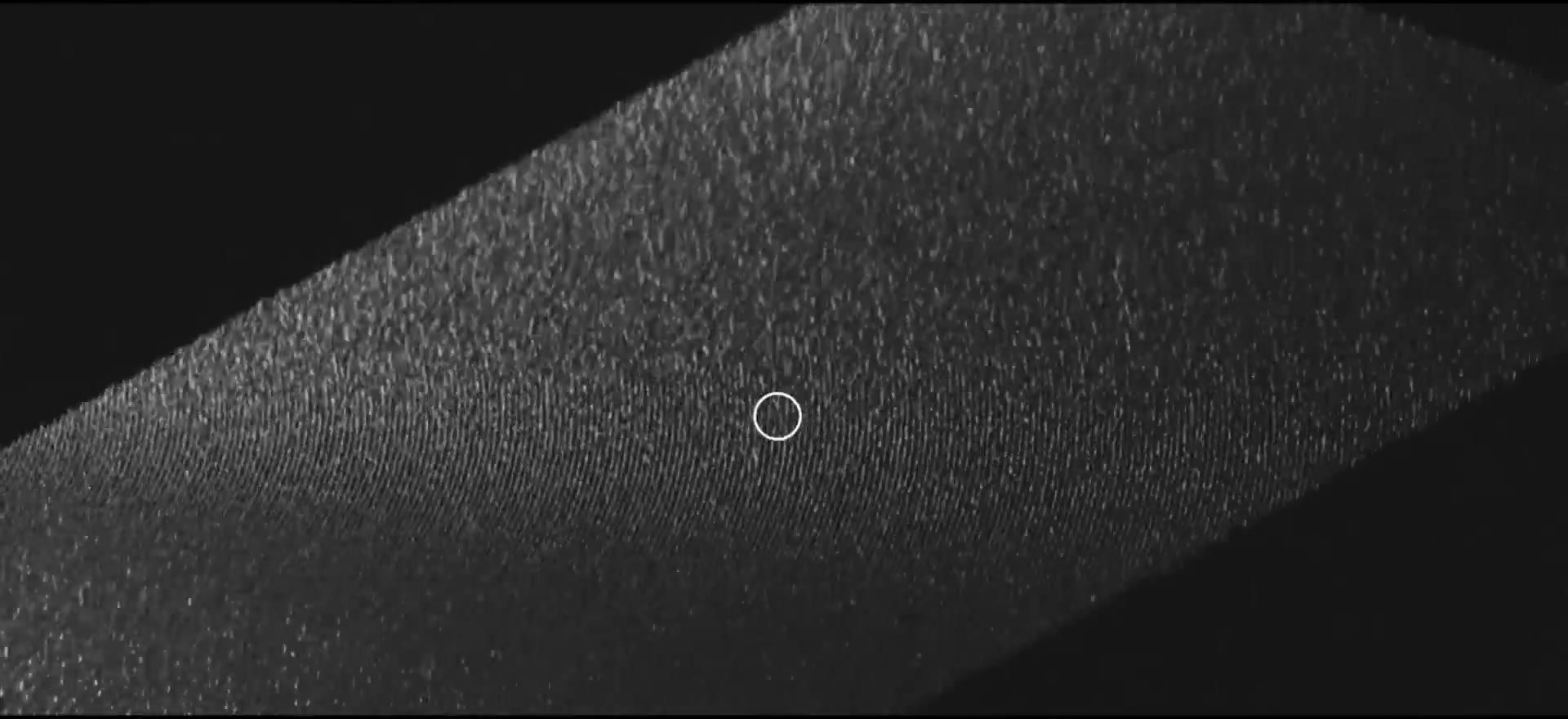
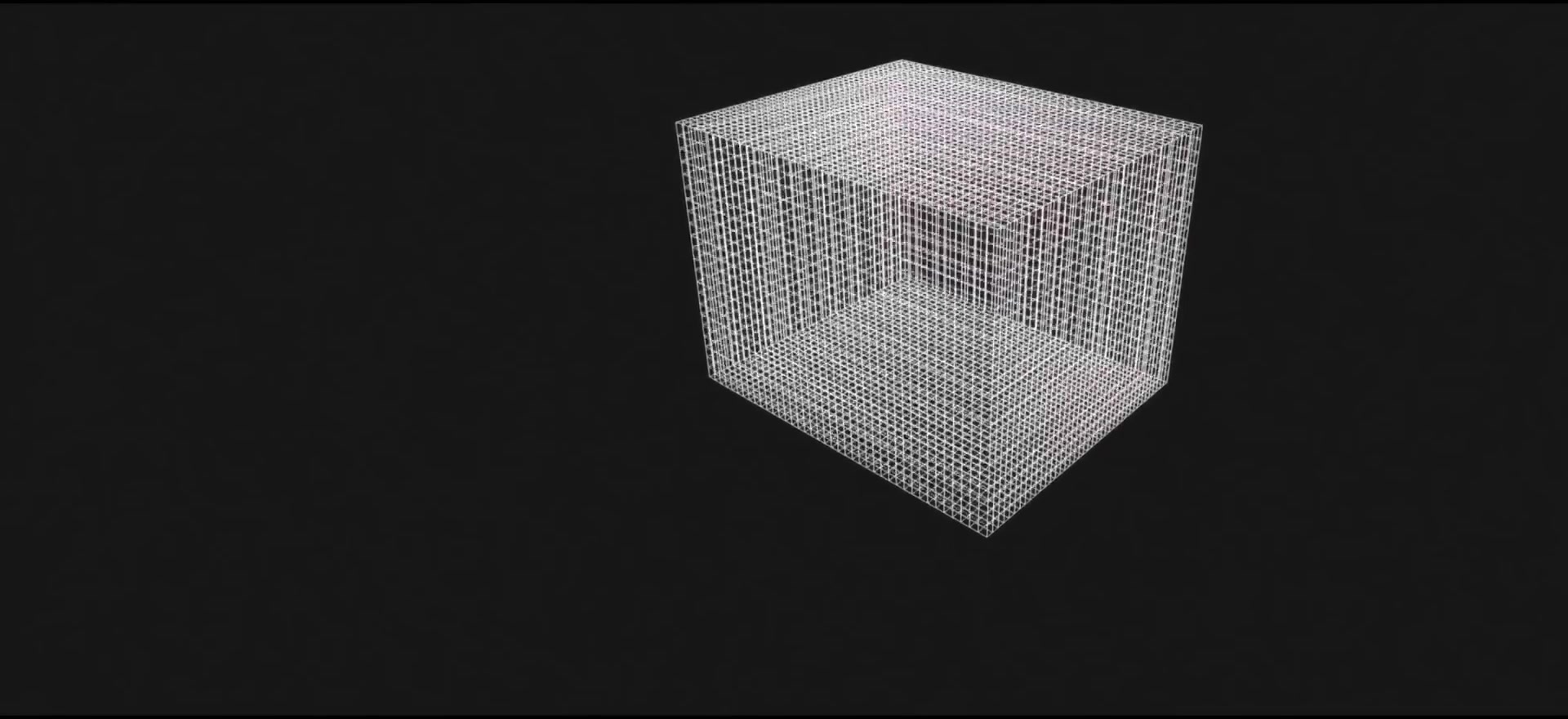
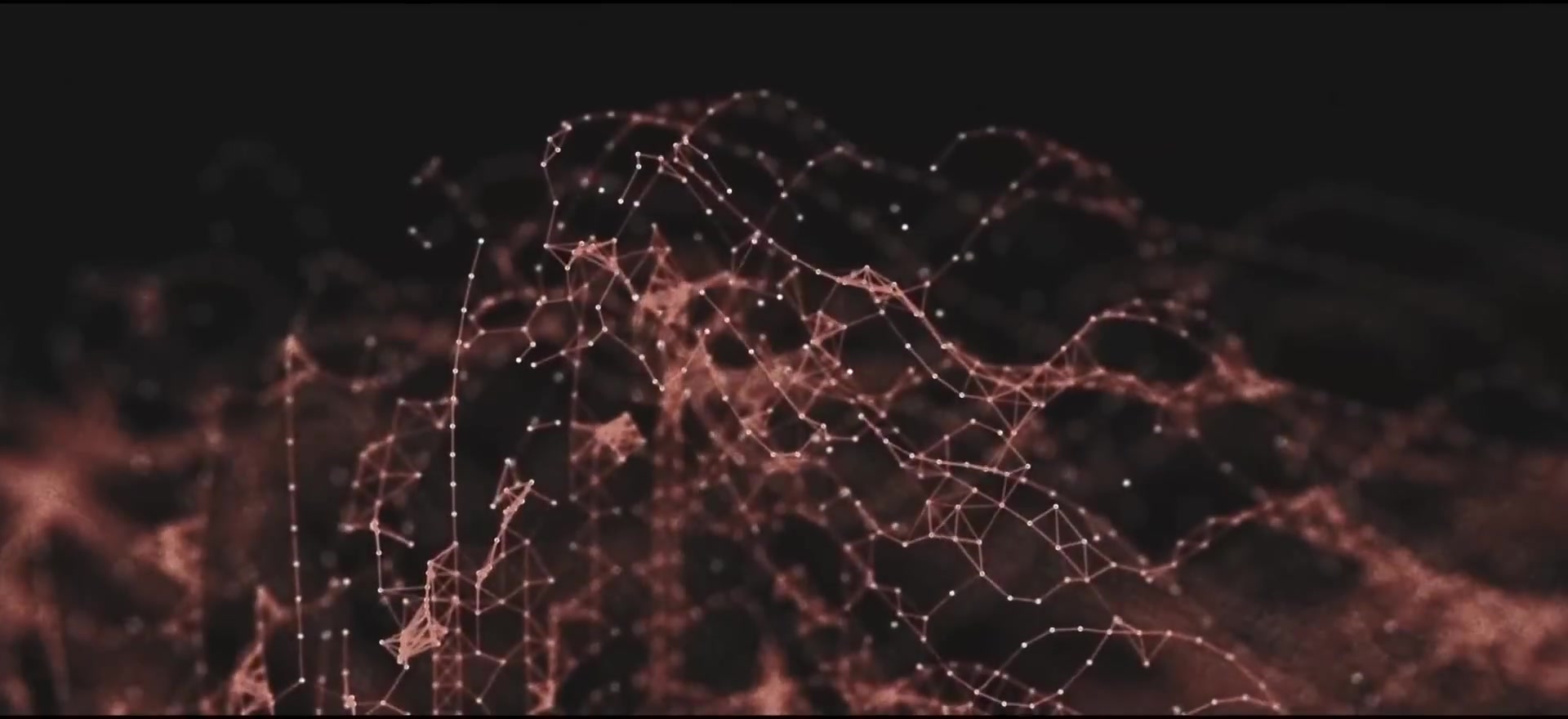
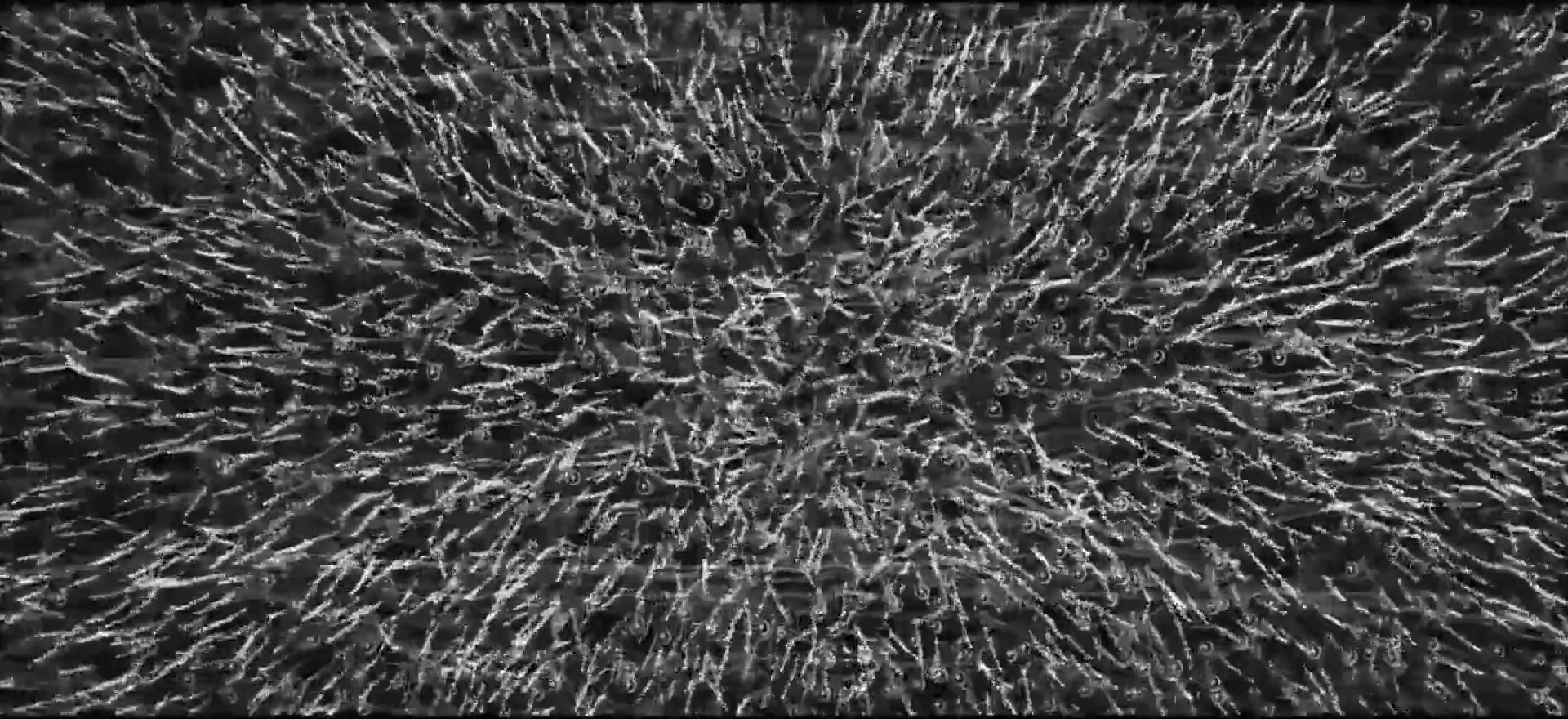
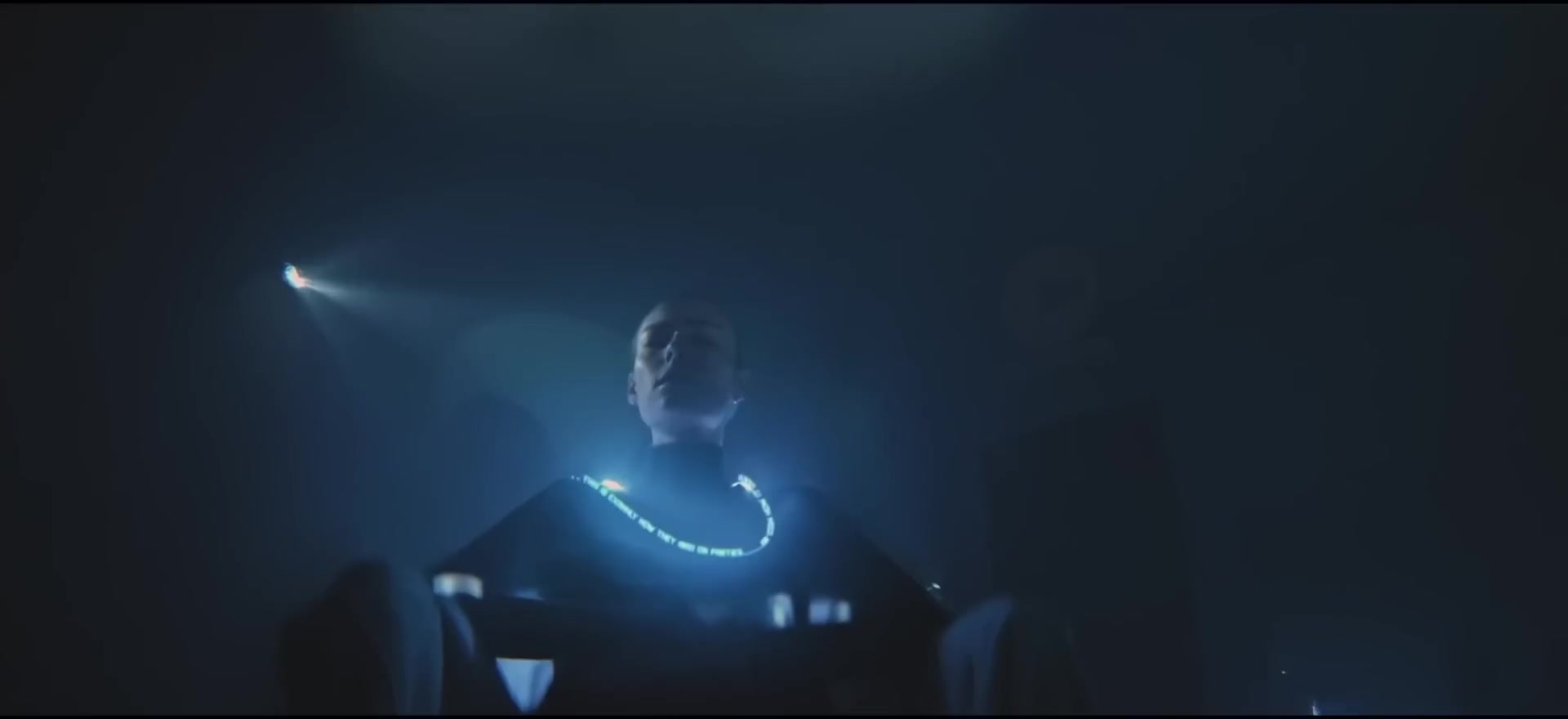
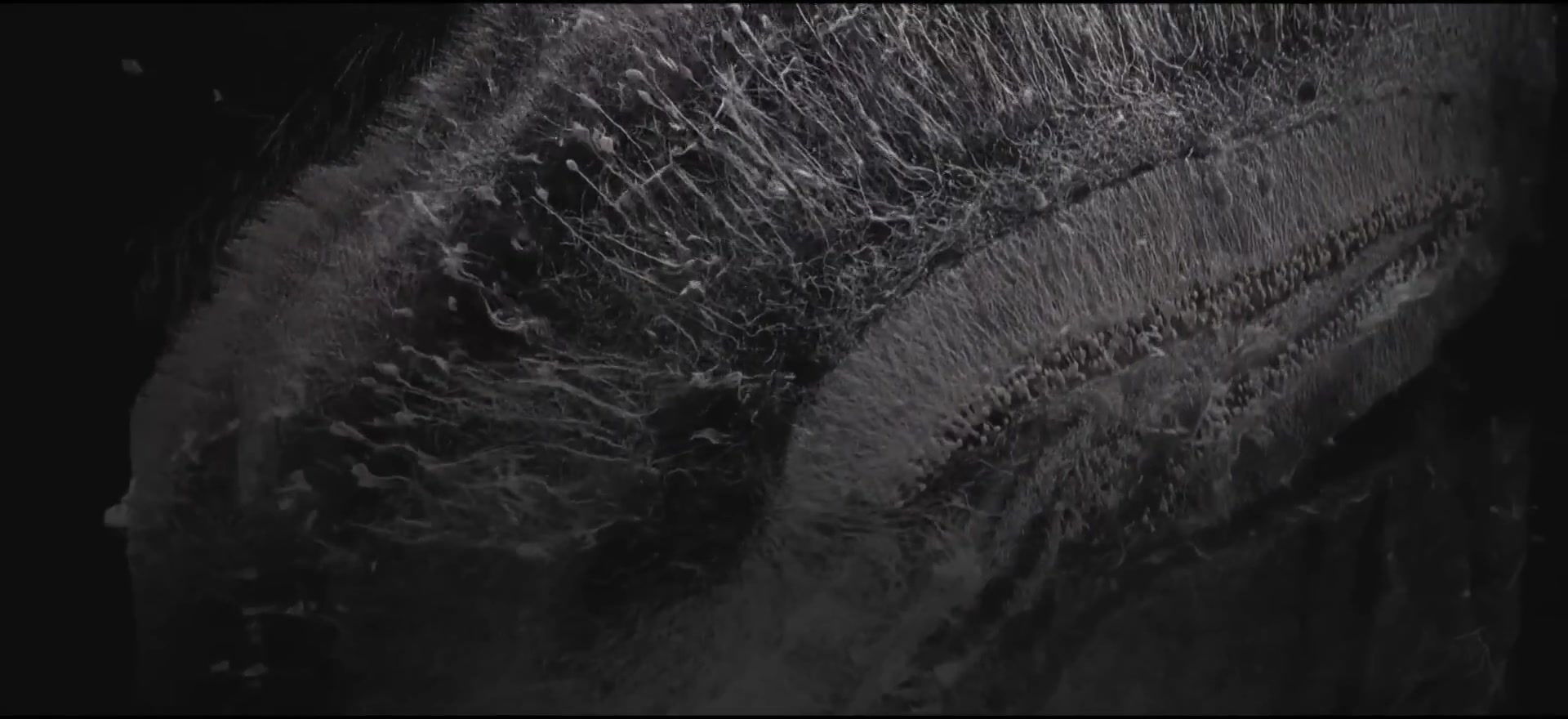






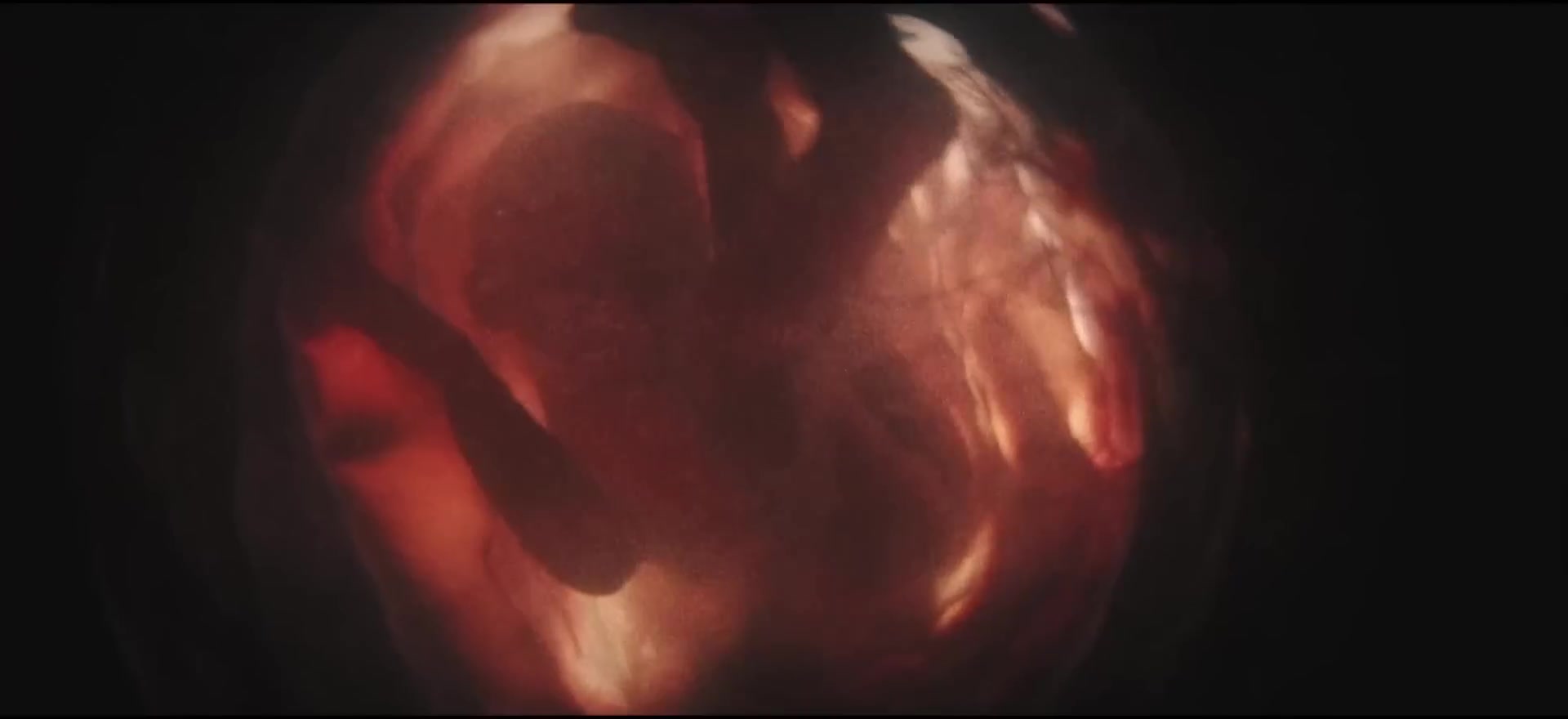
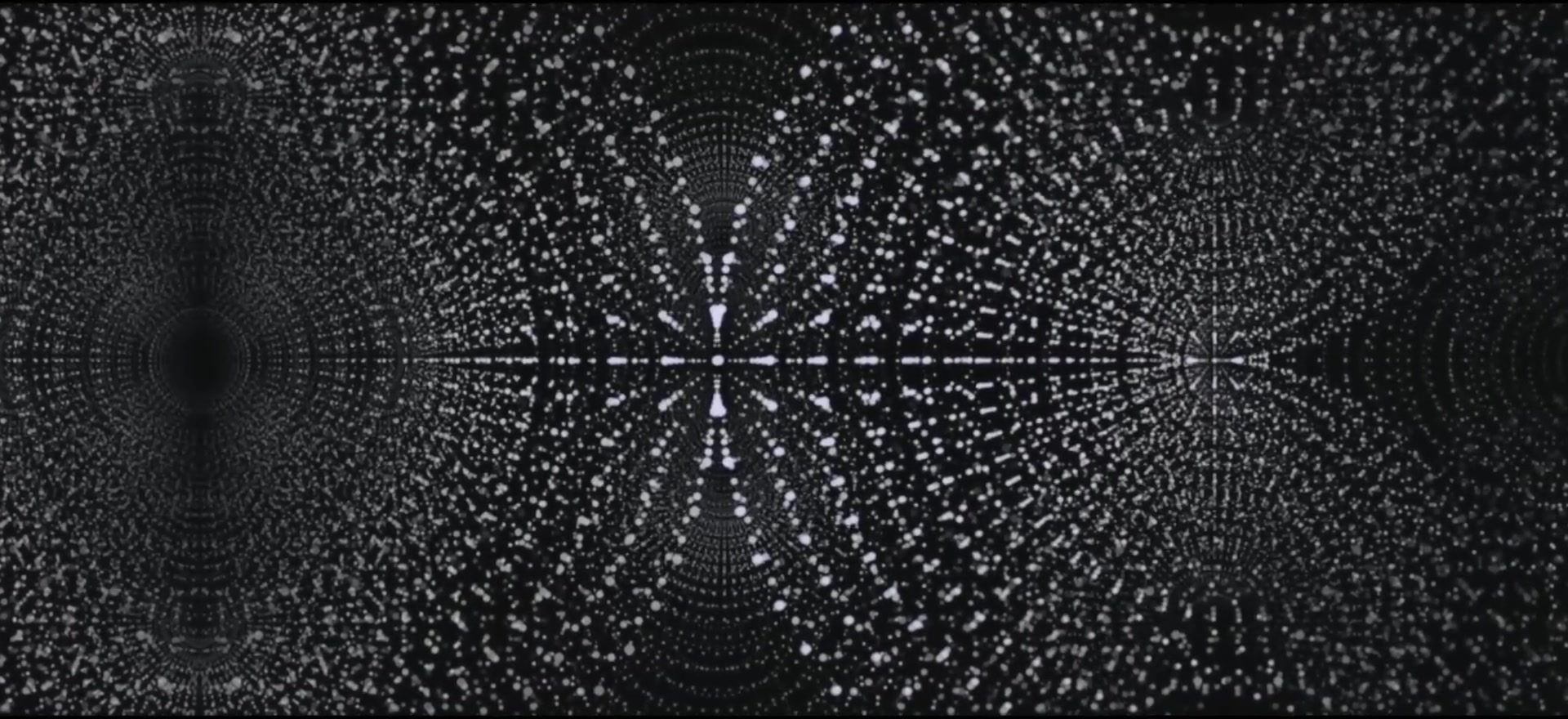
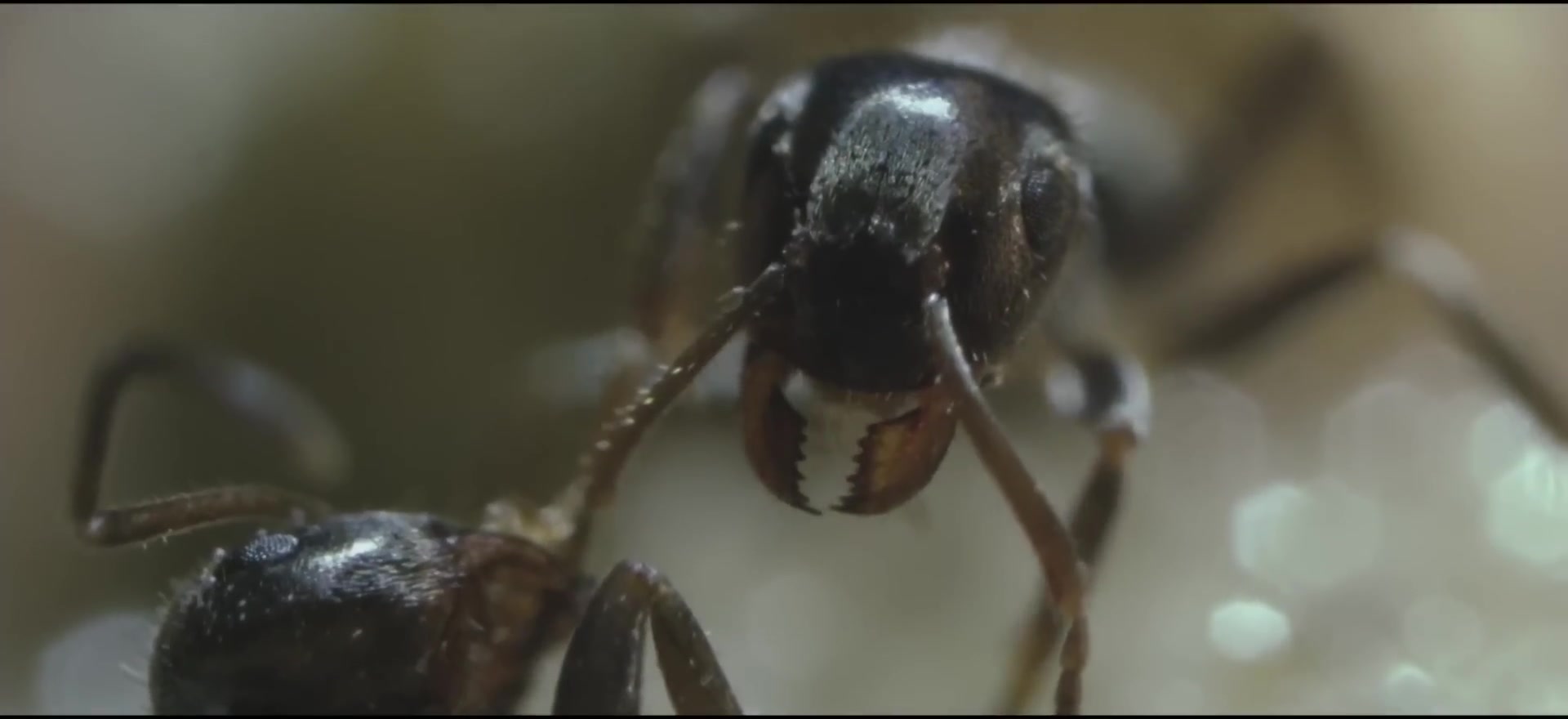
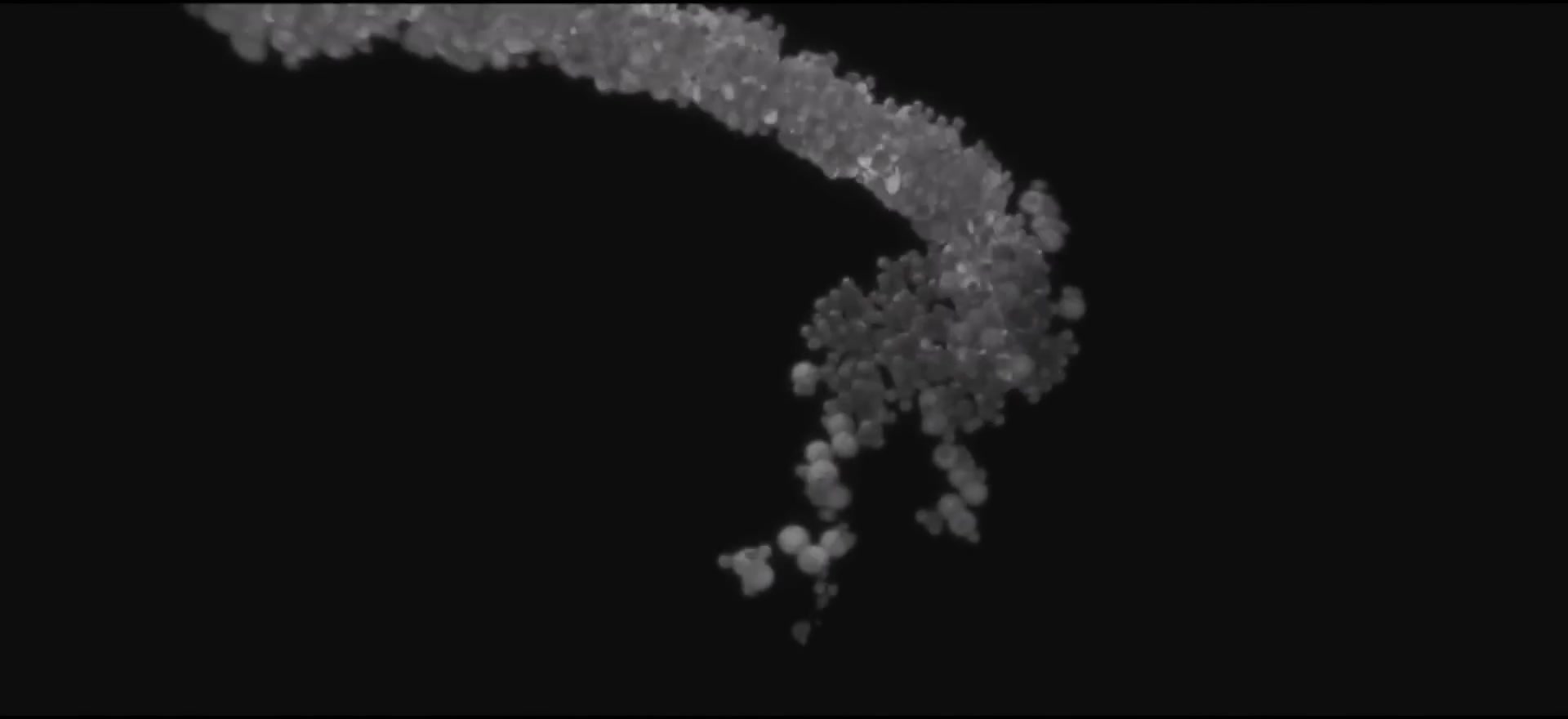
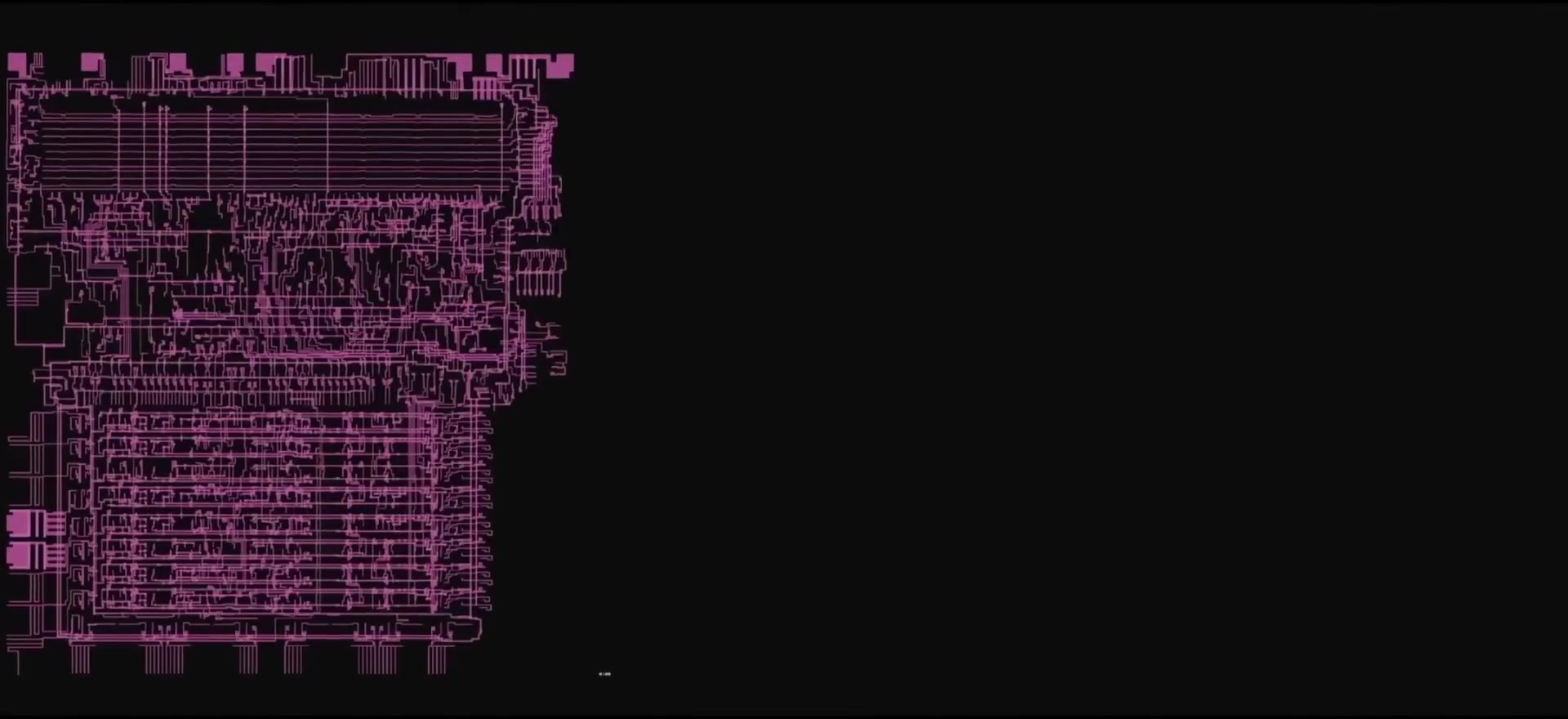





00:01 - 00:05
The journey begins with the most fundamental questions of existence. These three core concepts establish the basic framework upon which all of reality is built - from the simplest distinction to the emergence of connection and causality.
Existence vs Non-Existence
The fundamental distinction - there/not there
The simplest possible concept - a point that can either exist ("there") or not exist ("not there"). This fundamental distinction between existence and non-existence forms the foundation for all complexity that follows. Without this basic binary state, no information, no structure, and no universe would be possible. It represents the most basic form of distinction in reality.






Space and Time
Movement, Continuity, and Fundamental Questions
For continuous movement to occur, the universe requires both time and space working together. The first spatial freedom allows positioning ("here, here, or here"), while time enables change between states. When viewpoints shift, initial symmetry breaks, revealing that what objects look like depends fundamentally on the observer's perspective. This establishes the spacetime framework essential for all future complexity while raising the profound question: why is there something instead of nothing?


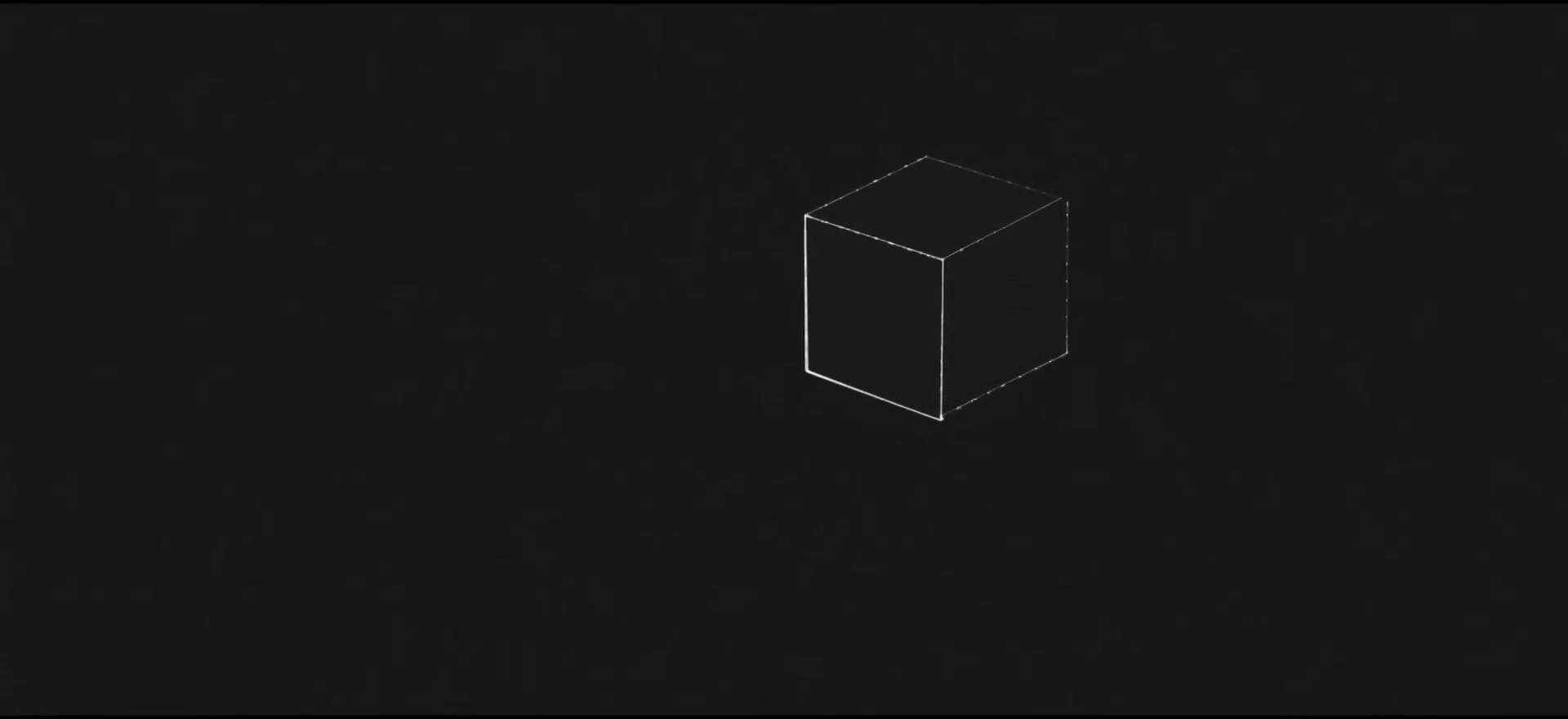
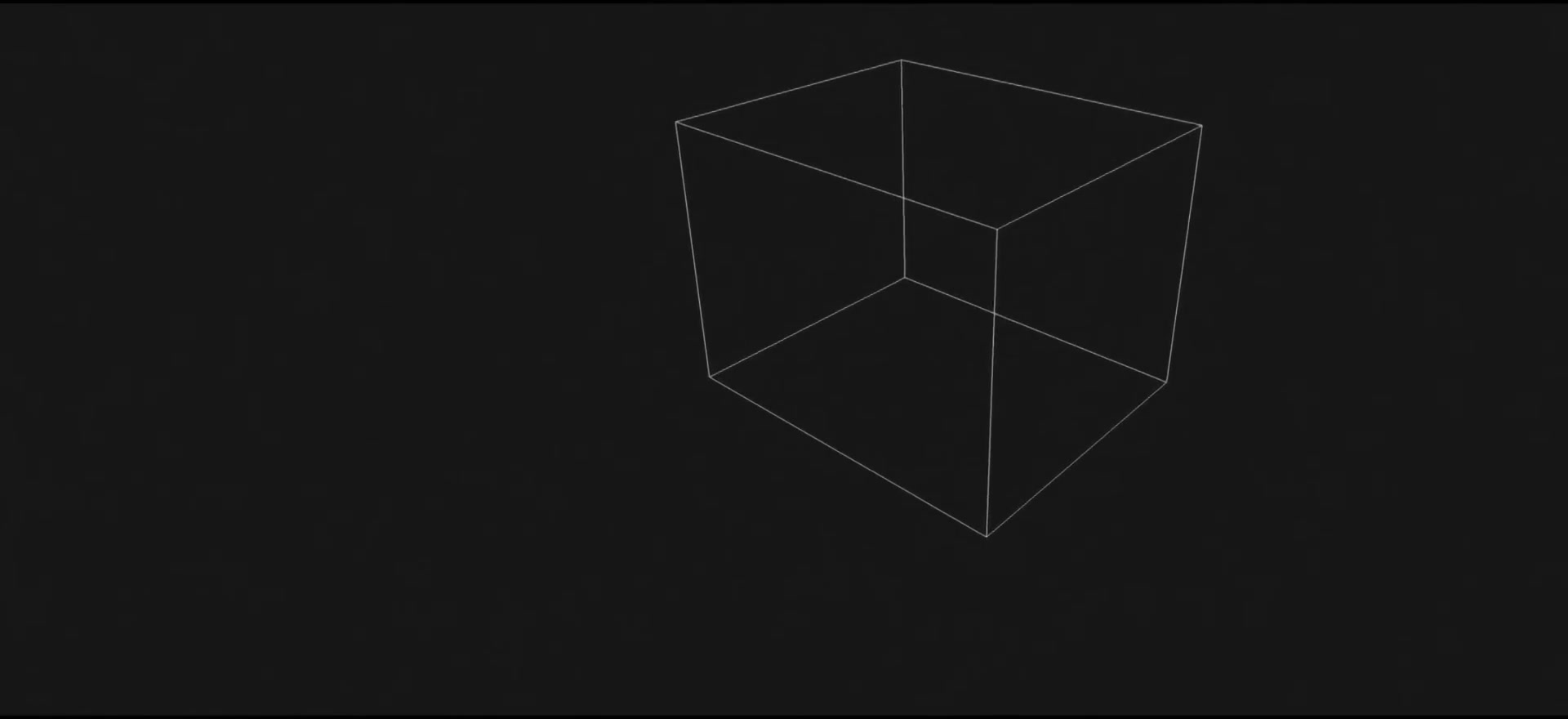
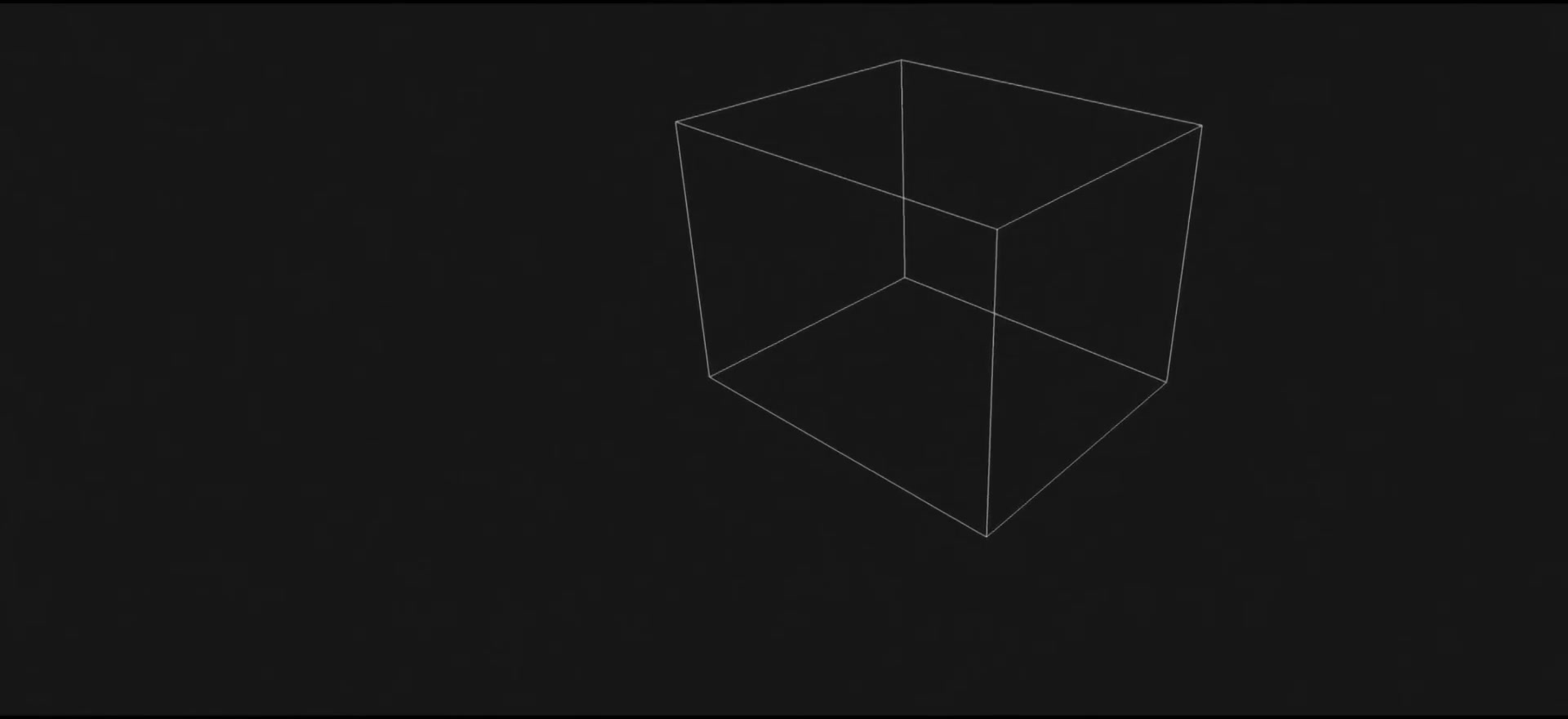





Perspective and Connection
From Isolation to Causality
Points swinging in isolation create only noise with no communication. Adding links enables movement to pass between neighbors, creating the first space where cause and effect work. This establishes past, present, and future, allowing structured objects like cubes to form. The addition of connections transforms chaos into ordered causality, setting the stage for complex information transfer and structured reality.
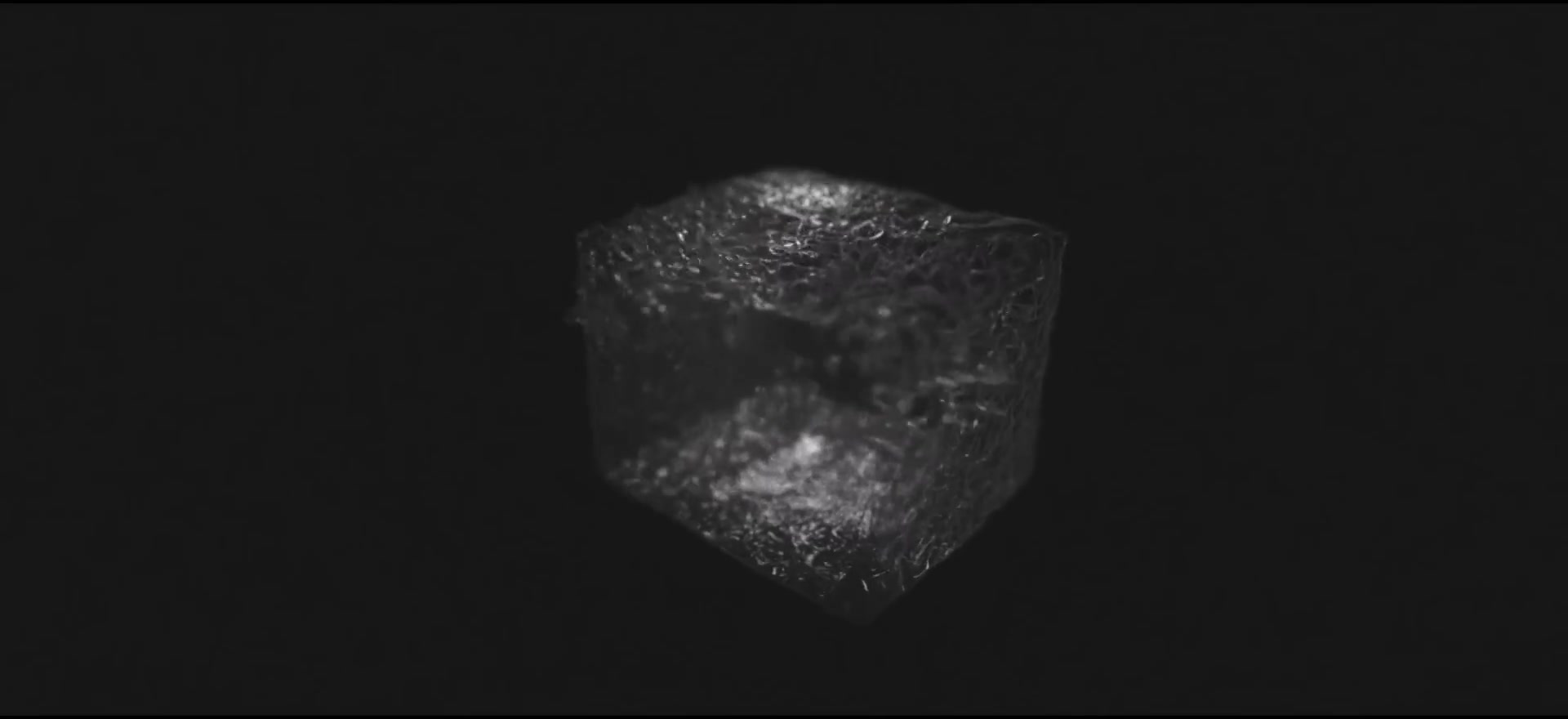
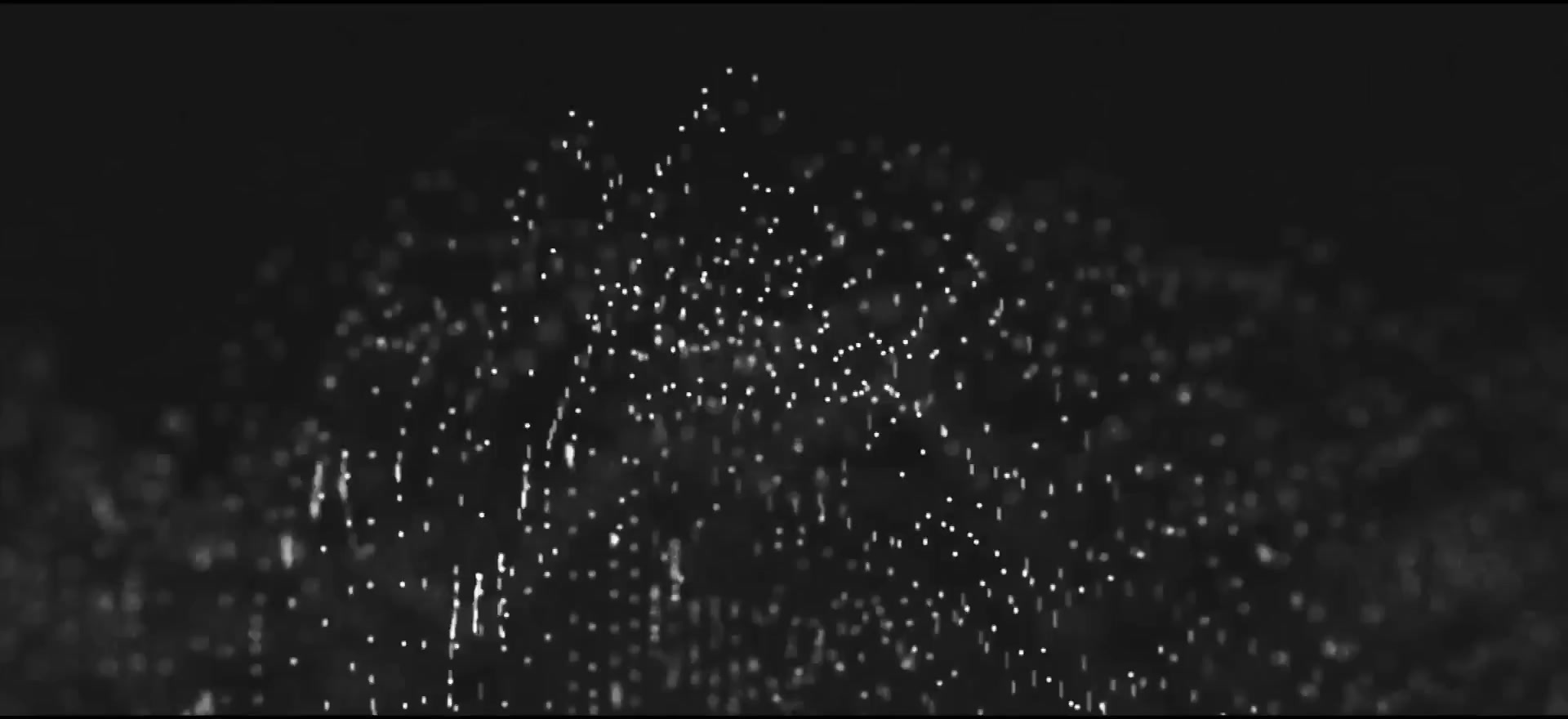

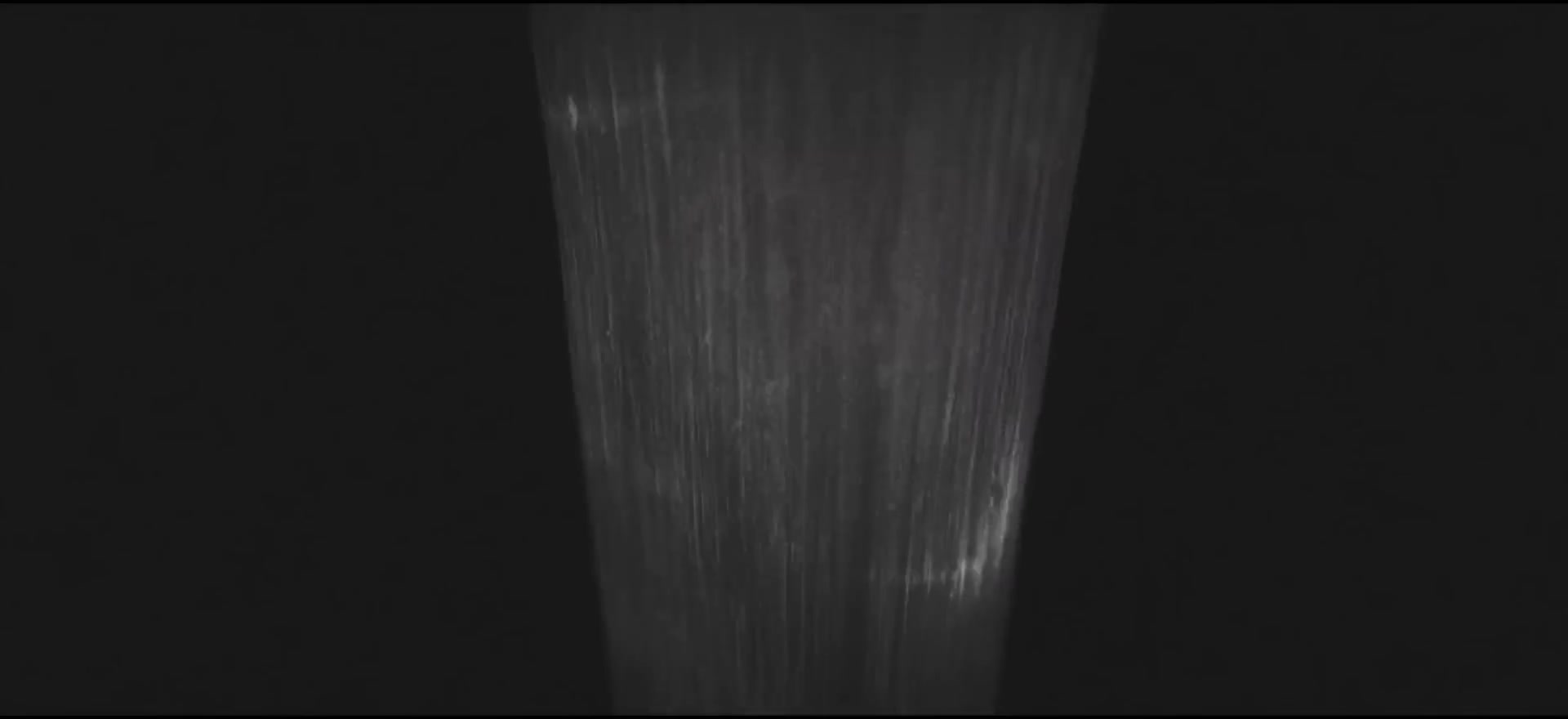




00:05 - 00:22
With our philosophical foundation established, we witness the explosive birth of physical reality. The Big Bang and its immediate aftermath create the fundamental forces and particles that will build everything we know.
Big Bang and Inflation
Universe birth and rapid expansion
The very beginning - infinite energy at outrageous temperatures. SpaceTime itself begins to wrinkle and expand. Gravitational waves separate from the primordial unity, followed by the emergence of the Higgs boson - the fundamental field that gives mass to all particles. The cosmic inflation event begins, exponentially expanding the universe and creating the foundation of all matter and energy.
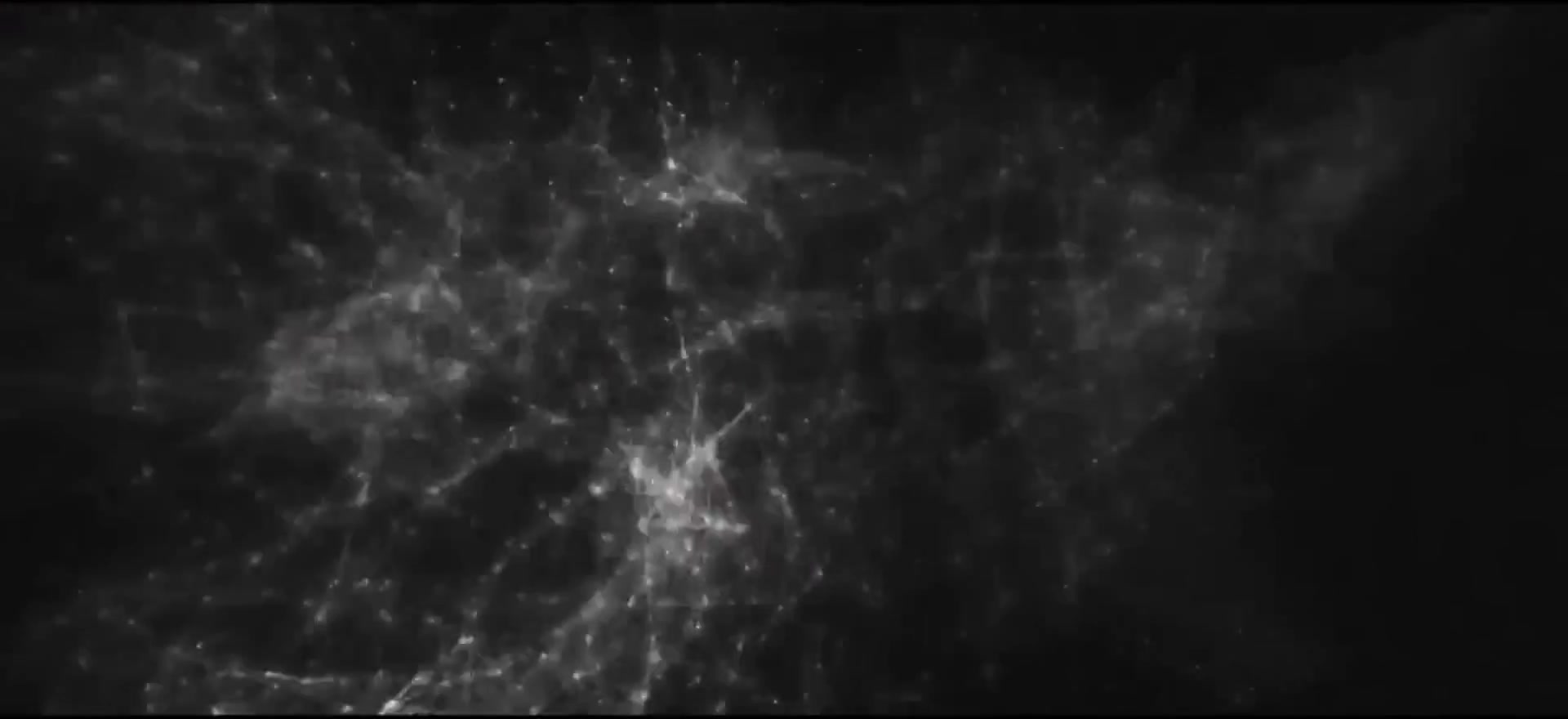
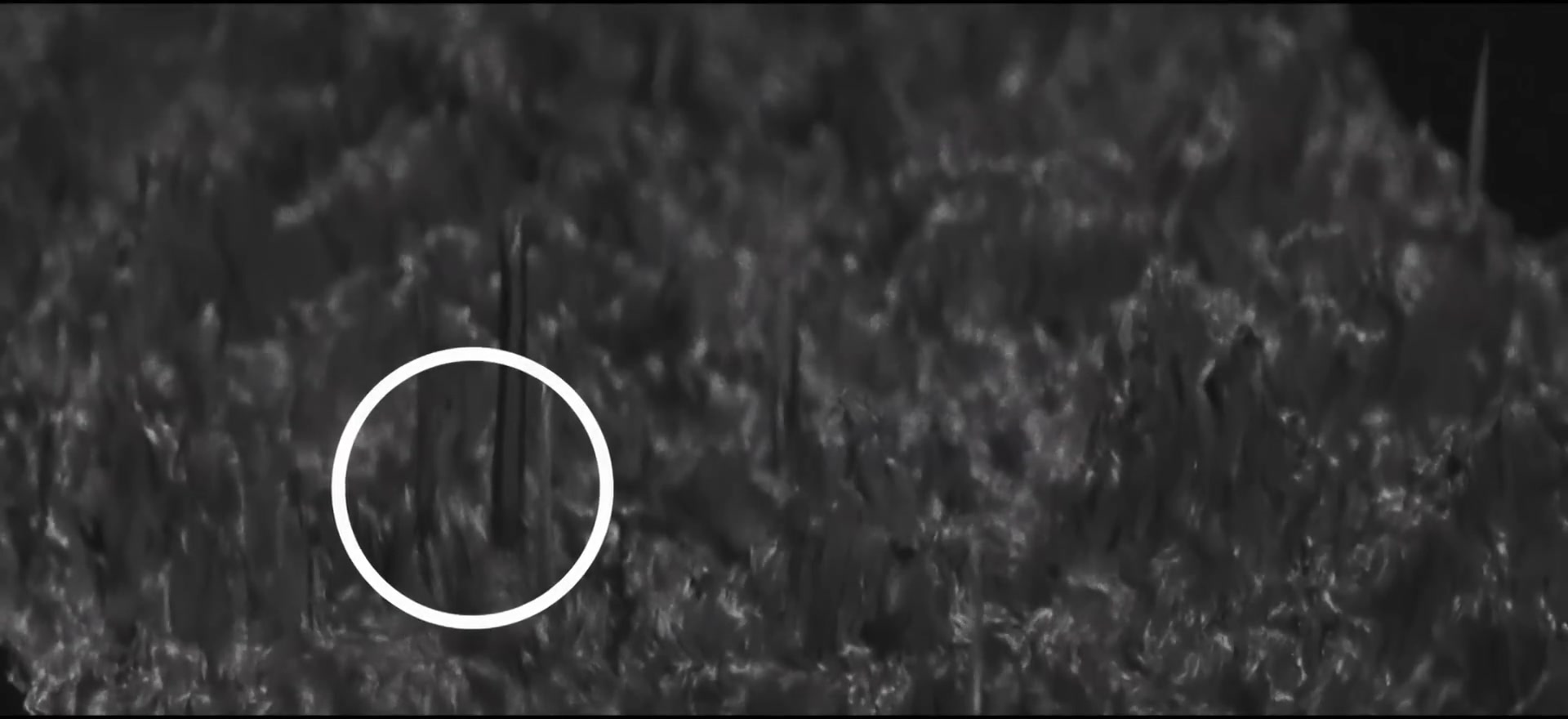

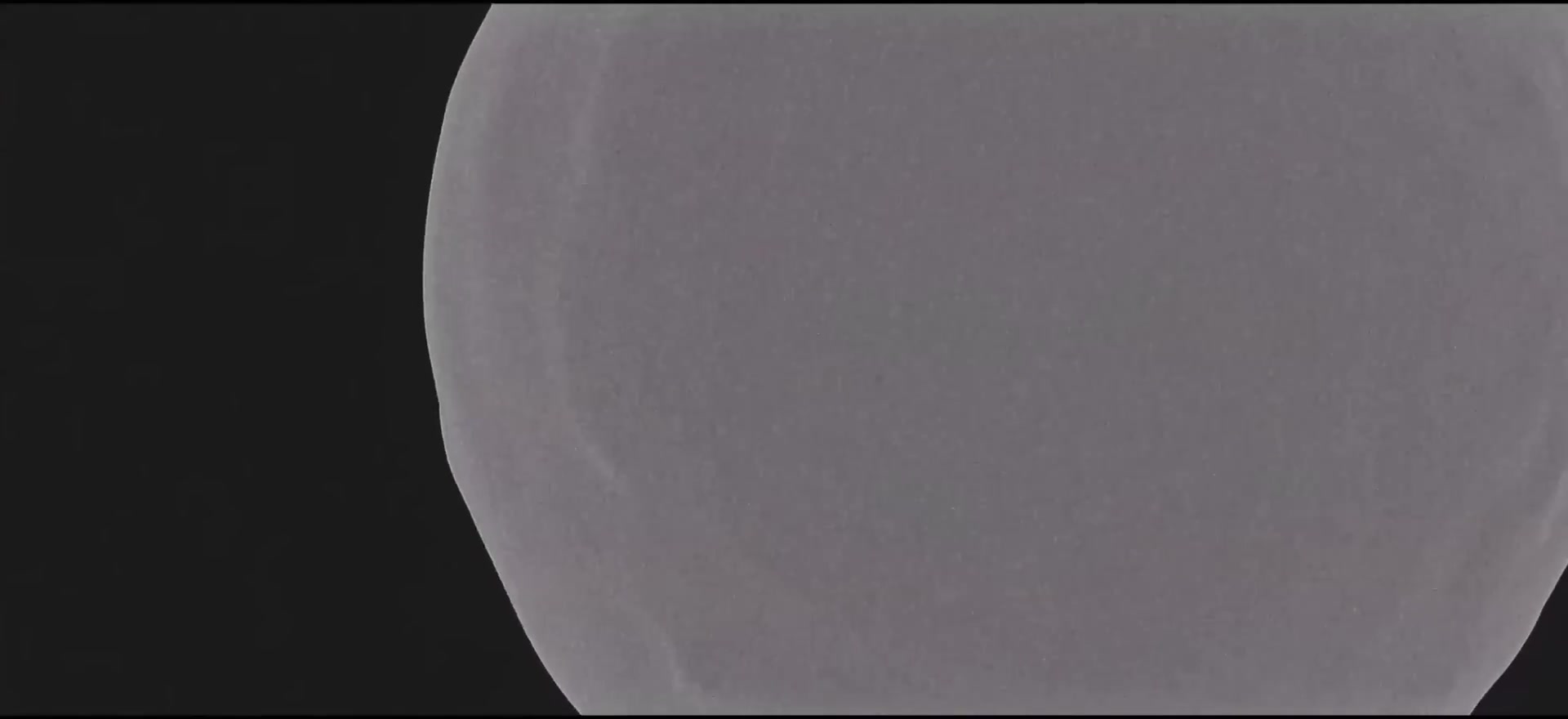
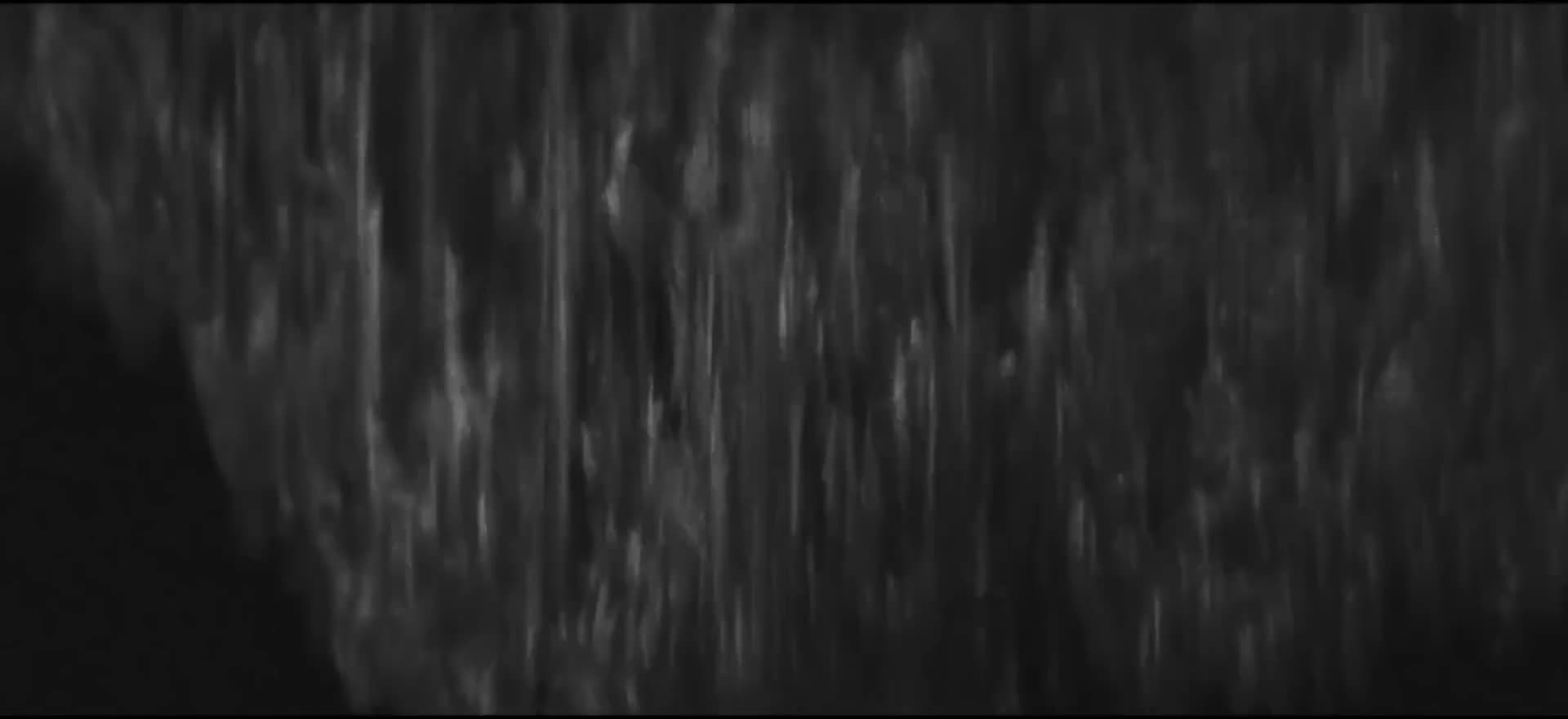





Fundamental Forces
Spacetime wrinkles and first particle fields
As the universe cools from its initial infinite energy state, spacetime itself begins to wrinkle and develop structure. The first quarks emerge among the gluon fields, held together by the strong nuclear force. Photons and weak bosons appear as the electromagnetic and weak forces separate. Finally, electrons and positrons emerge from the quantum foam, completing the fundamental particle zoo that will build everything we know.
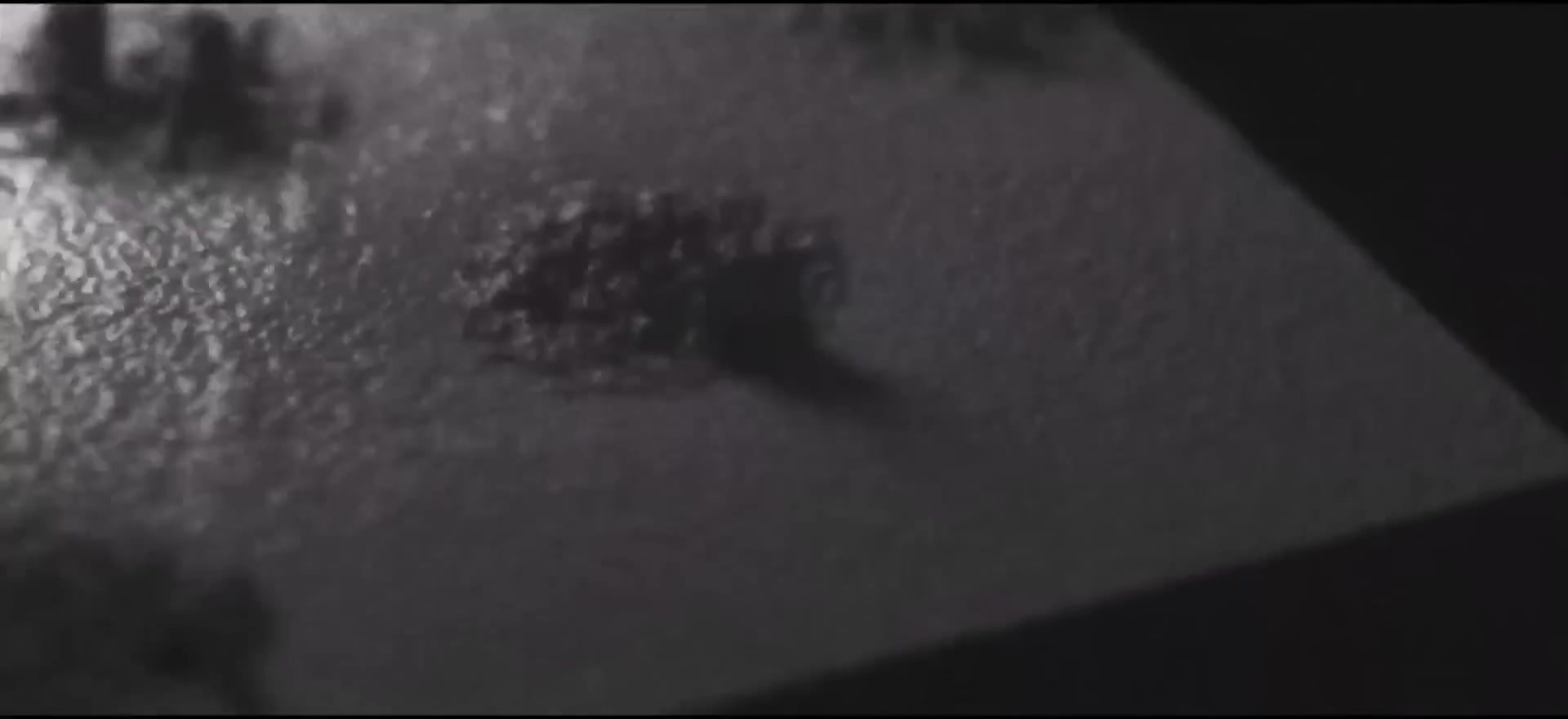
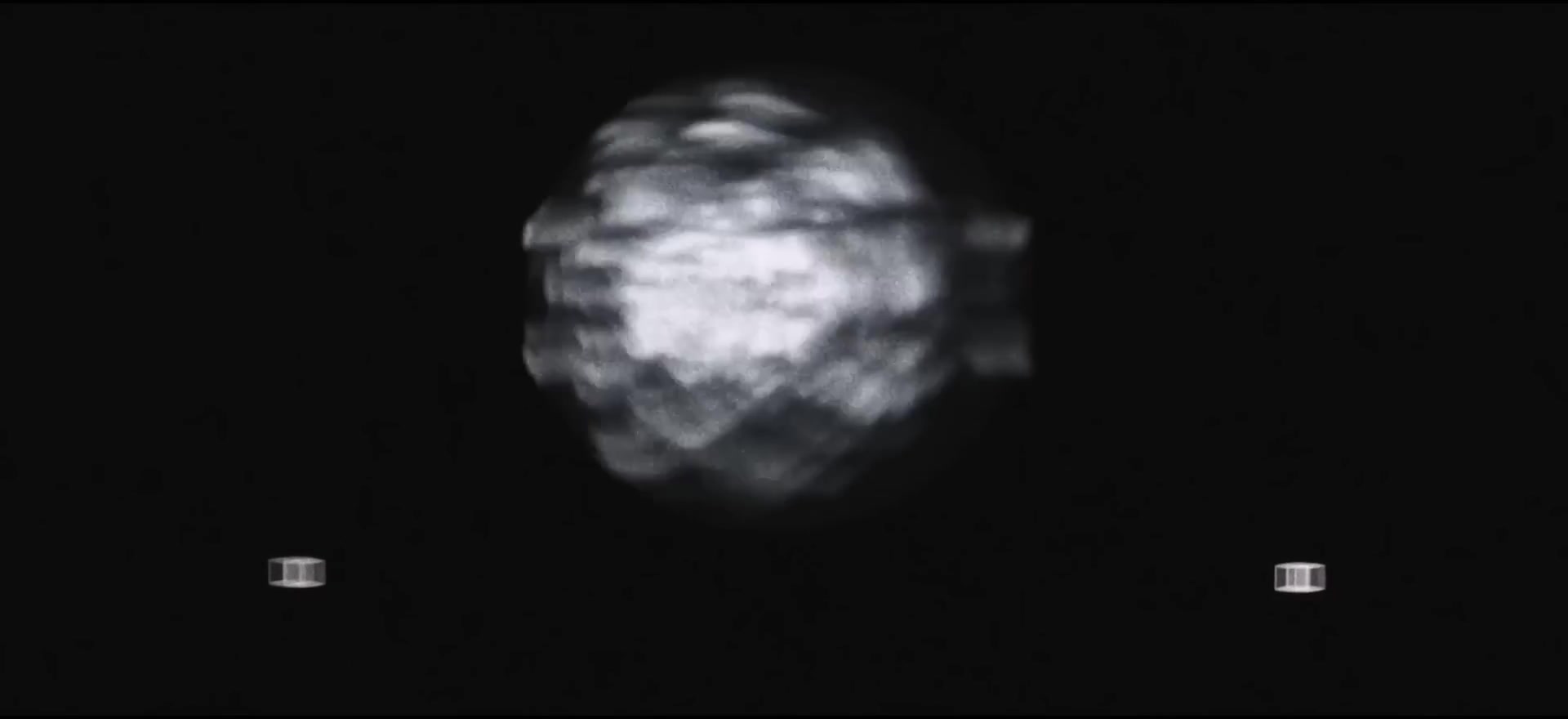

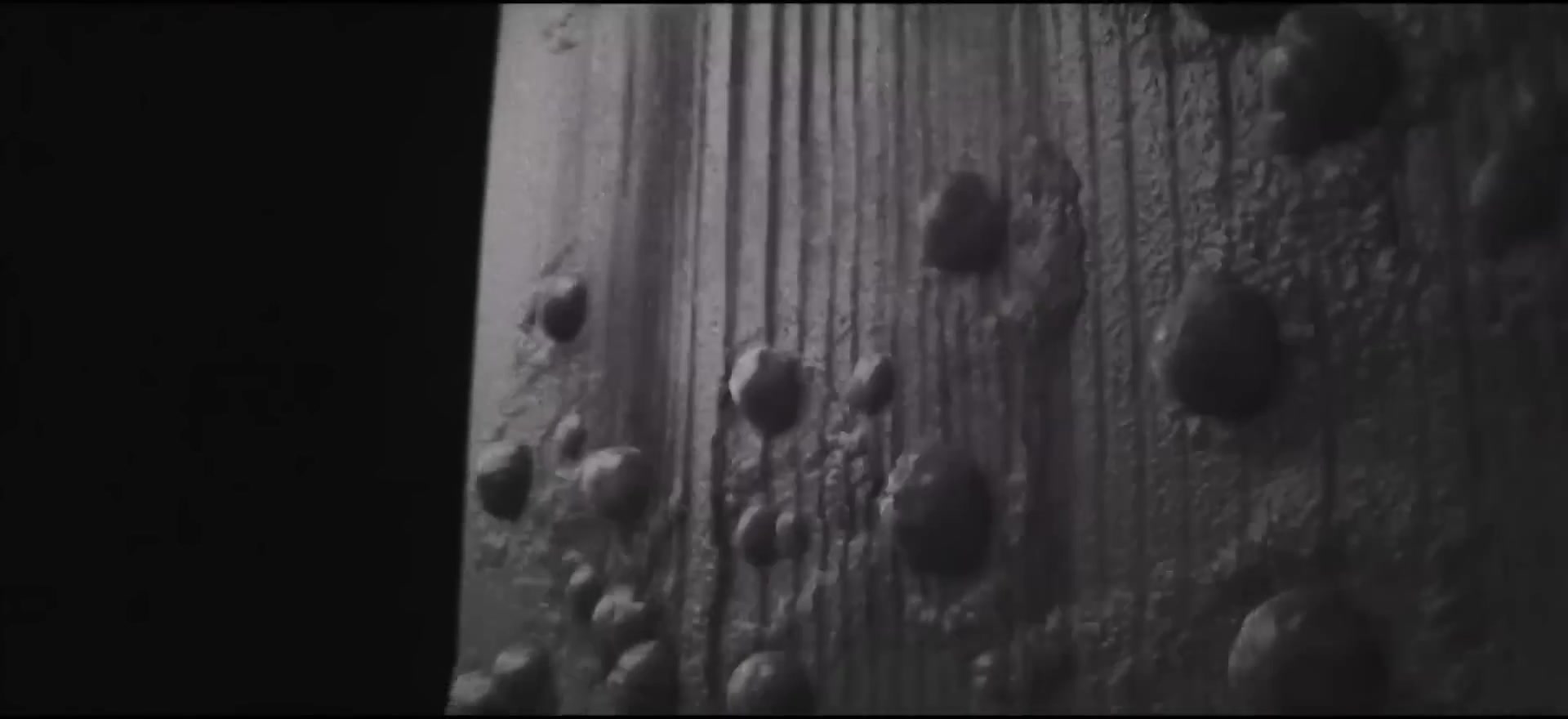
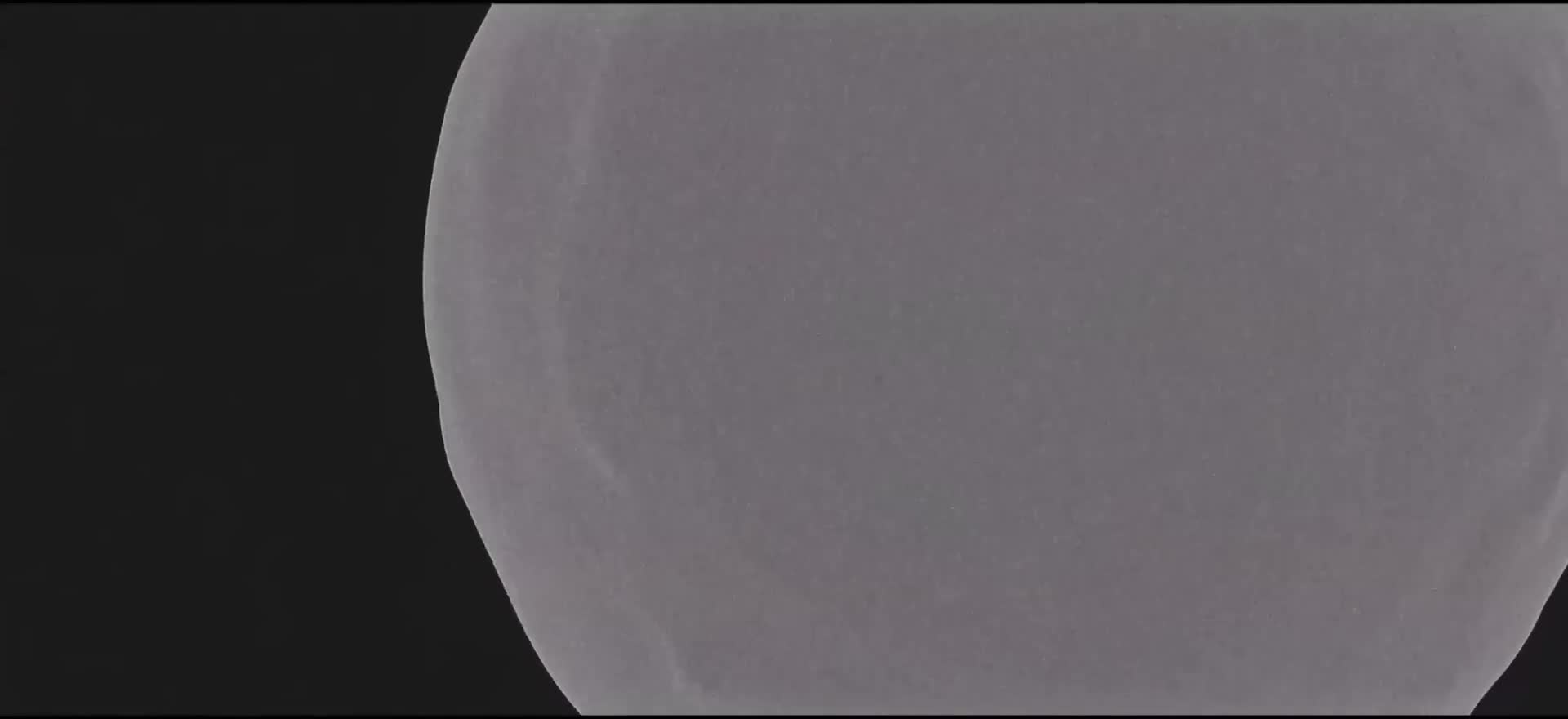





Particle Formation
Quarks, electrons, protons, neutrons
Quarks become bound together by the incredibly strong gluon forces, creating the first composite particles. These quarks organize into protons and neutrons through the fundamental strong force. As the universe continues to cool, these balls of concentrated energy begin to stabilize, forming the first stable clusters of matter that will eventually become the building blocks of atoms.
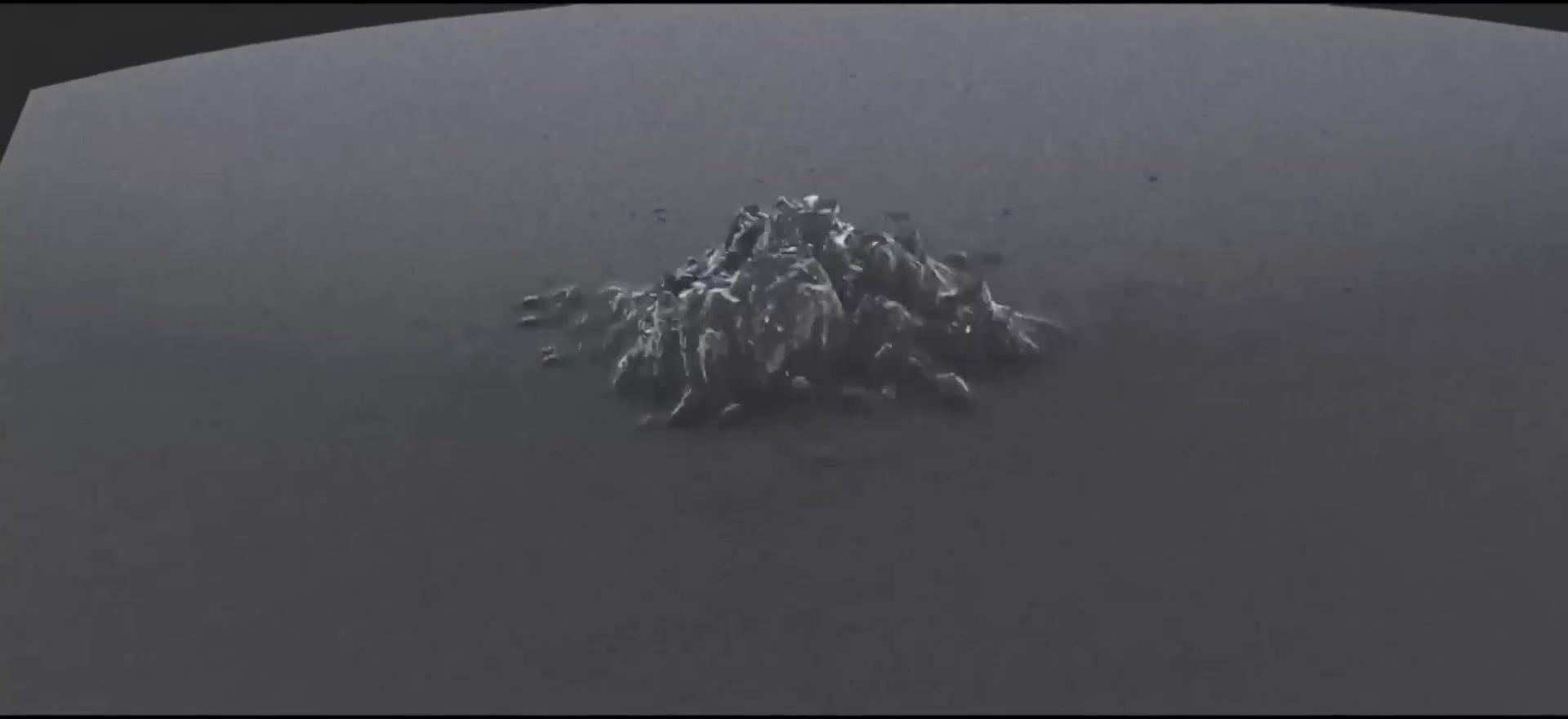
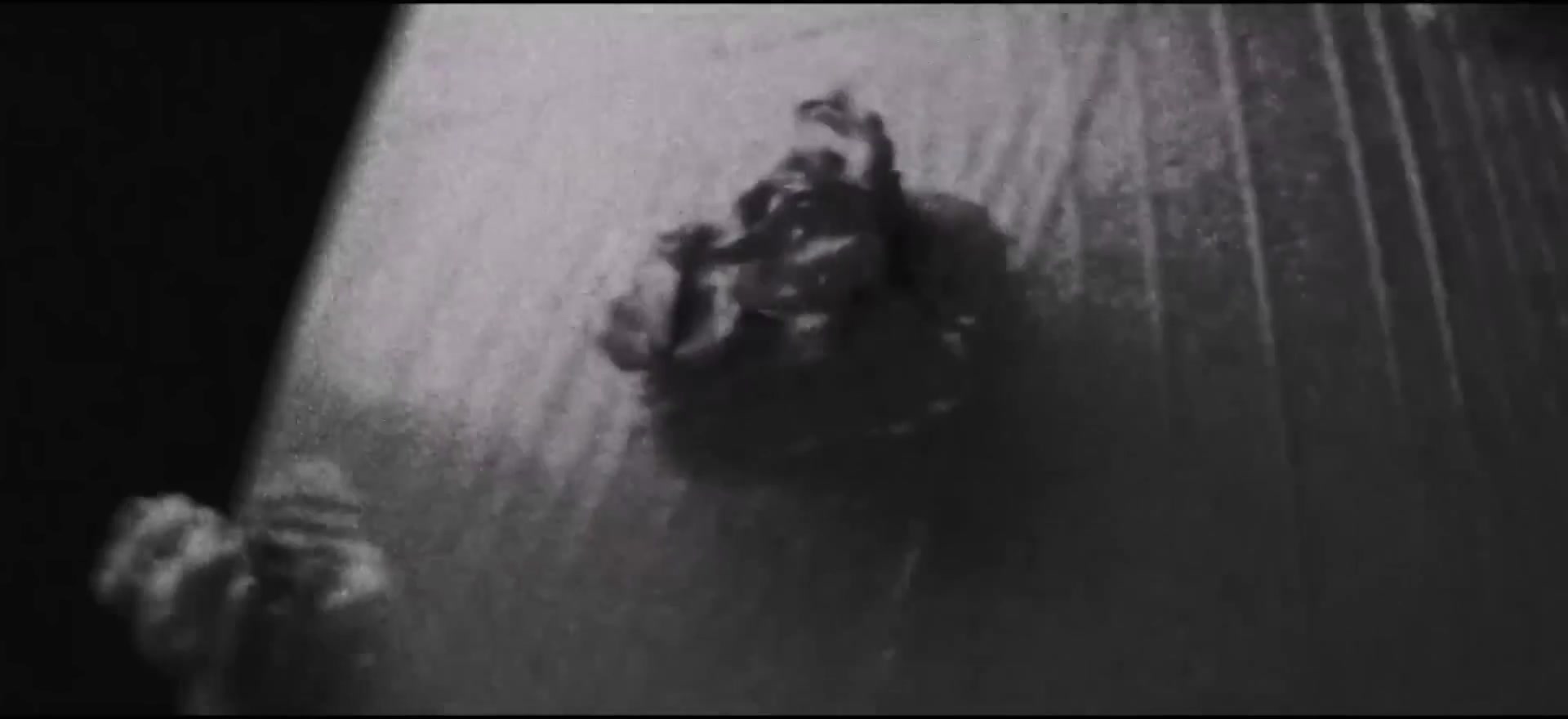

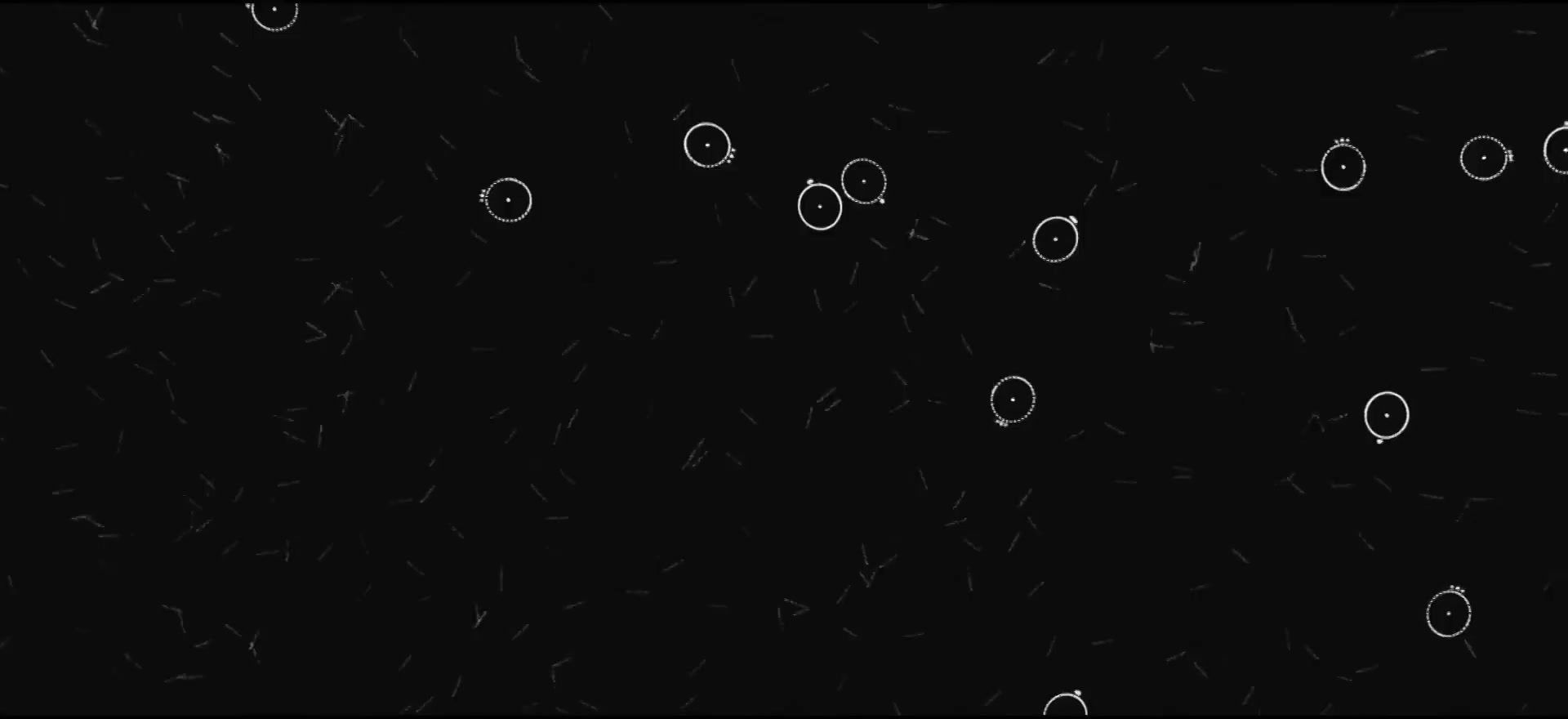
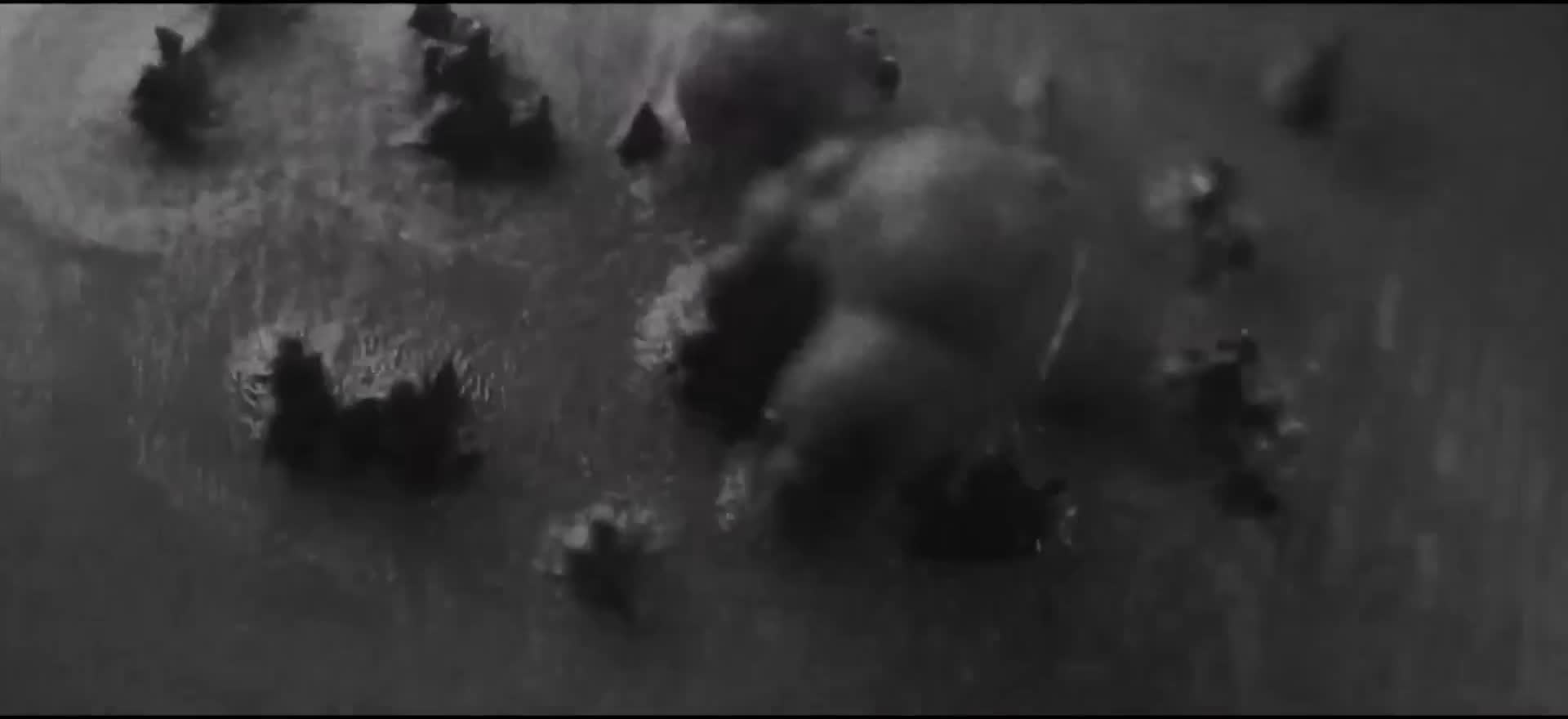





Atomic Assembly
Hydrogen formation and "Let there be light"
Electrons cling to the energy balls of nuclei, forming stable clusters. The first hydrogen atoms are complete - the universe's first stable bound structures. As the universe cools to the right temperature, photons shoot in all directions, no longer trapped by the dense plasma. This cosmic moment marks the birth of light itself - the universe becomes transparent for the first time, and the cosmic microwave background radiation begins its journey across space.
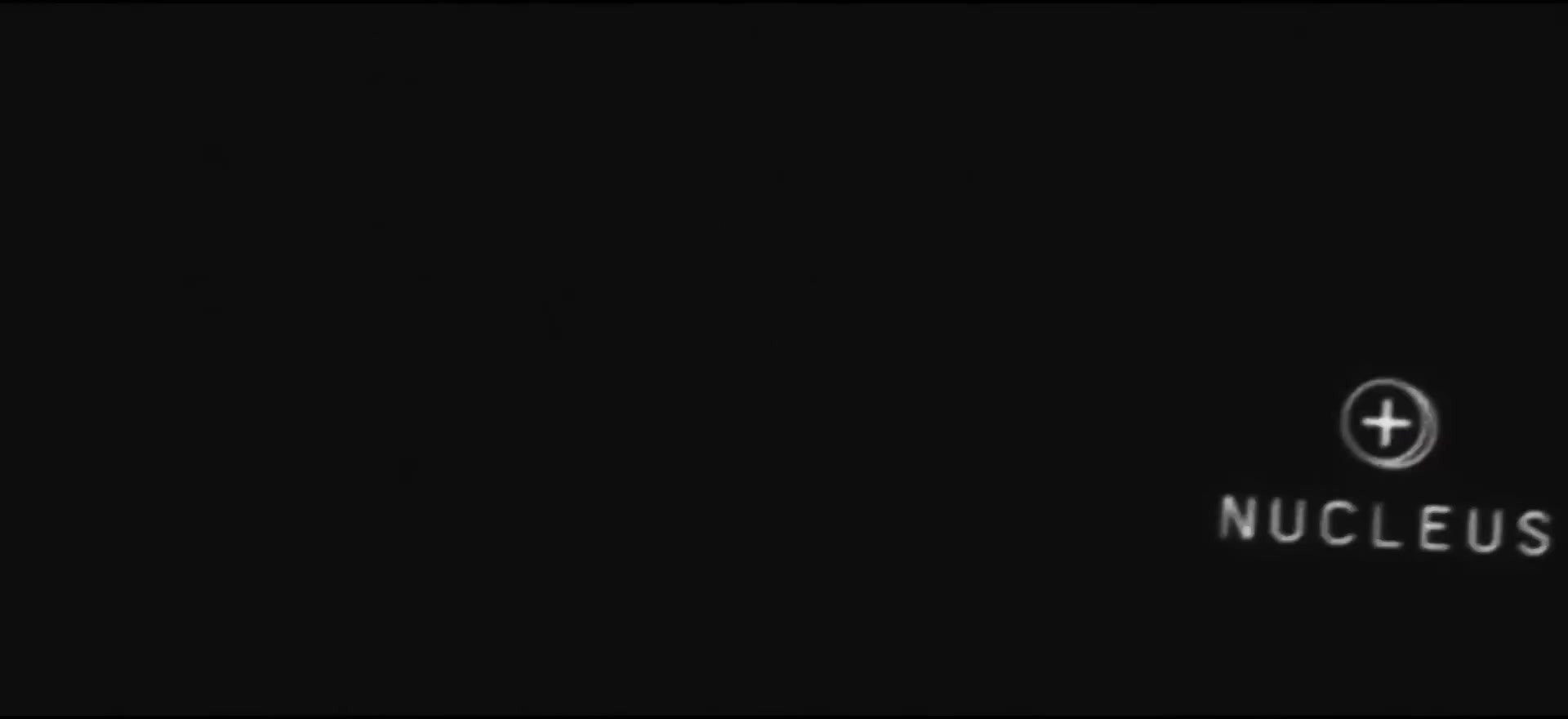
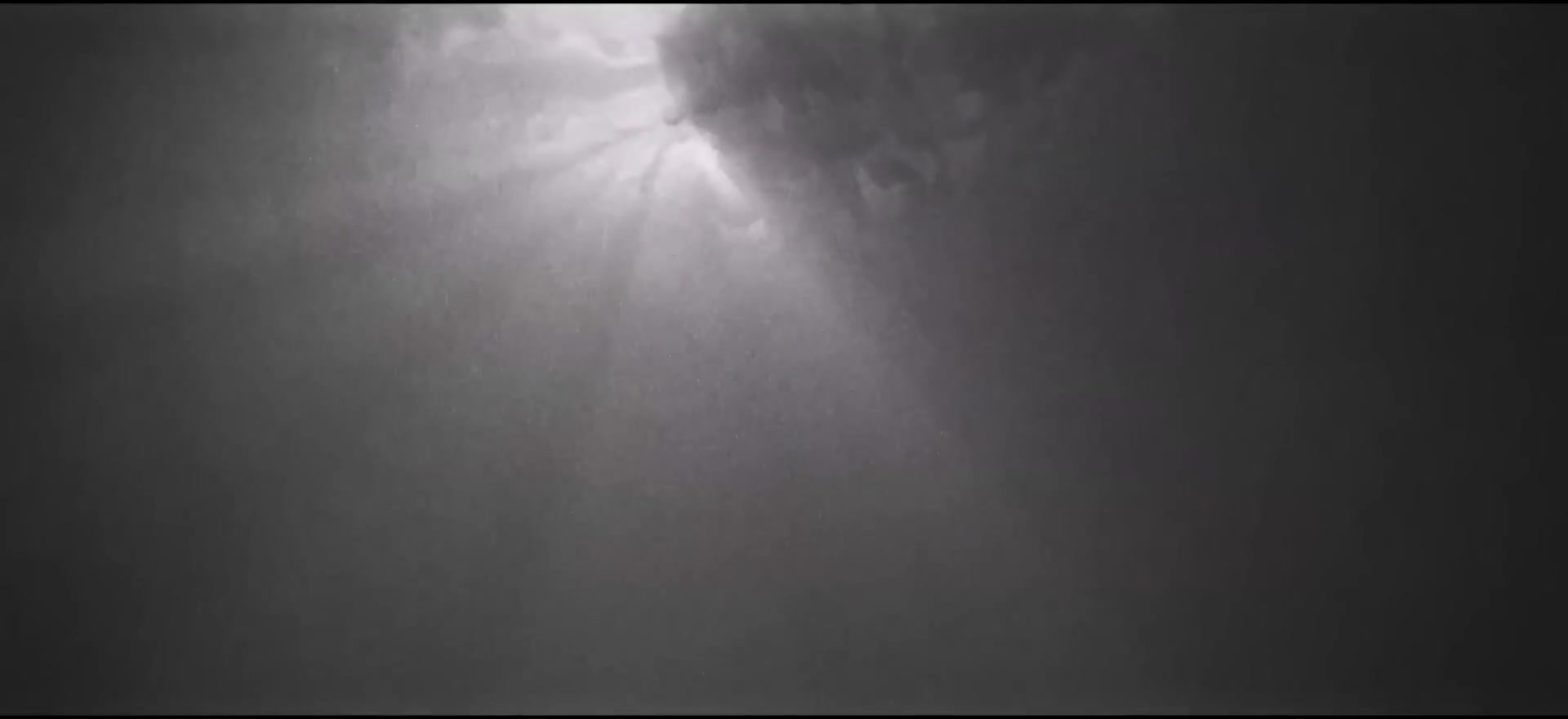

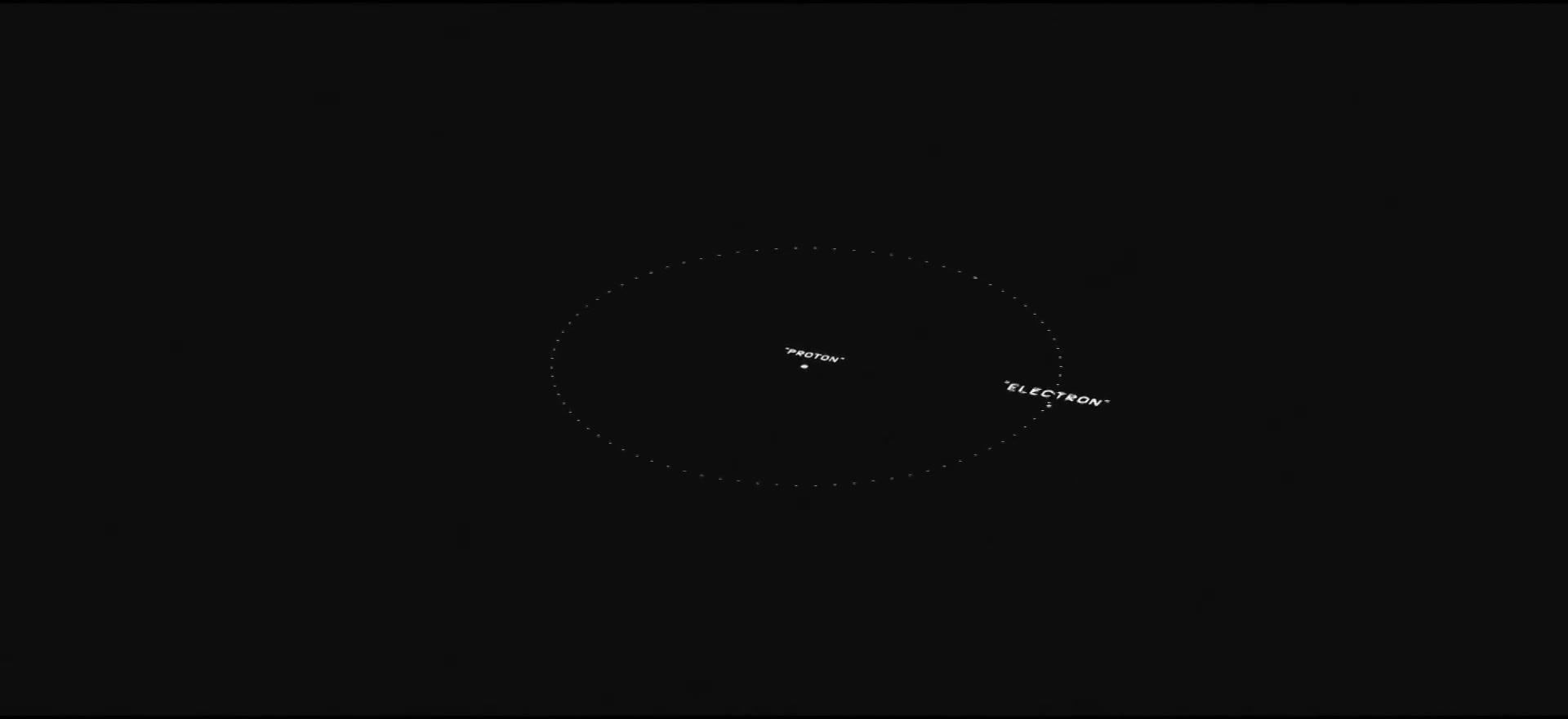
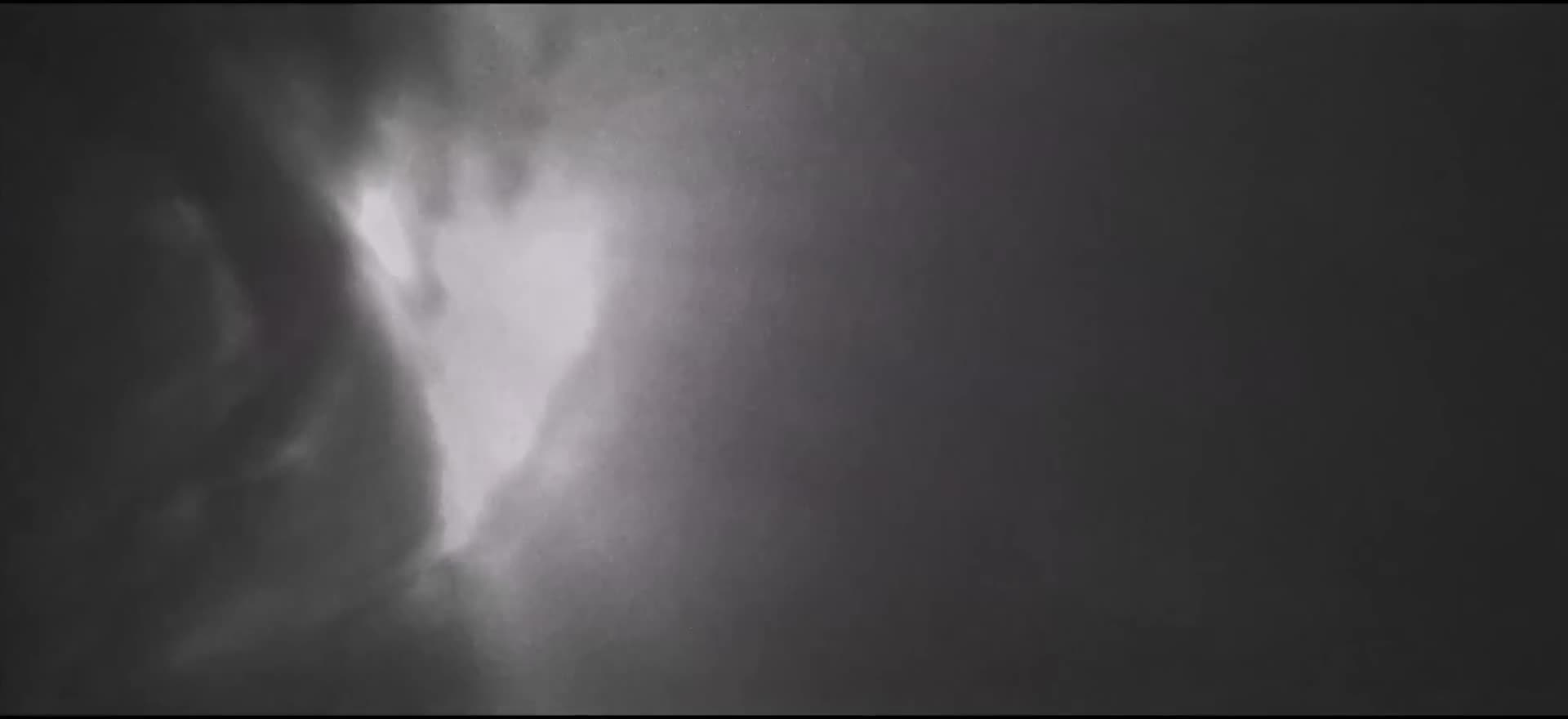





Atomic Structure and Scale
Understanding the incredible scale of atoms
To understand what comes next, we must grasp the extraordinary nature of atoms themselves. An atom is not a solid ball, but rather overlapping waves of probability - a sphere of fog-like electron clouds surrounding an incredibly tiny nucleus. The scale demonstration is mind-bending: if the nucleus were the size of a marble, the electron cloud would stretch across several football fields. These wave-like structures create the foundation for all chemistry and molecular interactions.
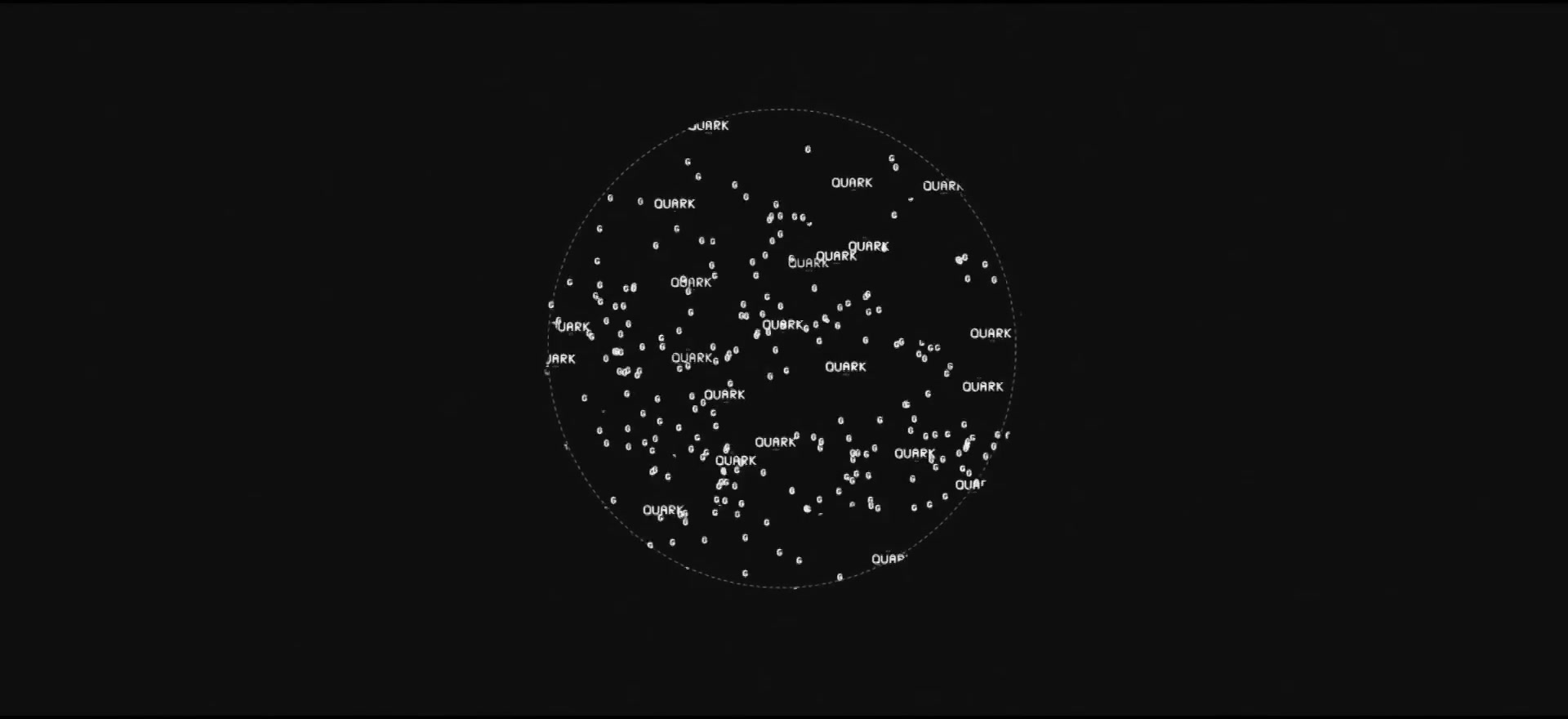

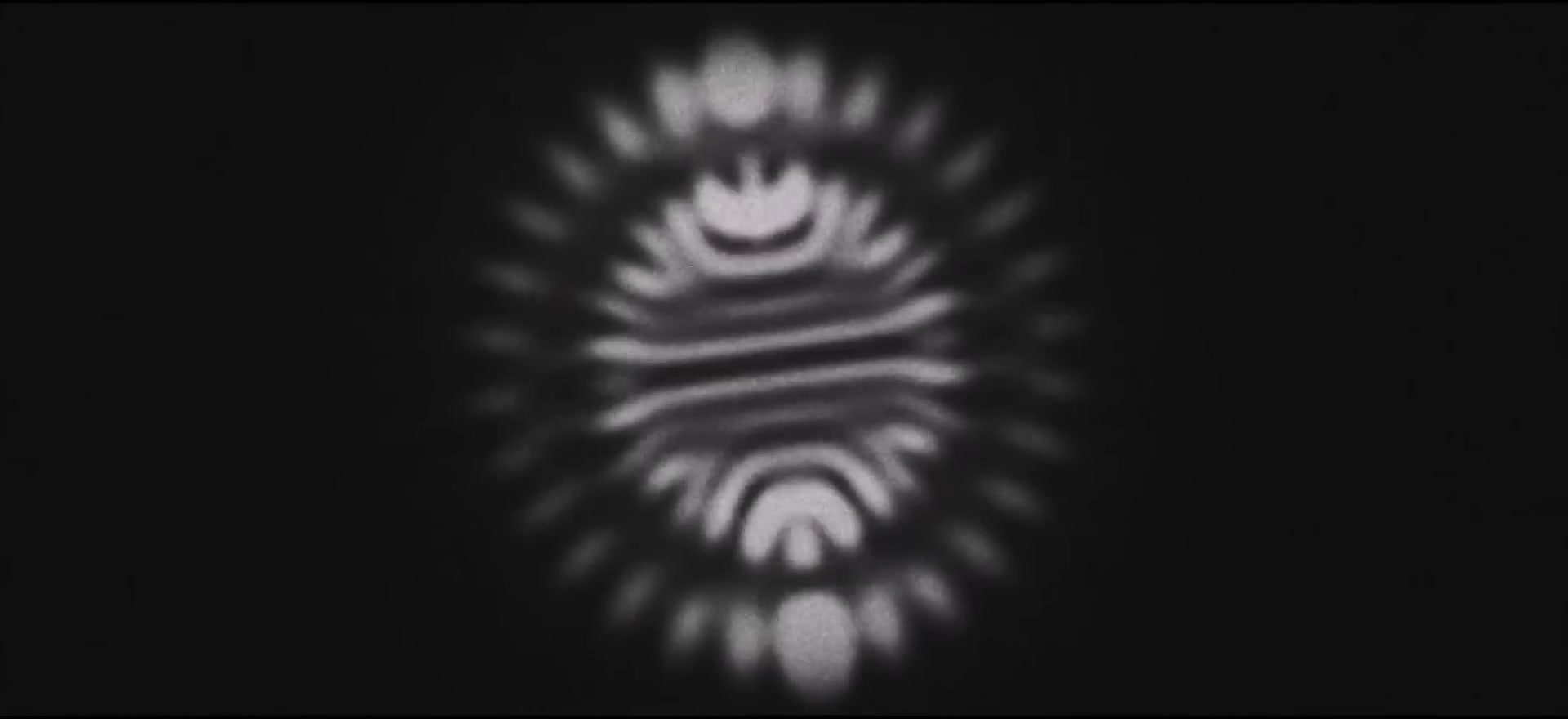
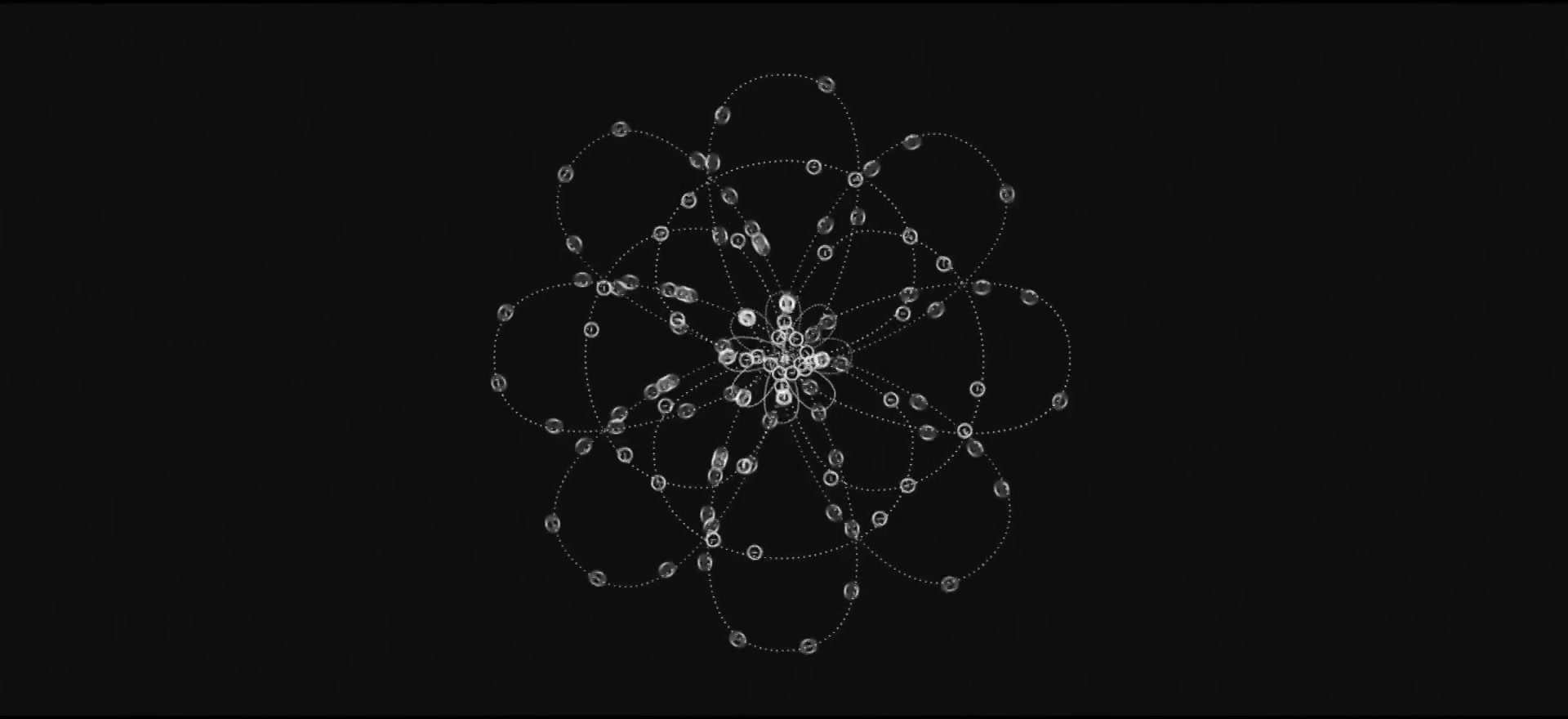




Stellar Evolution
Star formation, death, and element creation
Helium and hydrogen atoms begin thickening into the first visible structures under gravitational attraction. Nebulae form as these gases collect into vast clouds, eventually giving birth to the first stars. Through nuclear fusion in stellar cores, stars create heavier elements throughout their lifetimes. When massive stars reach the end of their lives, they undergo spectacular stellar death - supernovae that scatter these newly-created heavy elements across the cosmos, seeding future generations of stars and planets.
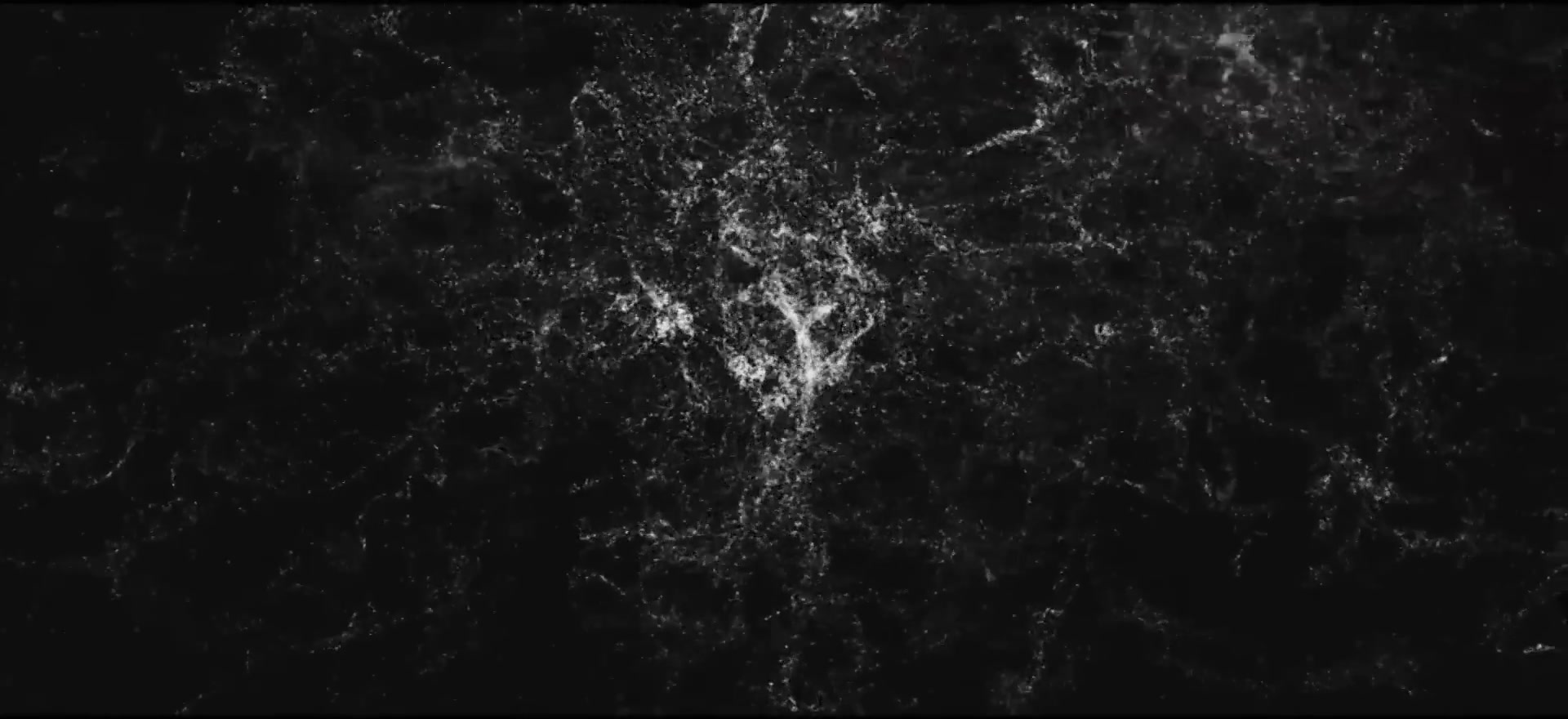
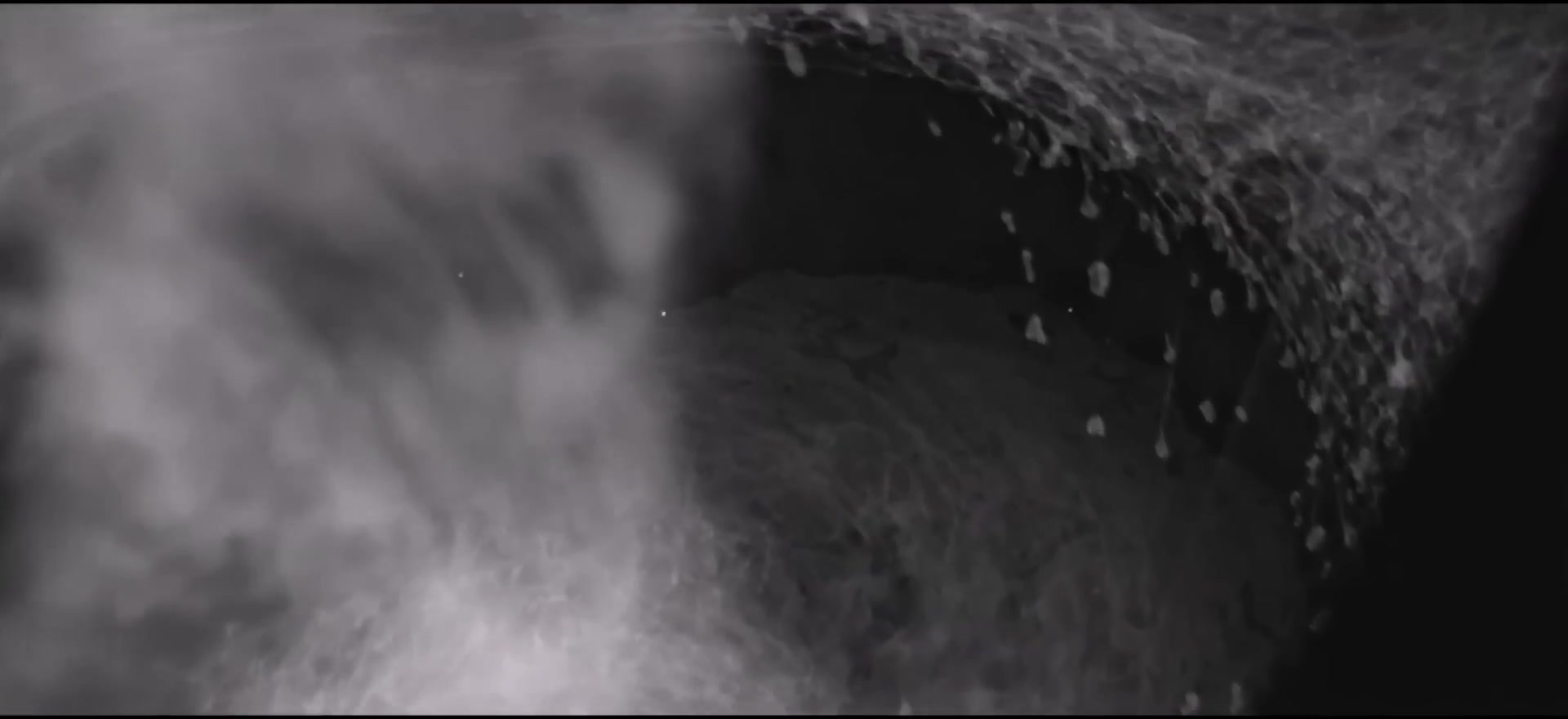
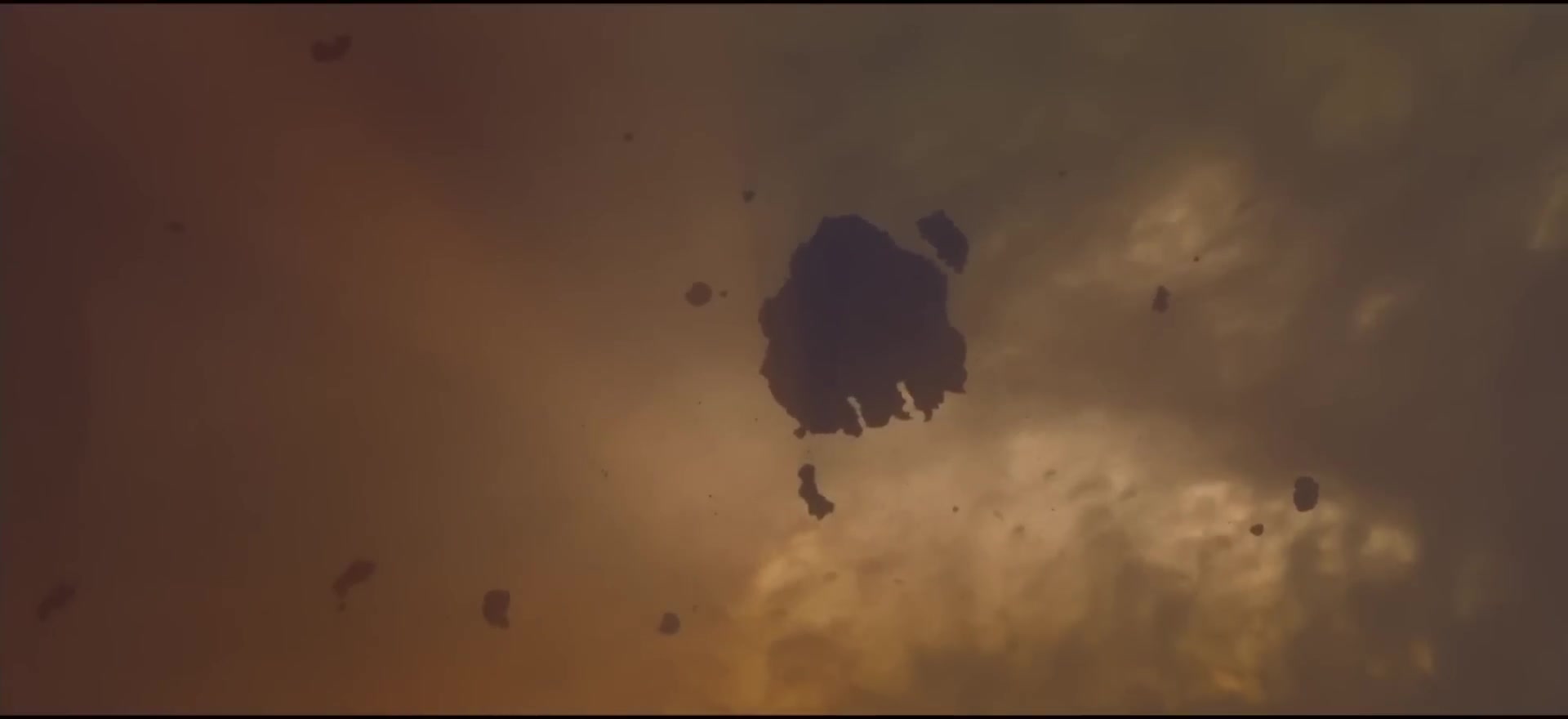
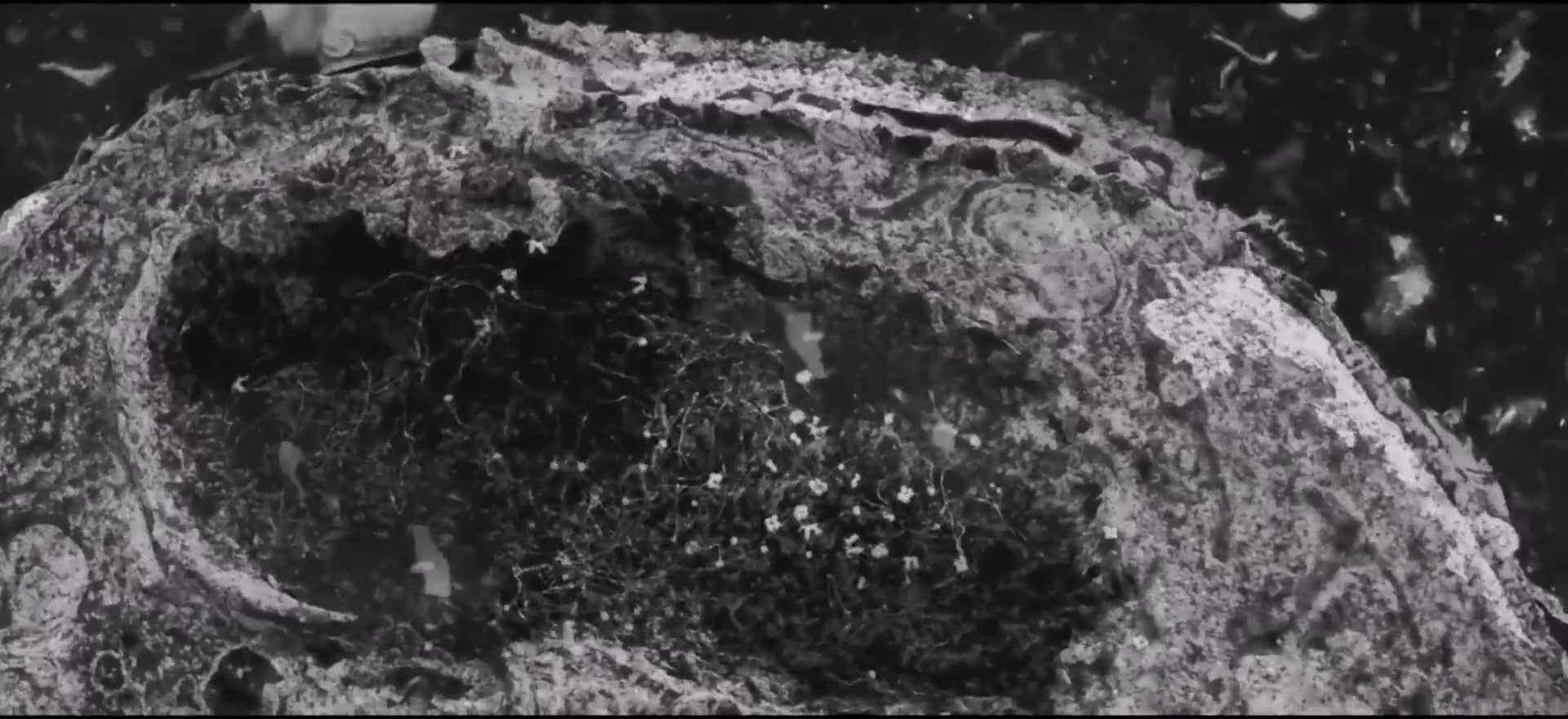
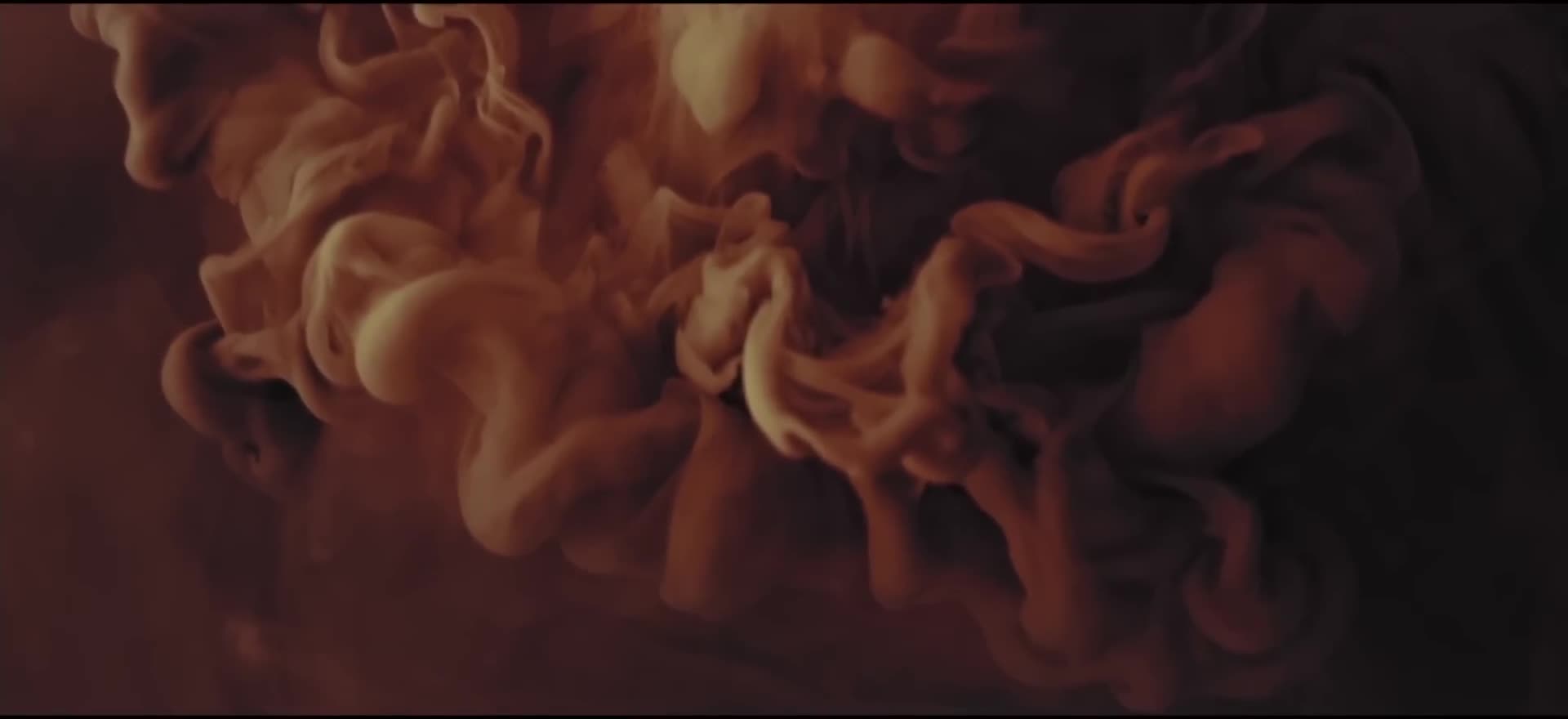





00:22 - 00:30
The scattered stardust begins to coalesce into the stable environments necessary for complex chemistry and eventually life itself.
Planet Formation
Solar systems and stable environments
Stardust from dying stars begins to form planetary disks around young stars. Earth's early formation occurs through the gradual accretion of these materials, growing from pebble-sized aggregates to planetesimals the size of Germany. Gravity enforces spherical shapes as these bodies reach planetary mass. The early atmosphere develops through volcanic outgassing and comet impacts, while vast oceans form as water vapor condenses. The Goldilocks zone emerges - not too hot, not too cold - creating the perfect conditions for complex chemistry and eventually life.
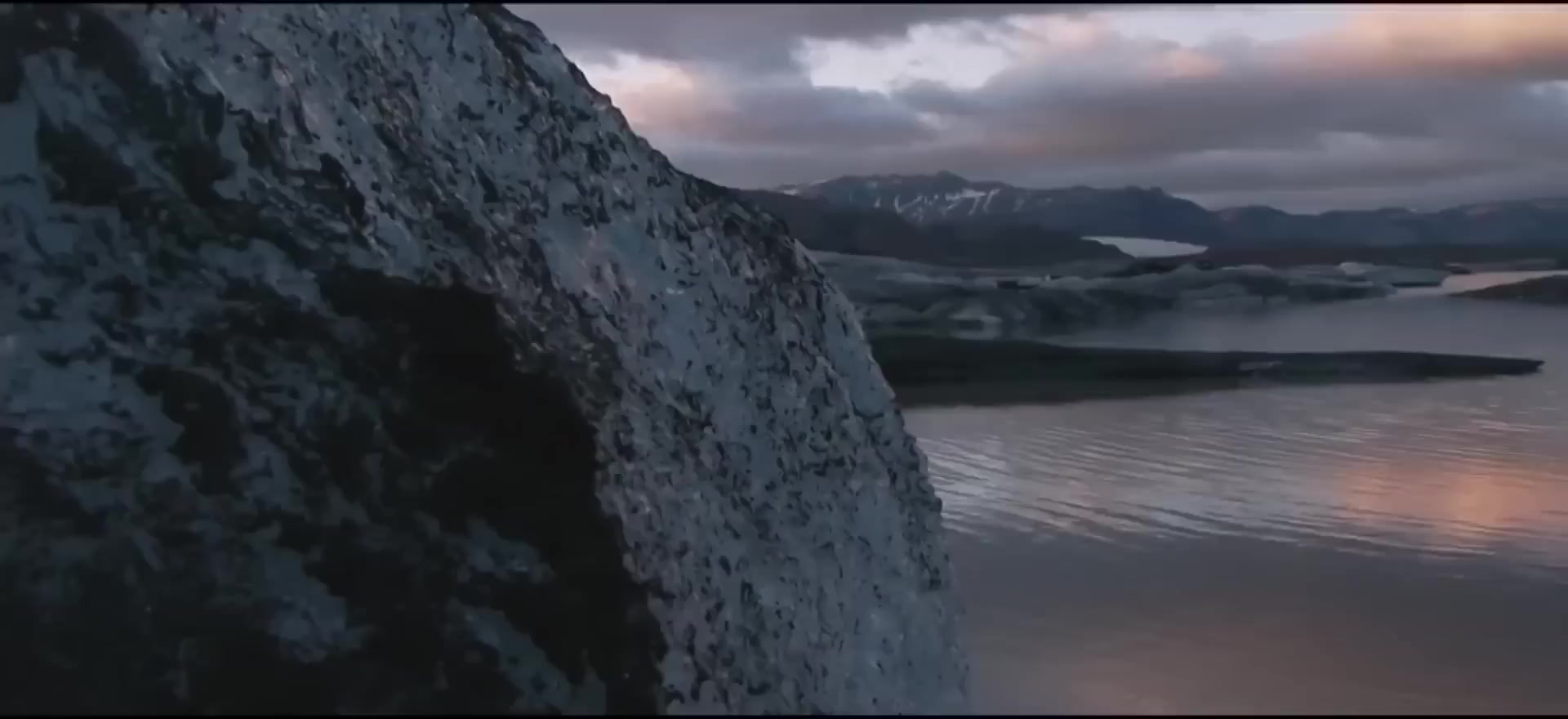
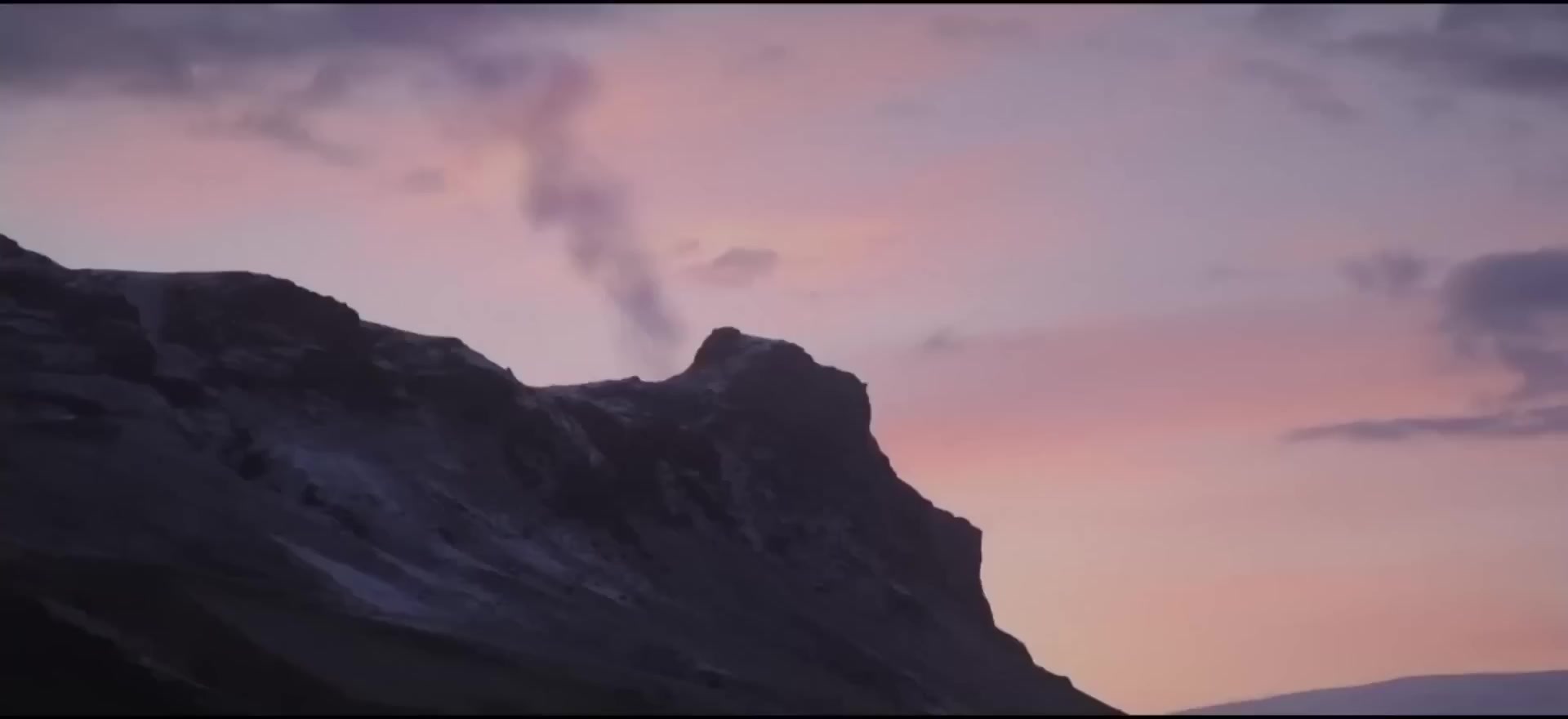

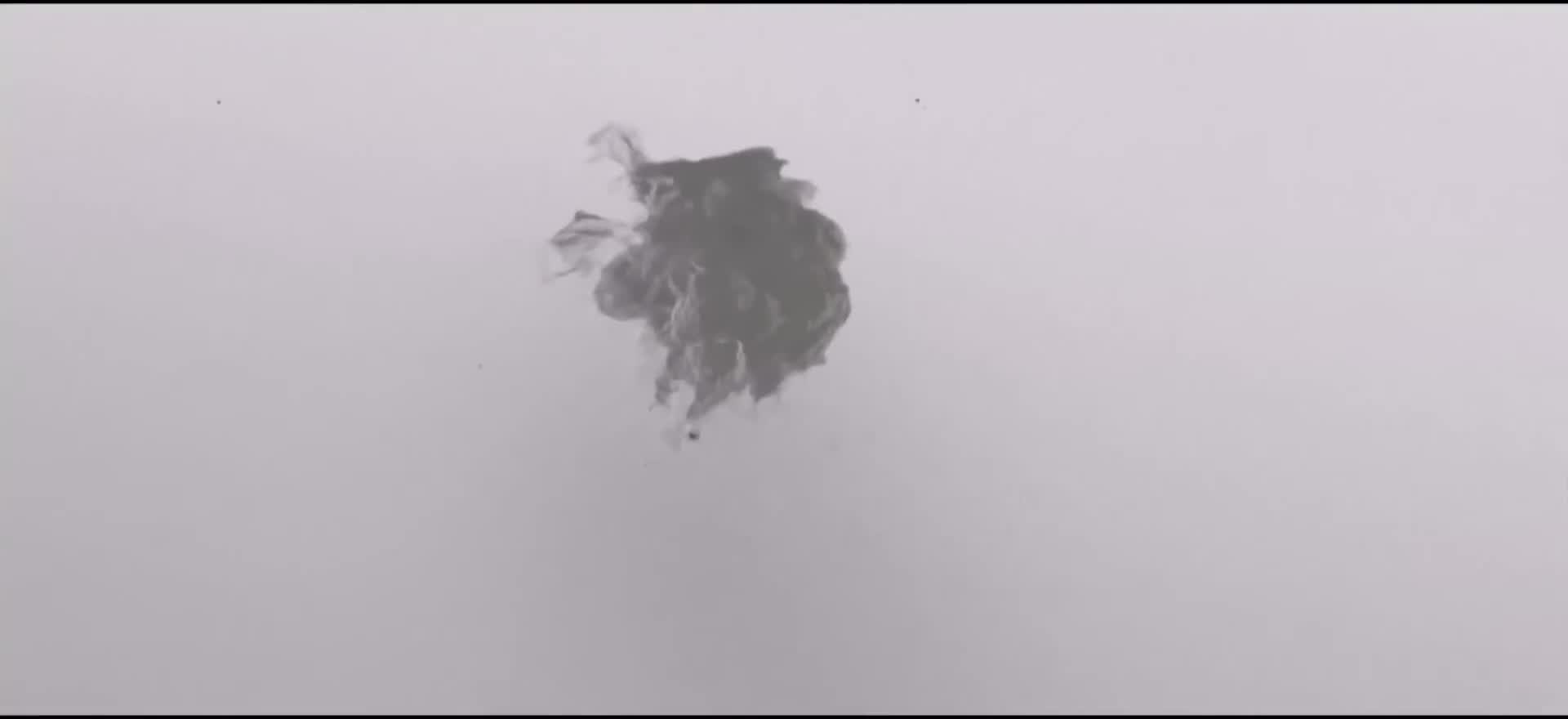




Molecular Chemistry
Complex molecular interactions and element formation
Beyond hydrogen, heavier elements begin to form through stellar processes. Carbon atoms emerge with their complex electron cloud shapes, enabling the formation of intricate molecular structures. Atomic collisions lead to photon exchange, creating the collision possibilities that drive chemical reactions. Water emerges as the universal solvent, enabling complex molecular interactions impossible in other environments. In the goldilocks zone of planetary stability, these molecules dance and bind with other atoms, creating the chemical foundation for increasingly complex structures.
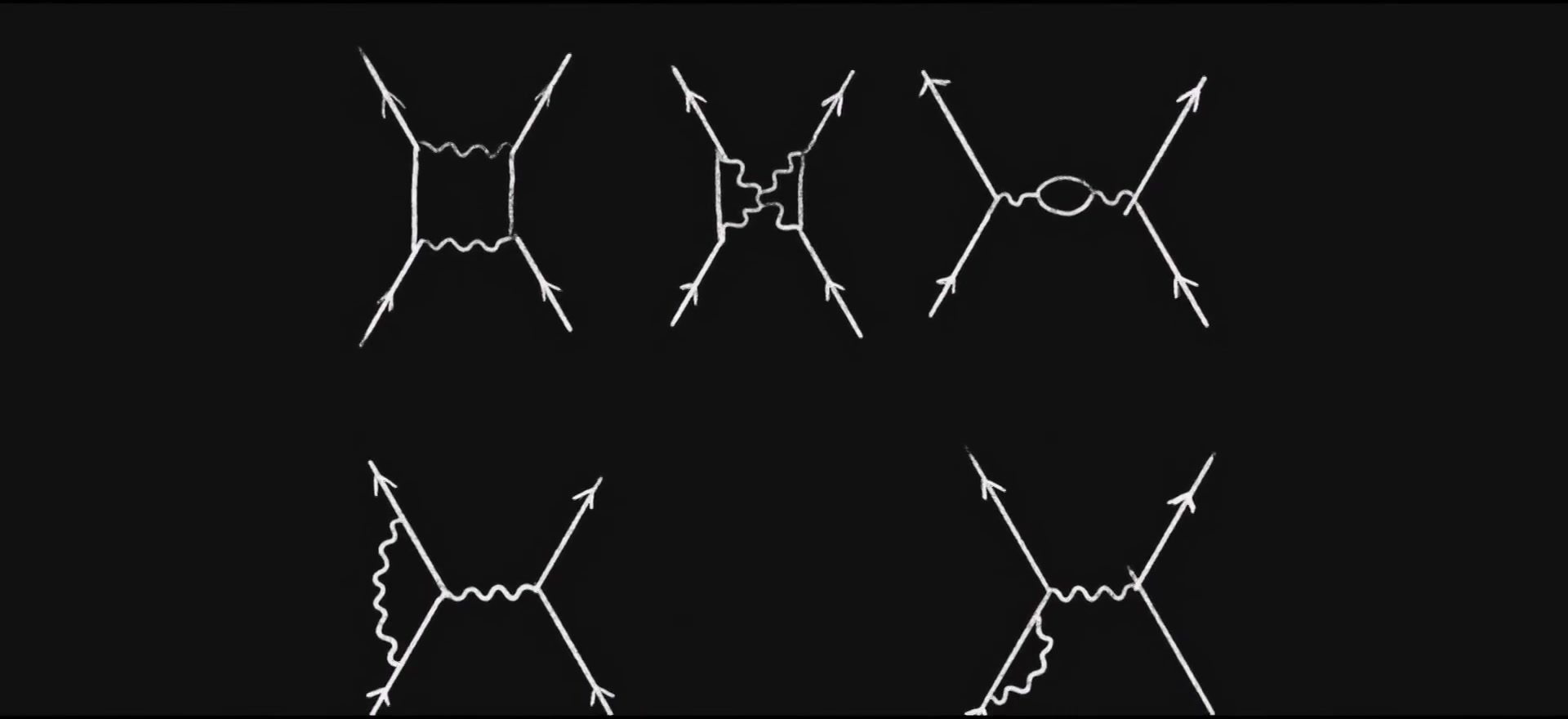
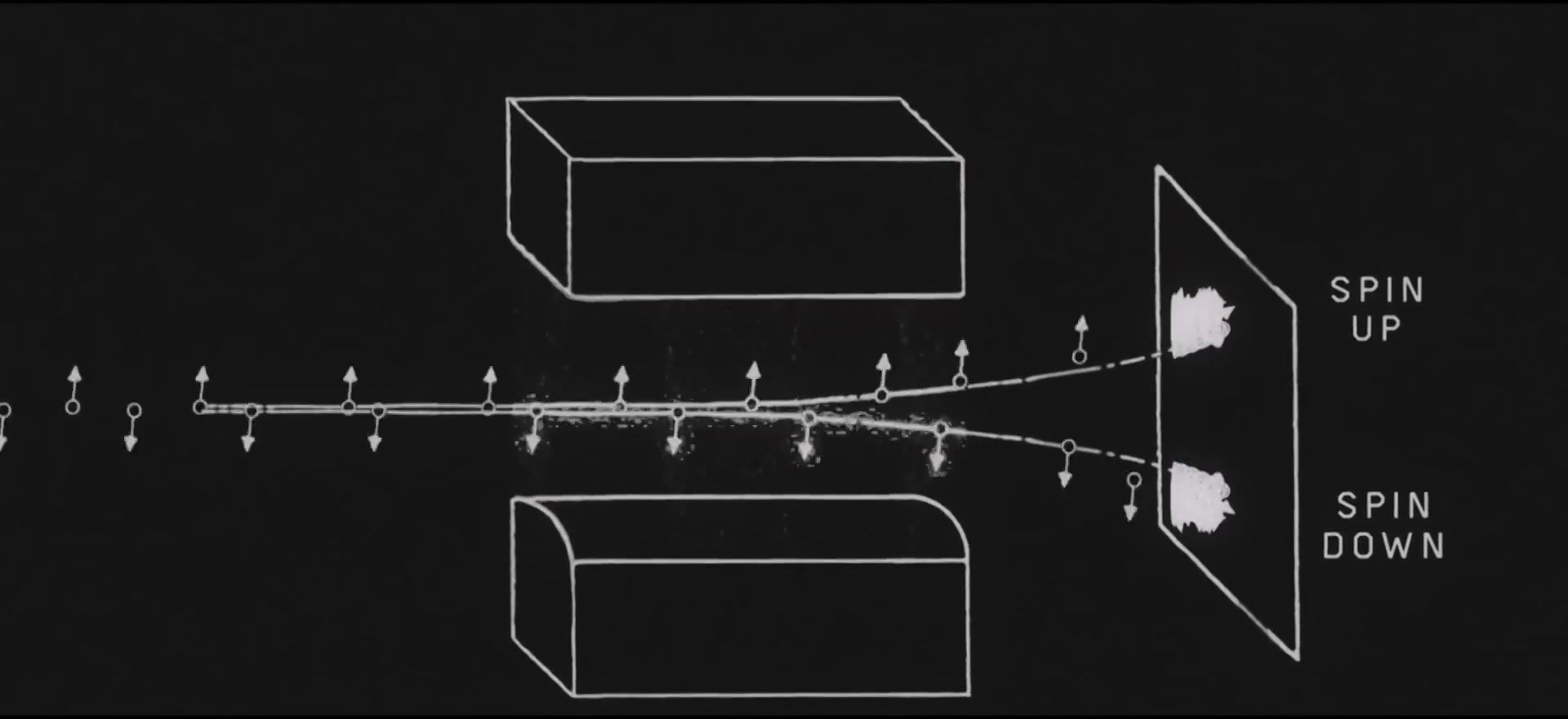
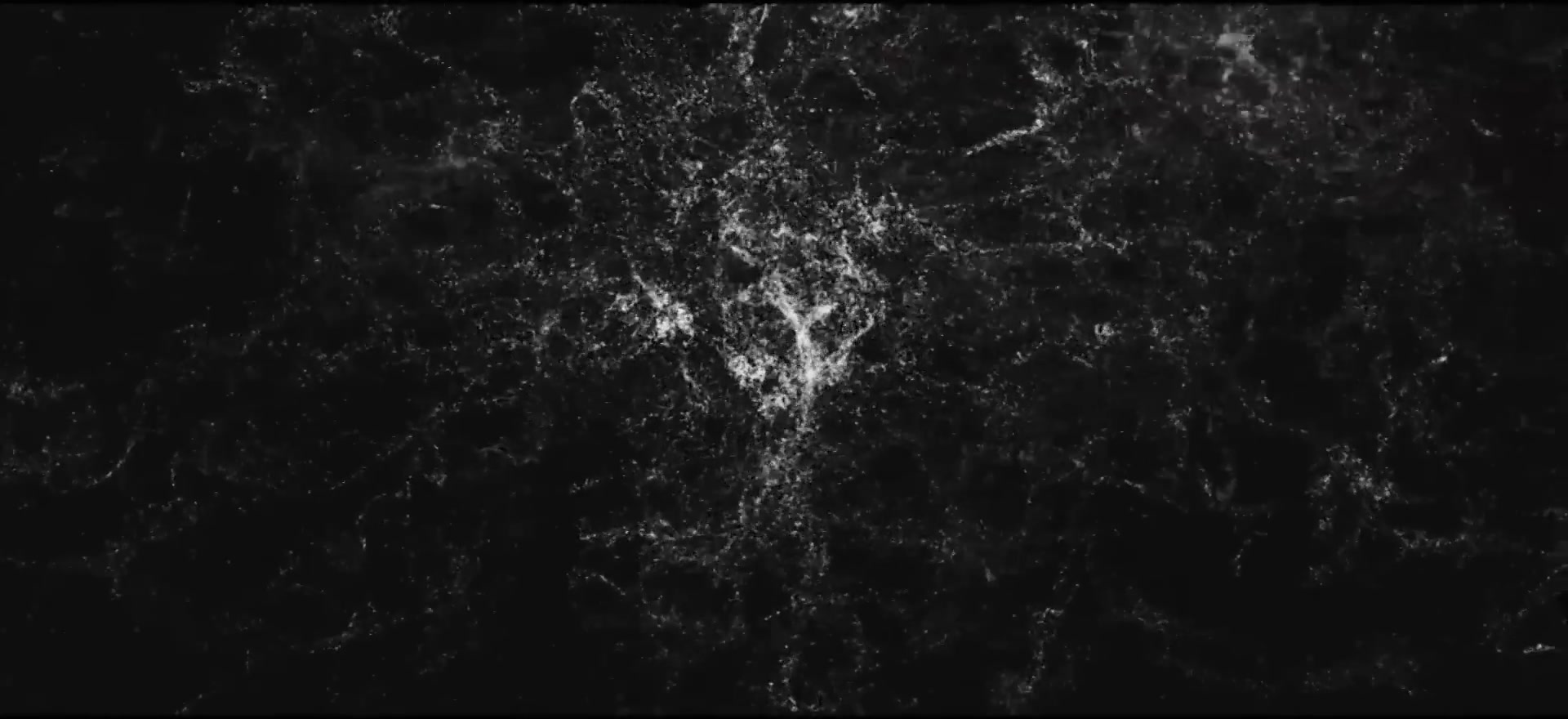
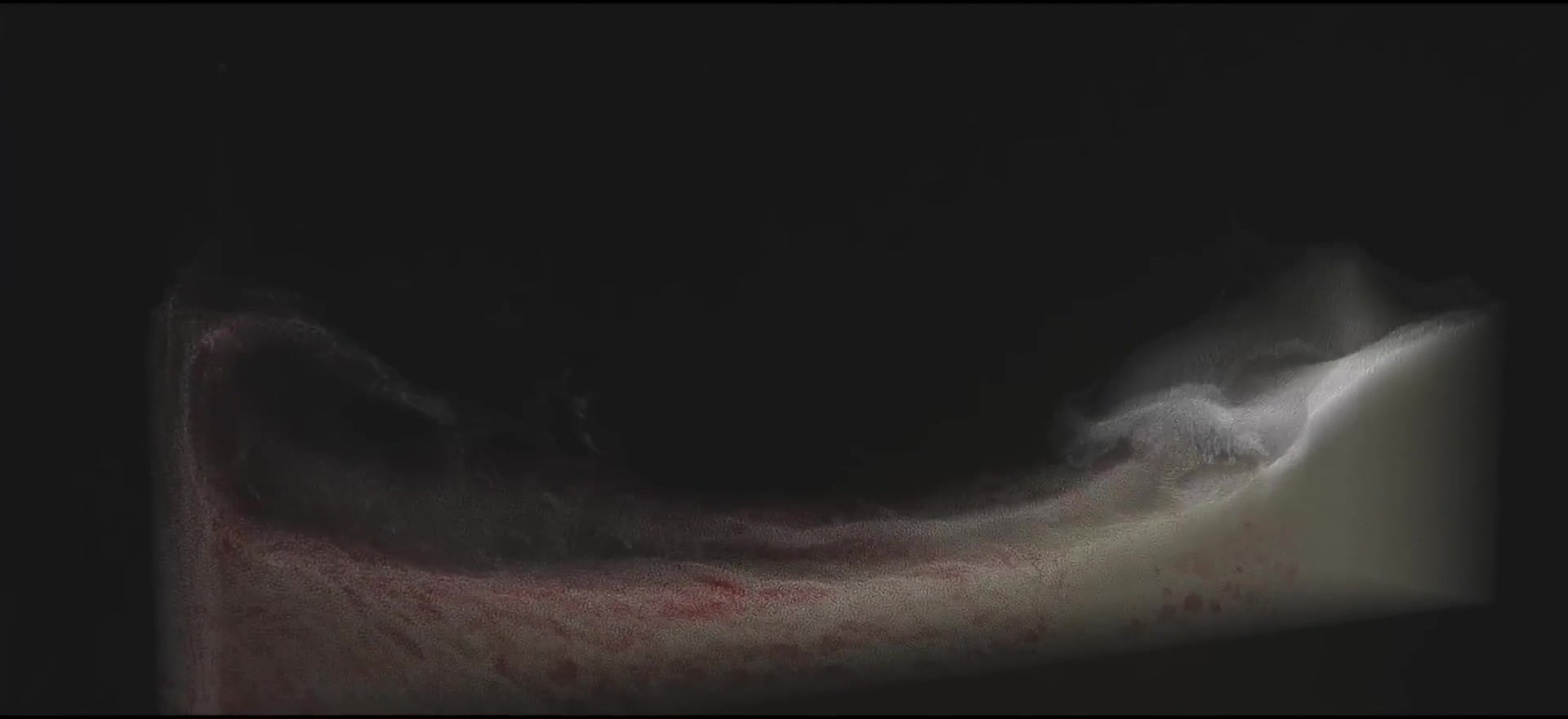
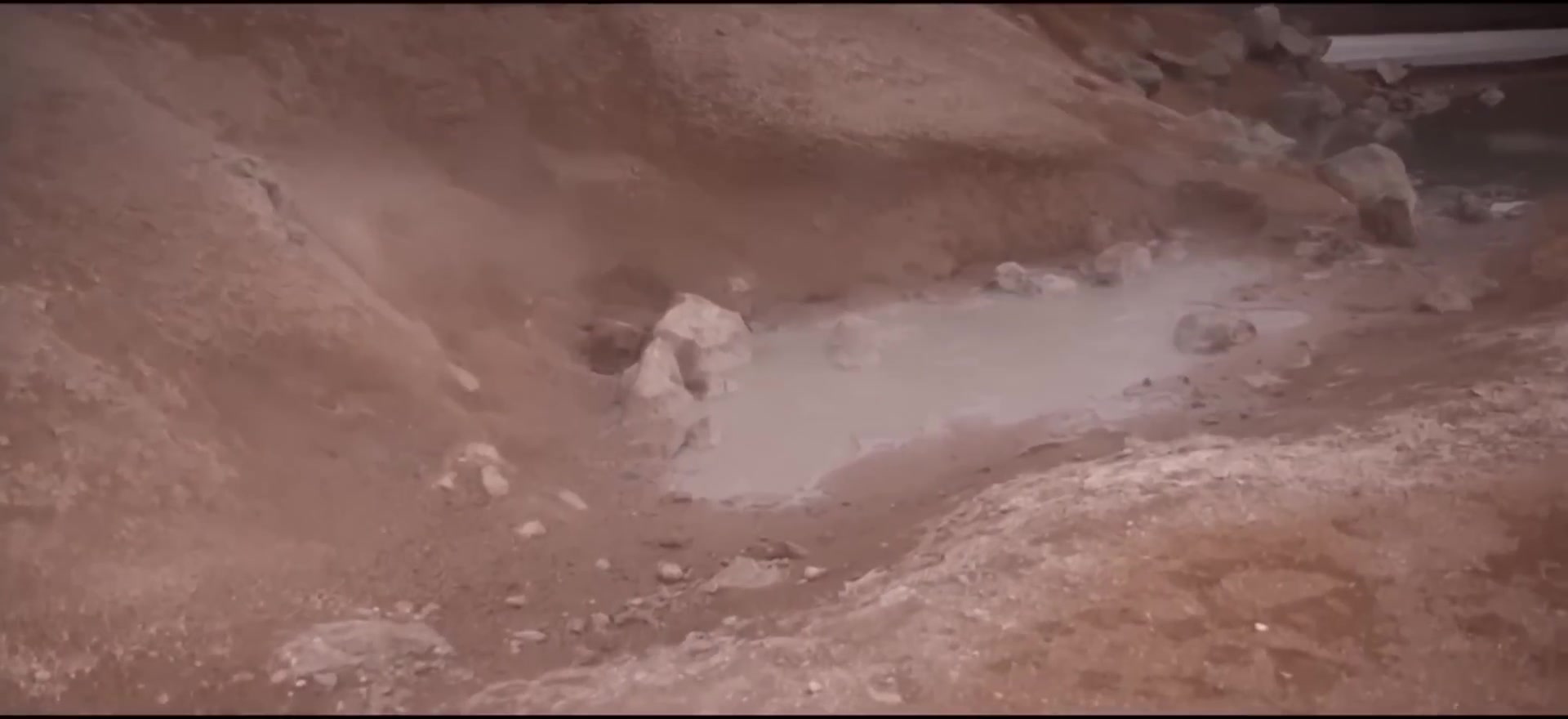
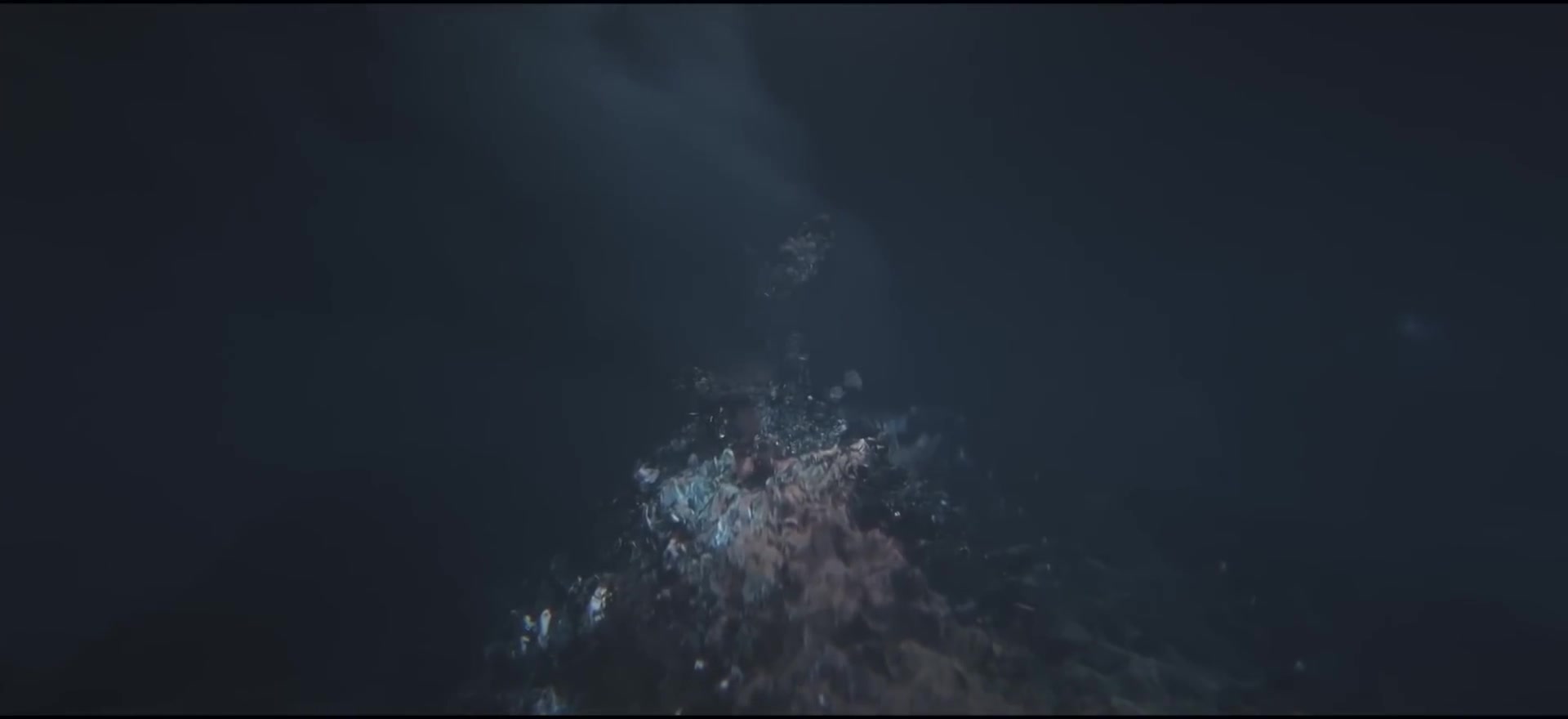






Organic Chemistry
Fatty acids, membranes, and first containers
In warm mud bombarded by stellar photons, the first organic chemistry unfolds. Hydrogen atoms cling to molecular walls, creating fatty acid "spikes" that organize into hedgehog-like structures. Wave motion forces these hedgehogs into sheets that curl into spherical membranes - the most complex structures yet formed on the planet. These self-organizing boundaries create the first distinction between "inside" and "outside."
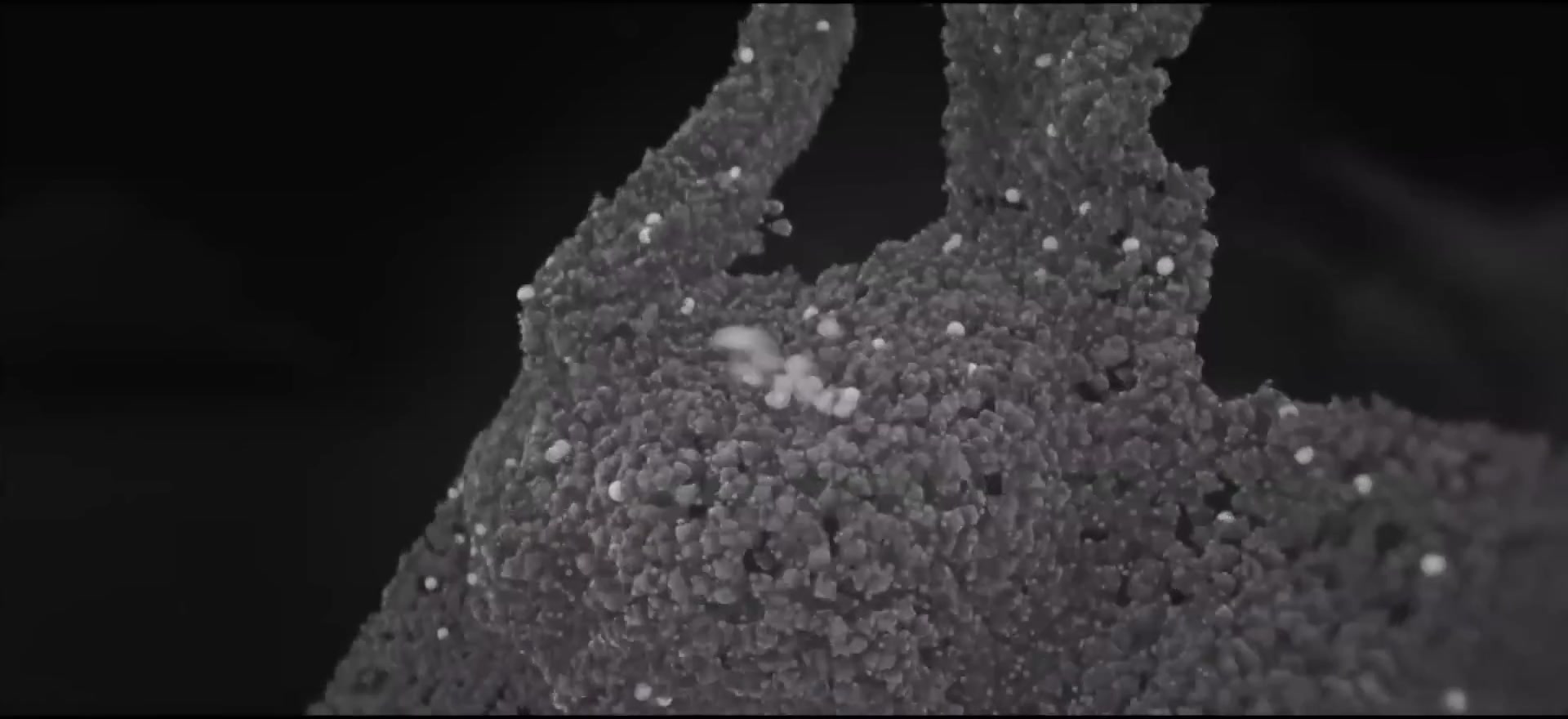
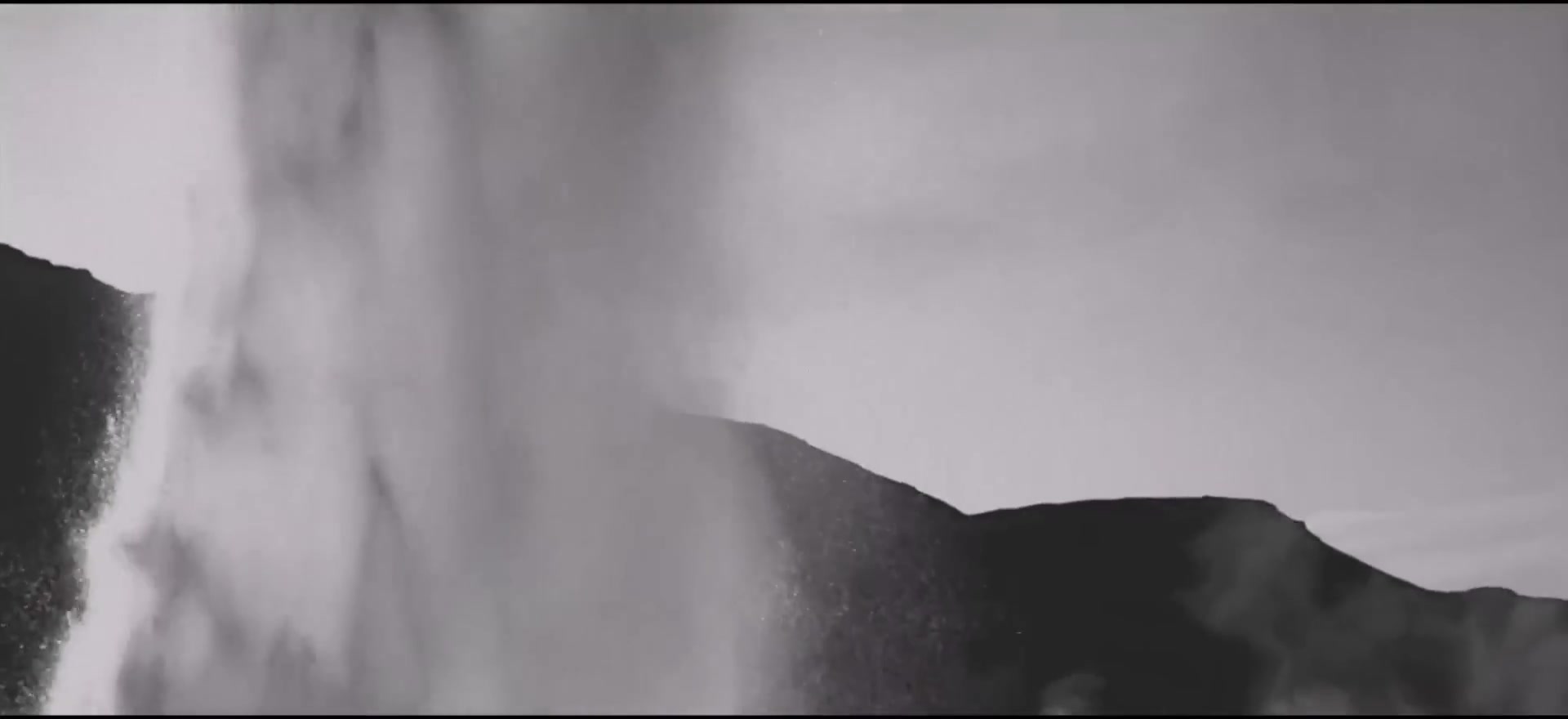
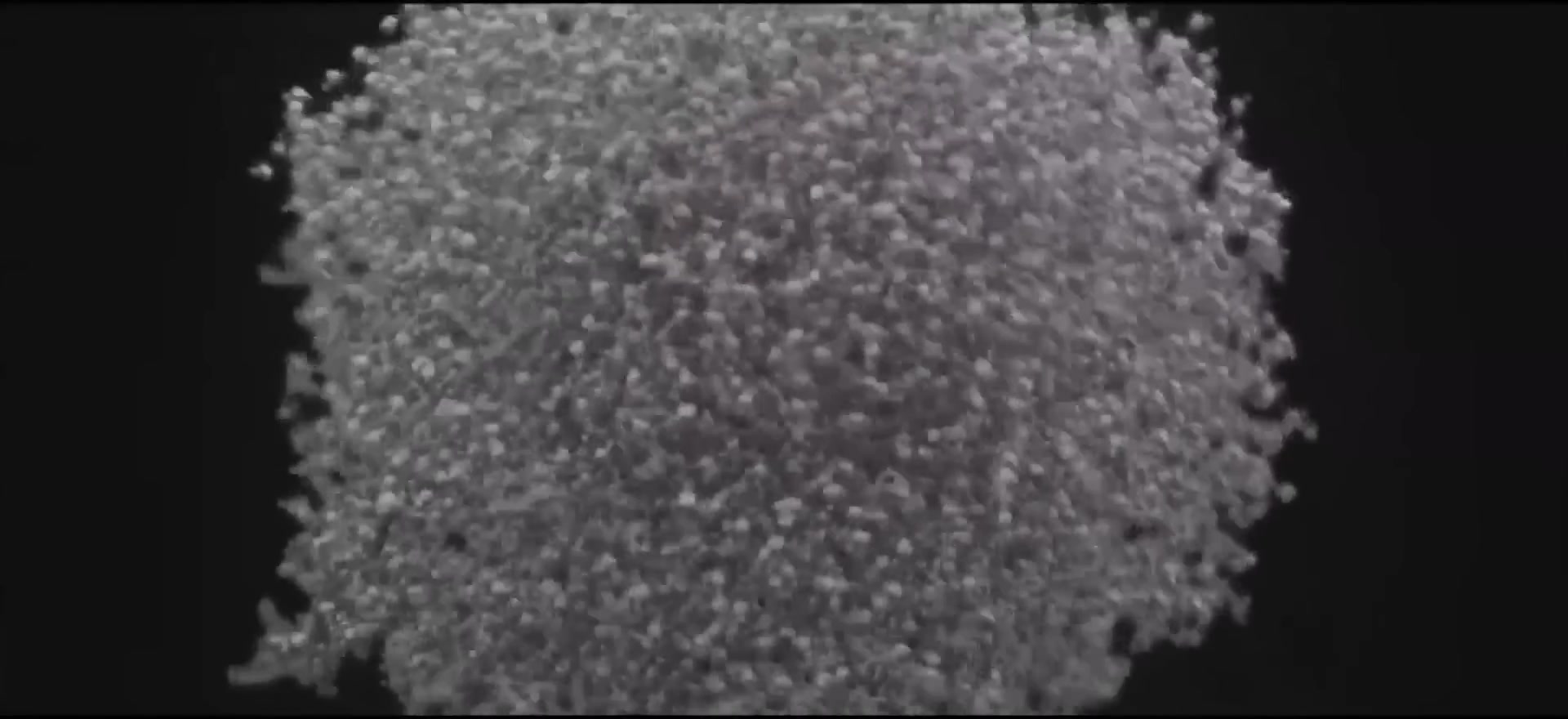
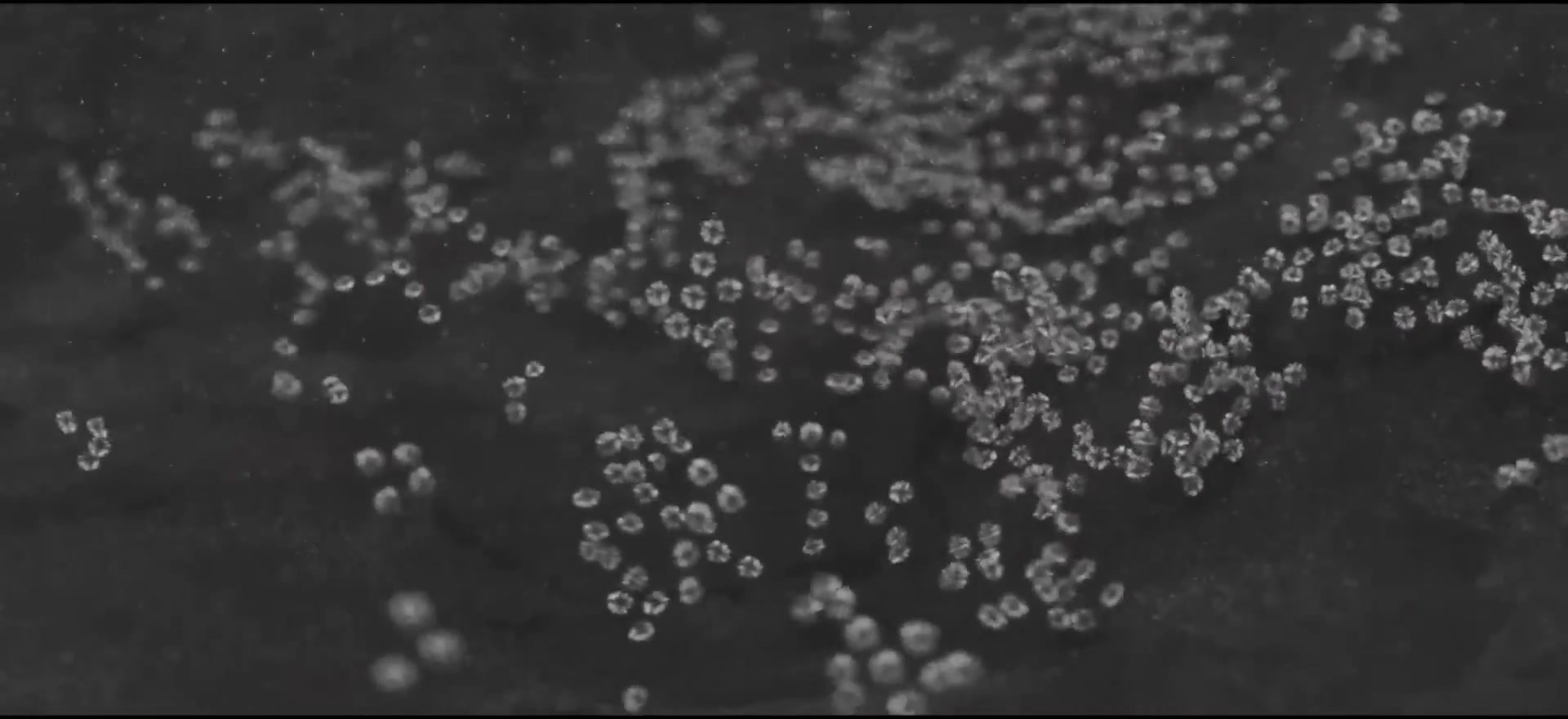
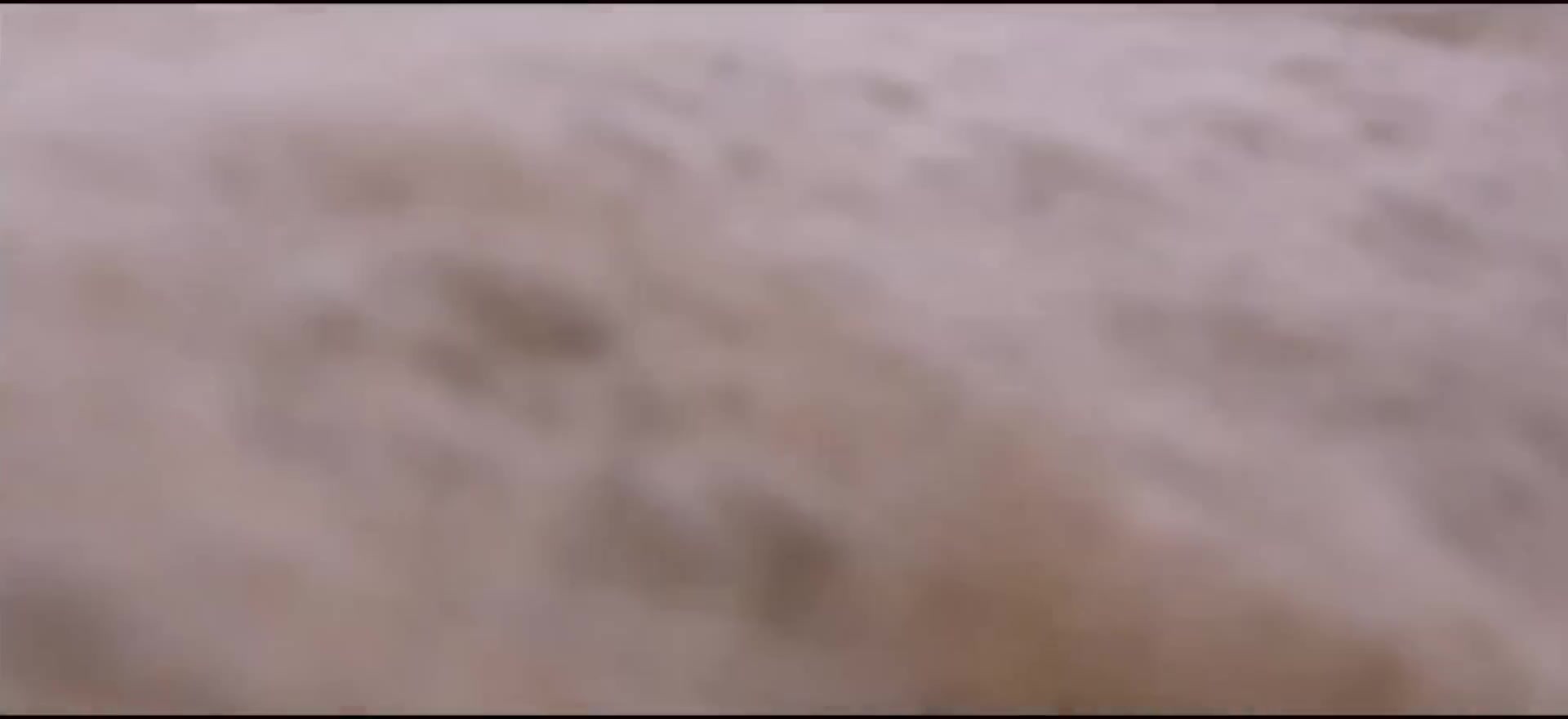
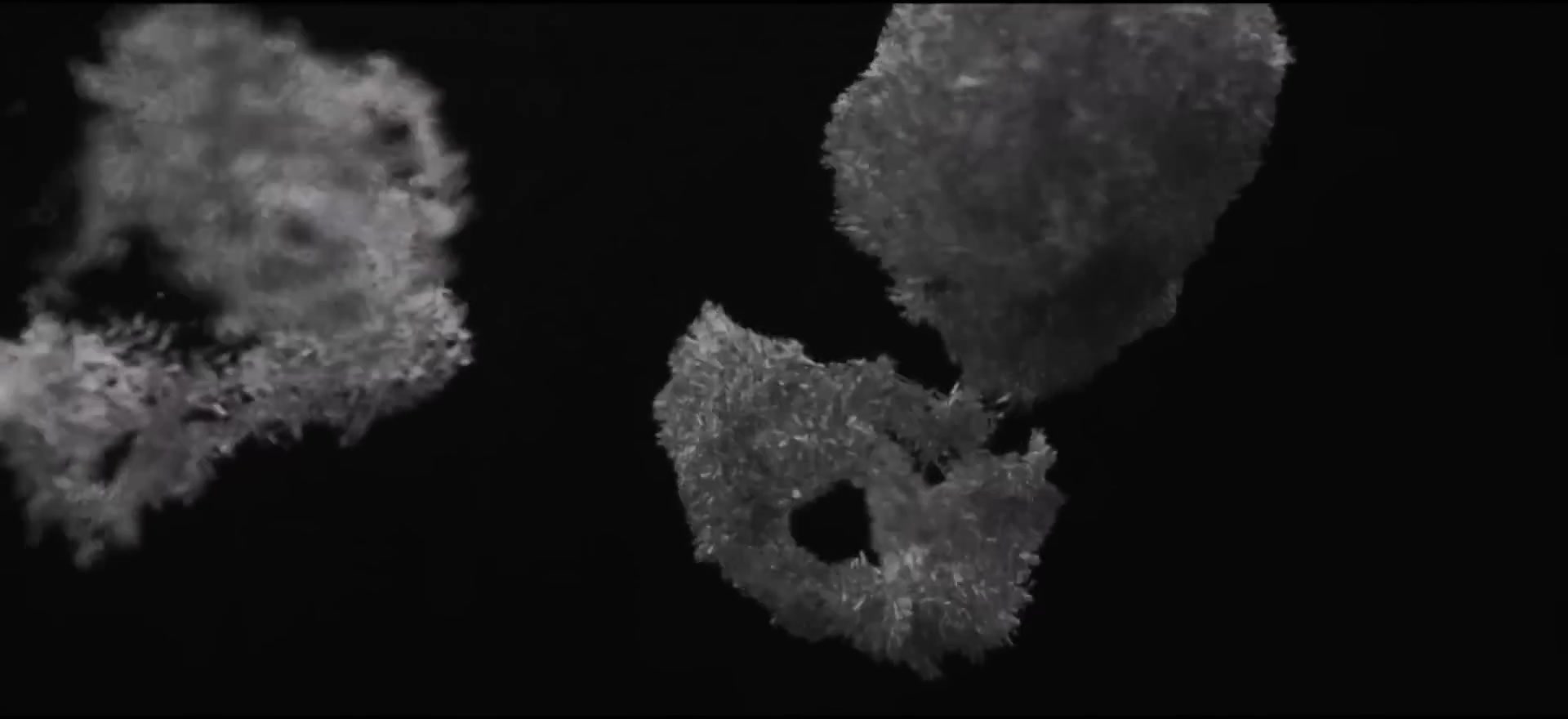






00:30 - 00:45
The emergence of living systems marks a revolution in complexity - molecular machines that can replicate, evolve, and eventually develop coordinated behavior through neural networks.
Life's Genesis
DNA strings + membranes = first cells
The first organic molecules begin to form in Earth's primordial oceans. Complex chemical reactions lead to self-replicating systems - the first molecules capable of making copies of themselves. These primitive replicators evolve into early cellular life, protected by membrane boundaries that separate the internal chemistry from the chaotic external environment. As these early cells develop, some discover photosynthesis - the ability to harvest energy directly from sunlight, transforming the planet's atmosphere forever.
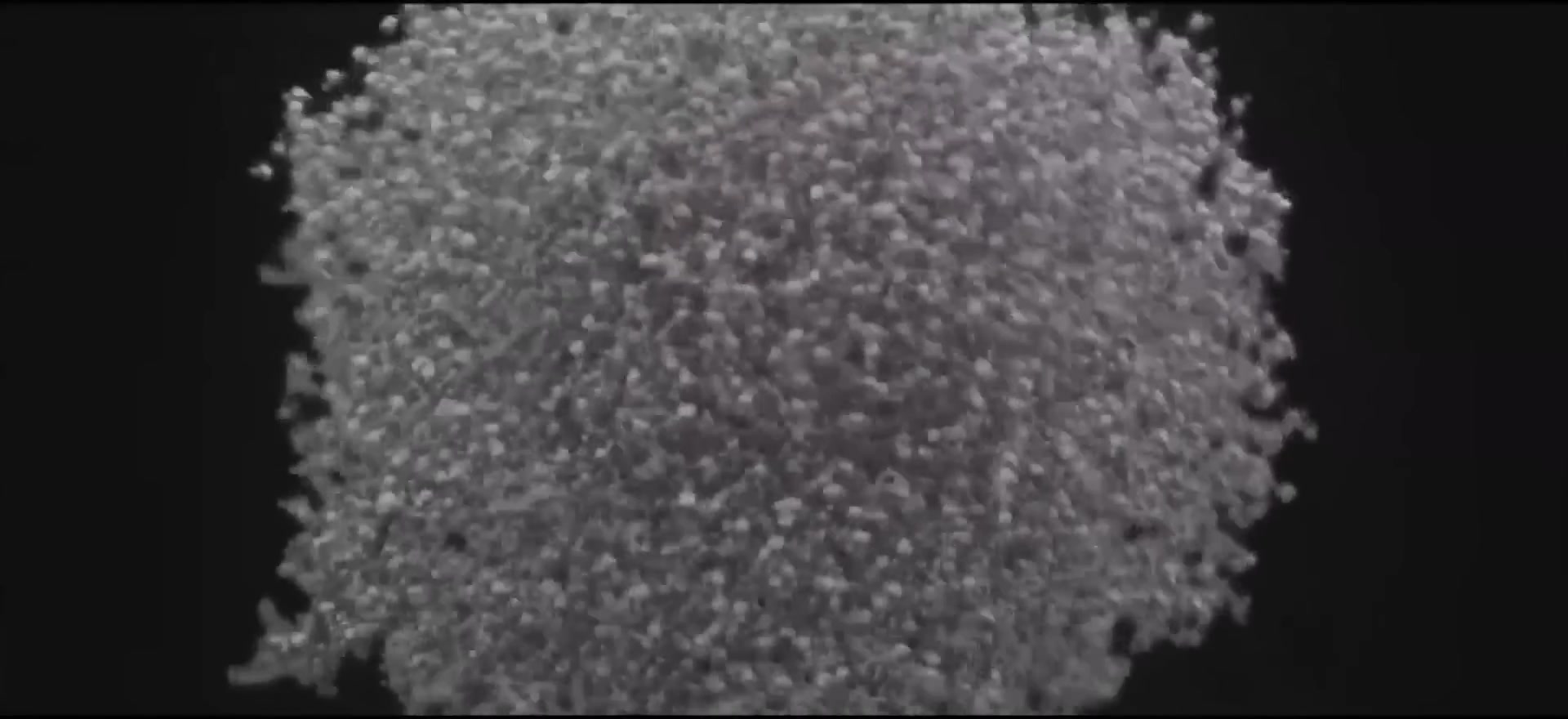

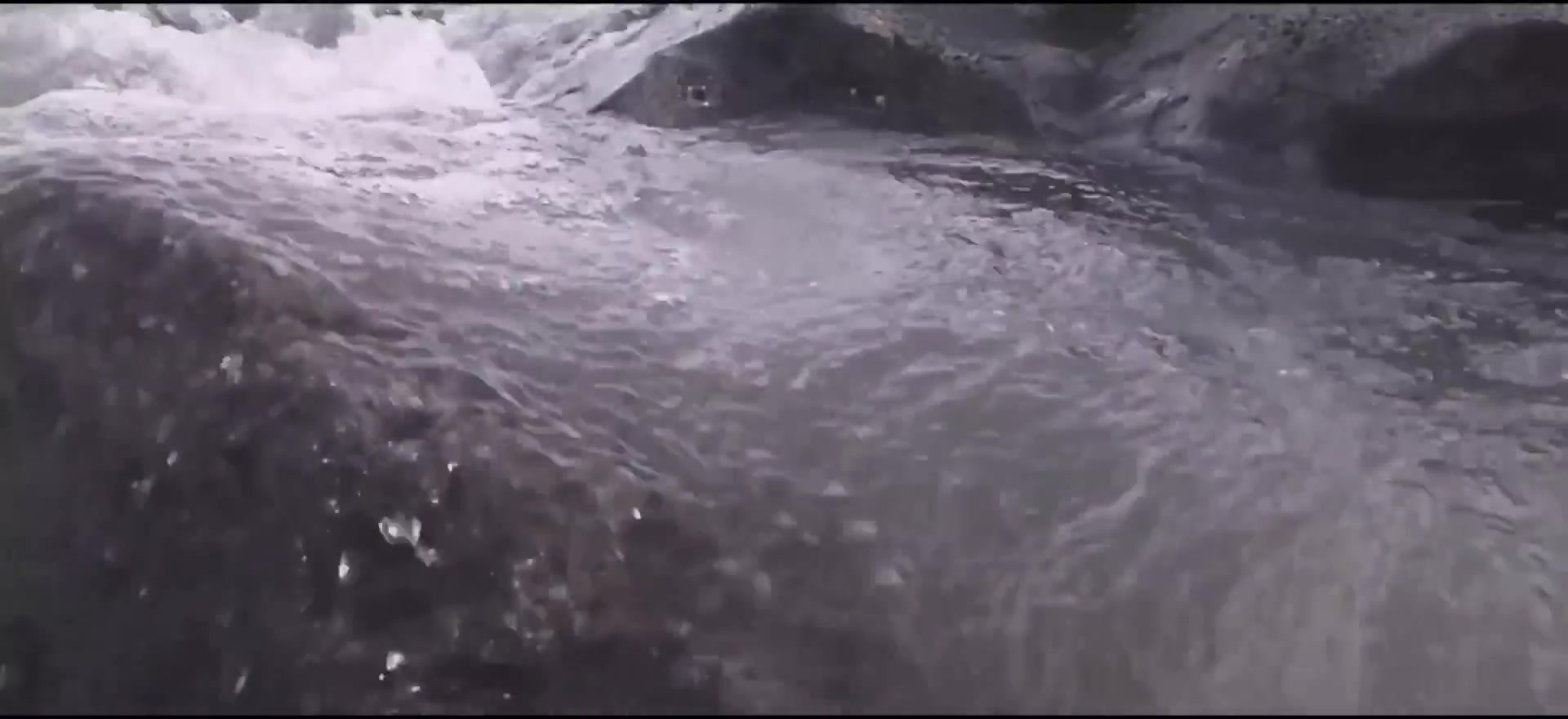
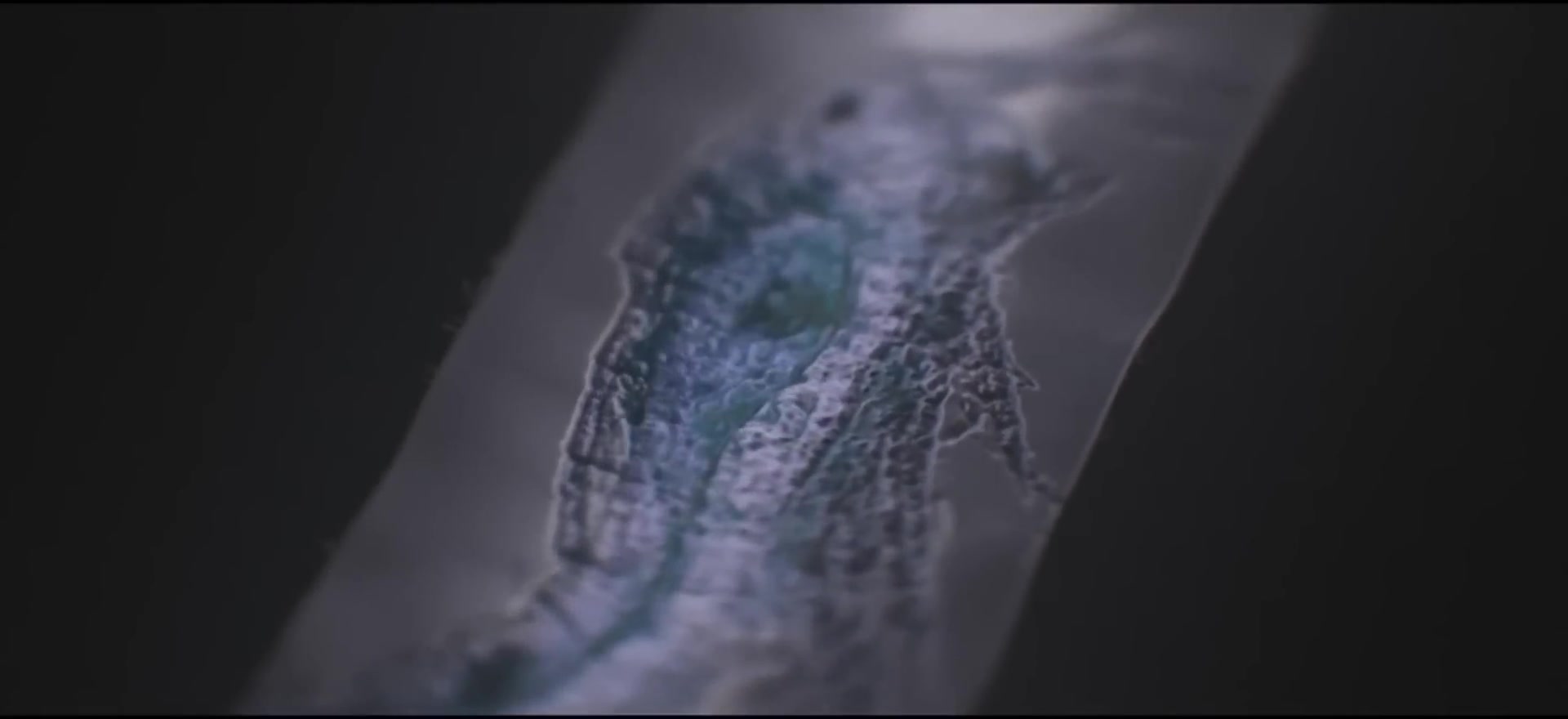






Evolution and Selection
Mutation, survival, and increasing complexity
Life evolves from simple single-celled organisms to complex multicellular structures. Random mutations begin reshaping survival capsules - most changes are worthless, but occasionally beneficial shapes emerge that strengthen containers from within. DNA strings curl into spiral formations, creating more durable storage systems. Over millions of years, capsules develop specialized protrusions for movement and interaction with their environment. Intelligence itself becomes a survival advantage, marking a crucial turning point where organisms can actively shape their environment.
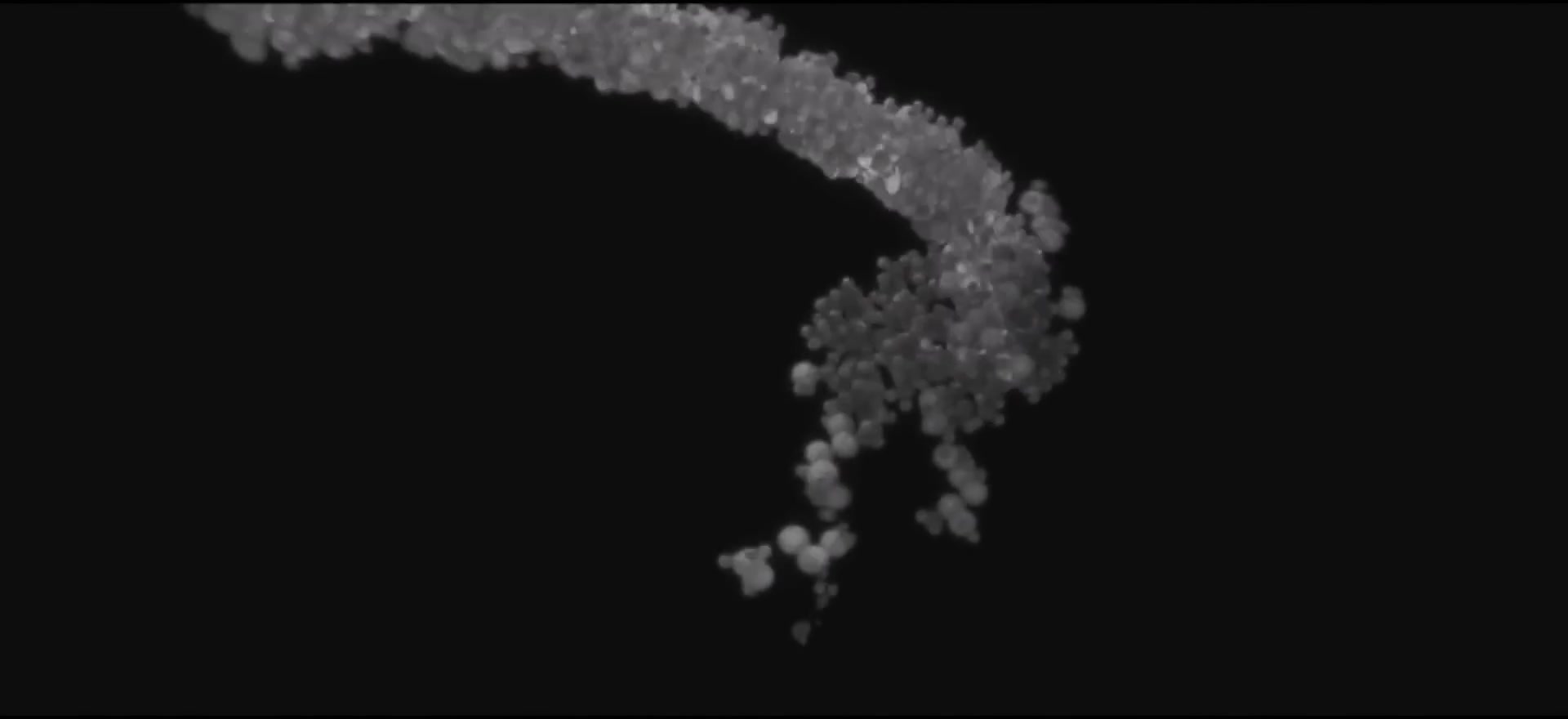
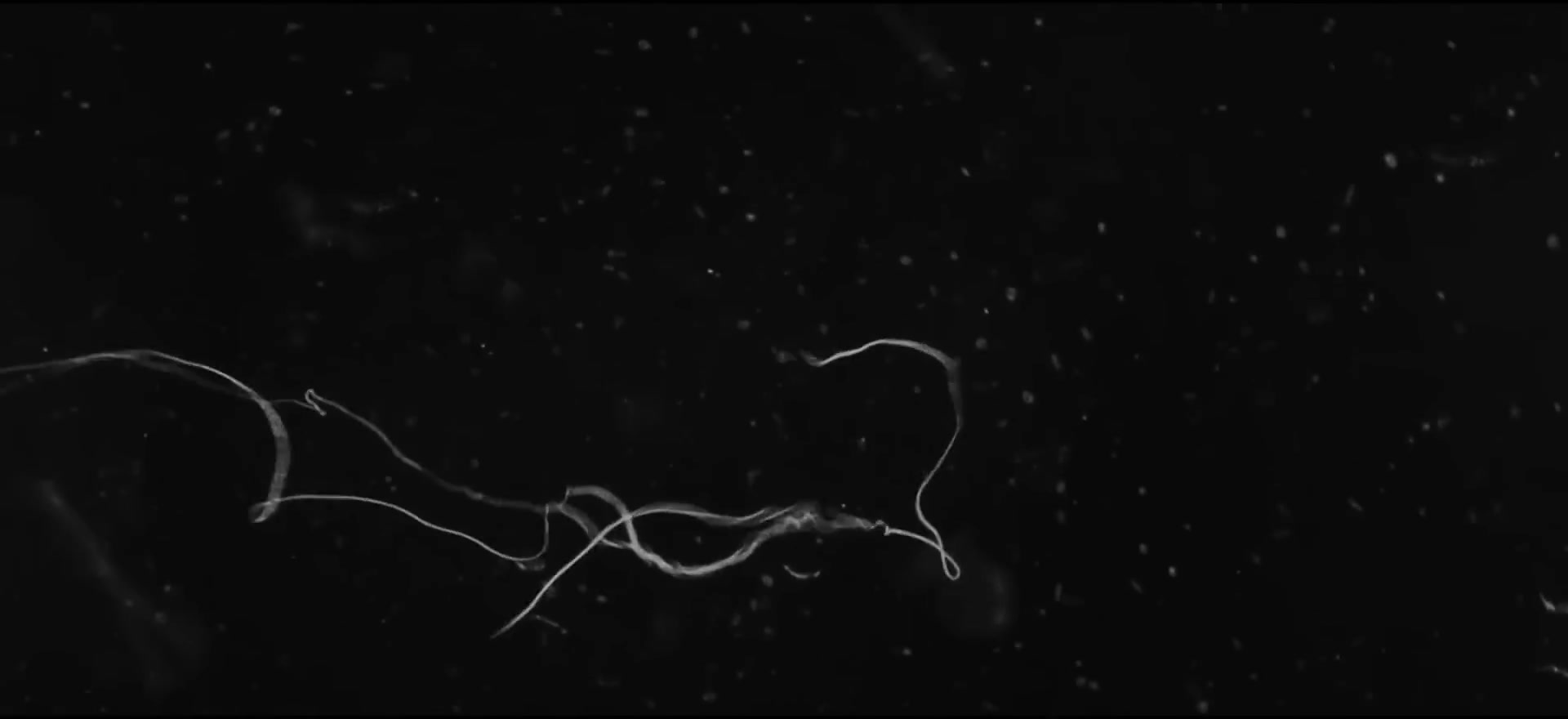
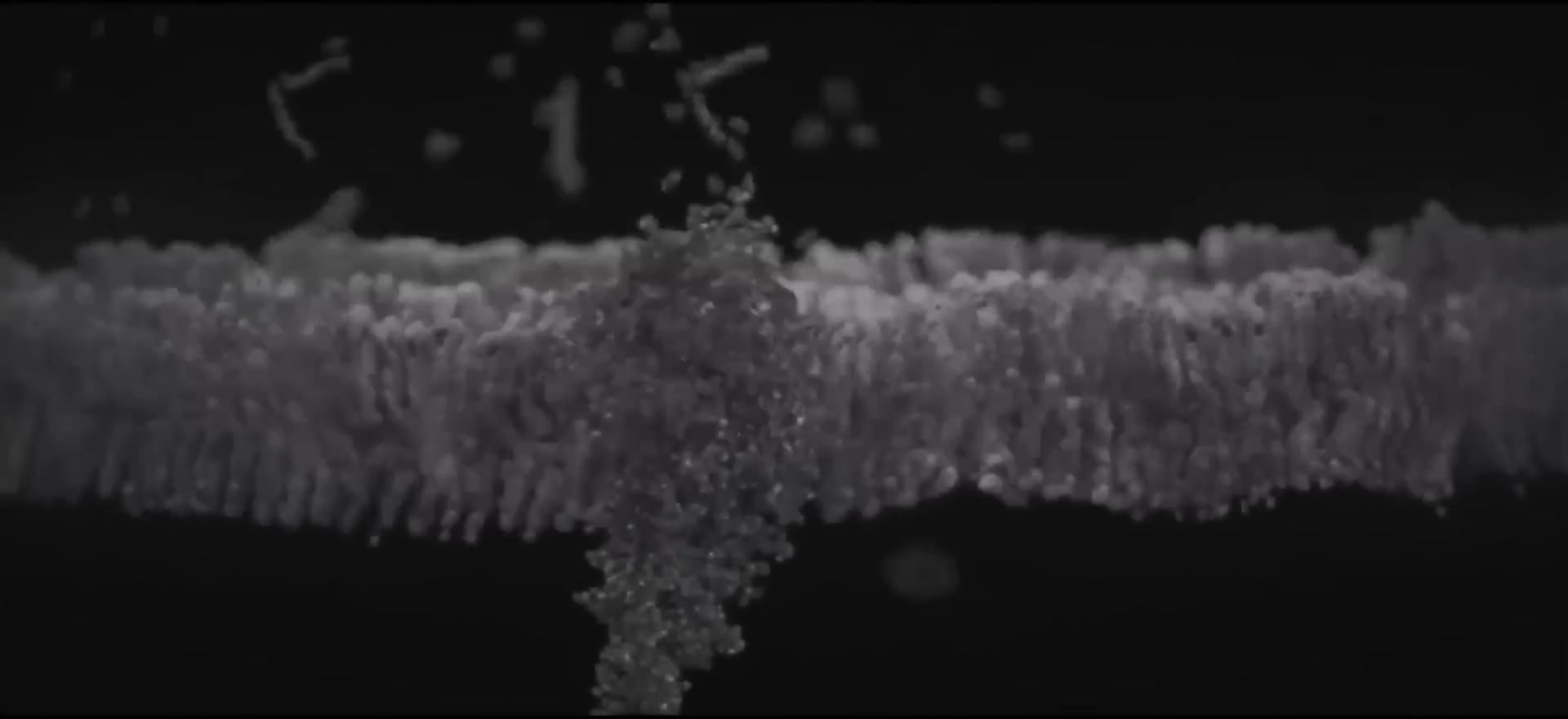
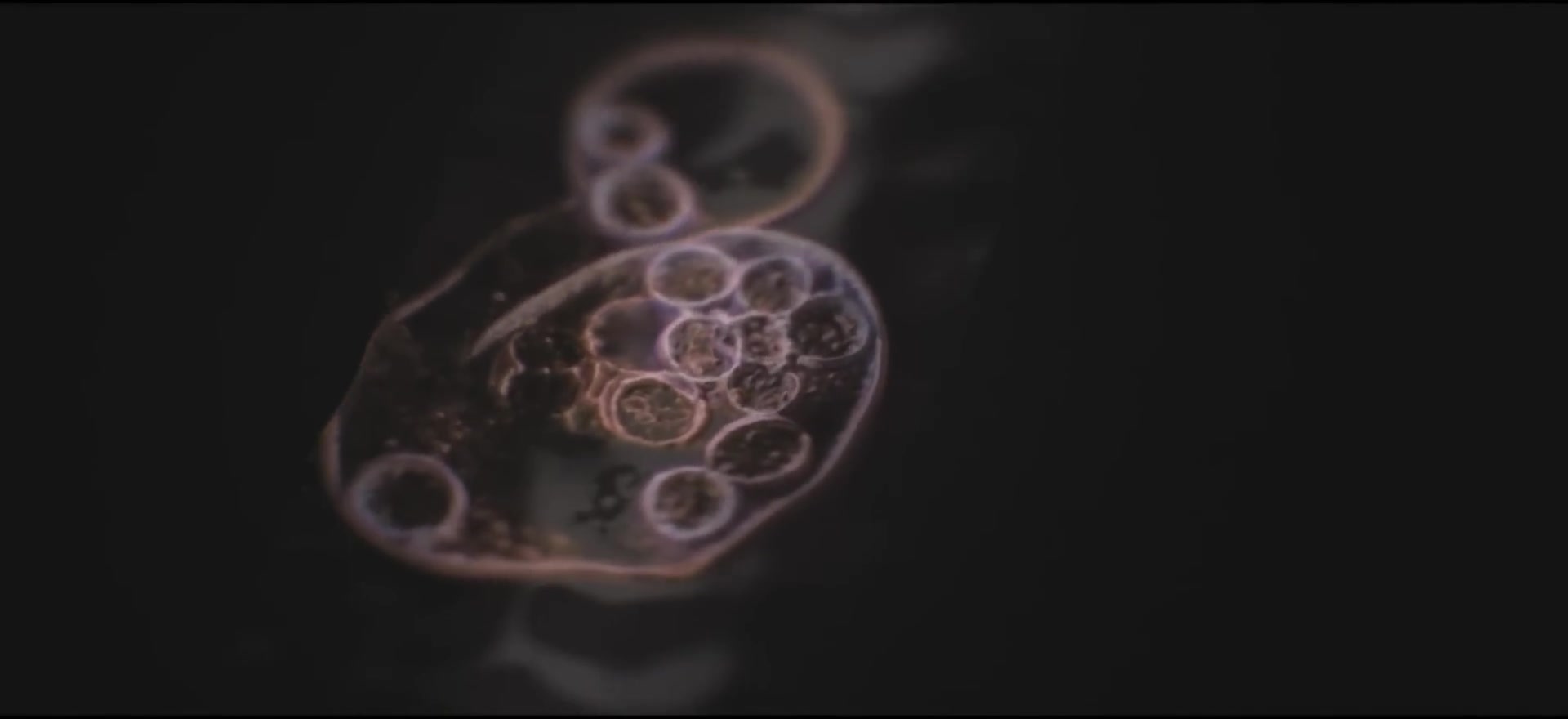
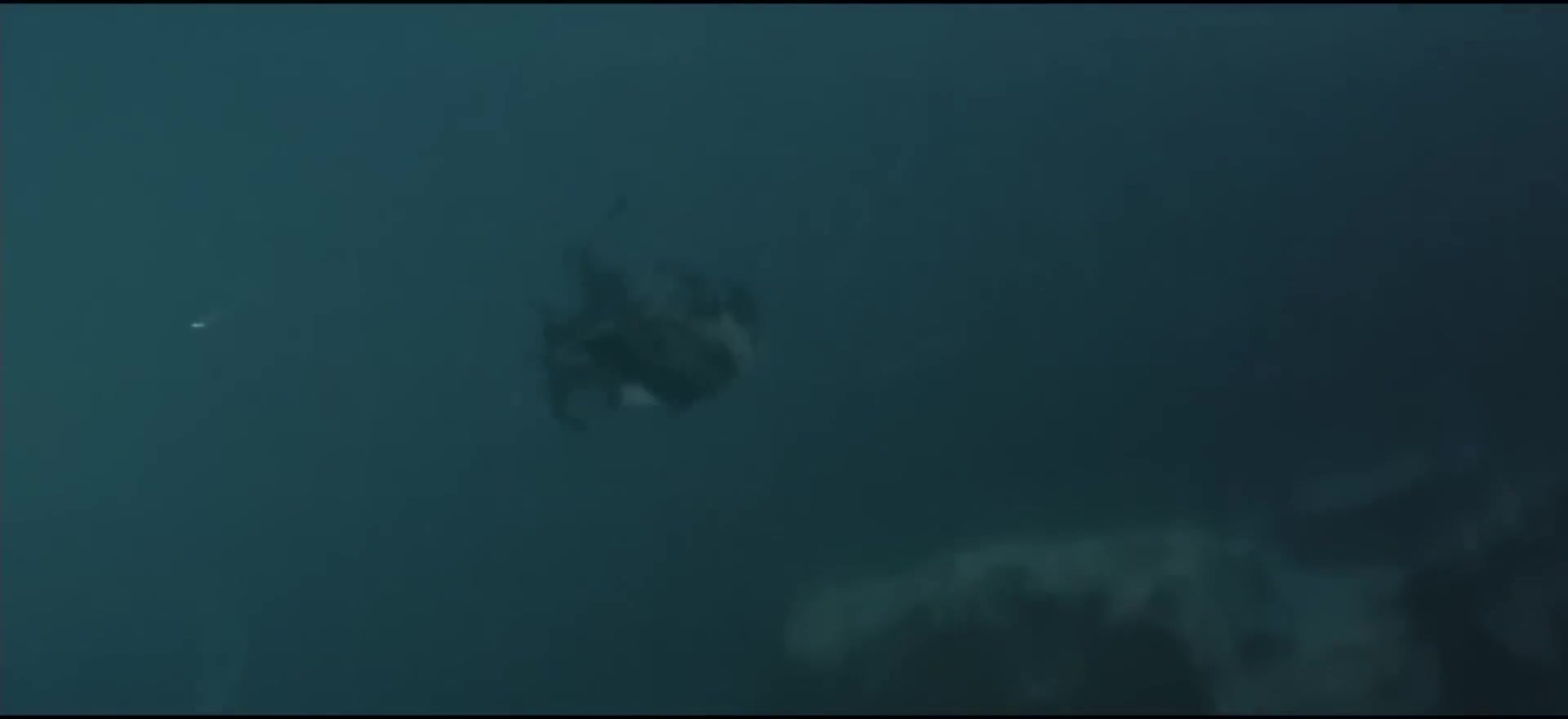





Neural Networks
First nervous systems and coordination
Survival machines develop clusters containing specialized brain capsules called neurons - a quarter million of these remarkable cells working in concert. Each neuron houses its own DNA string but serves a collective function, processing and transmitting information through complex neural impulses. An ordered flow of these impulses creates coordinated movement throughout the organism, enabling rapid communication and response. This marks the emergence of the first nervous systems - the foundation for all future intelligence.
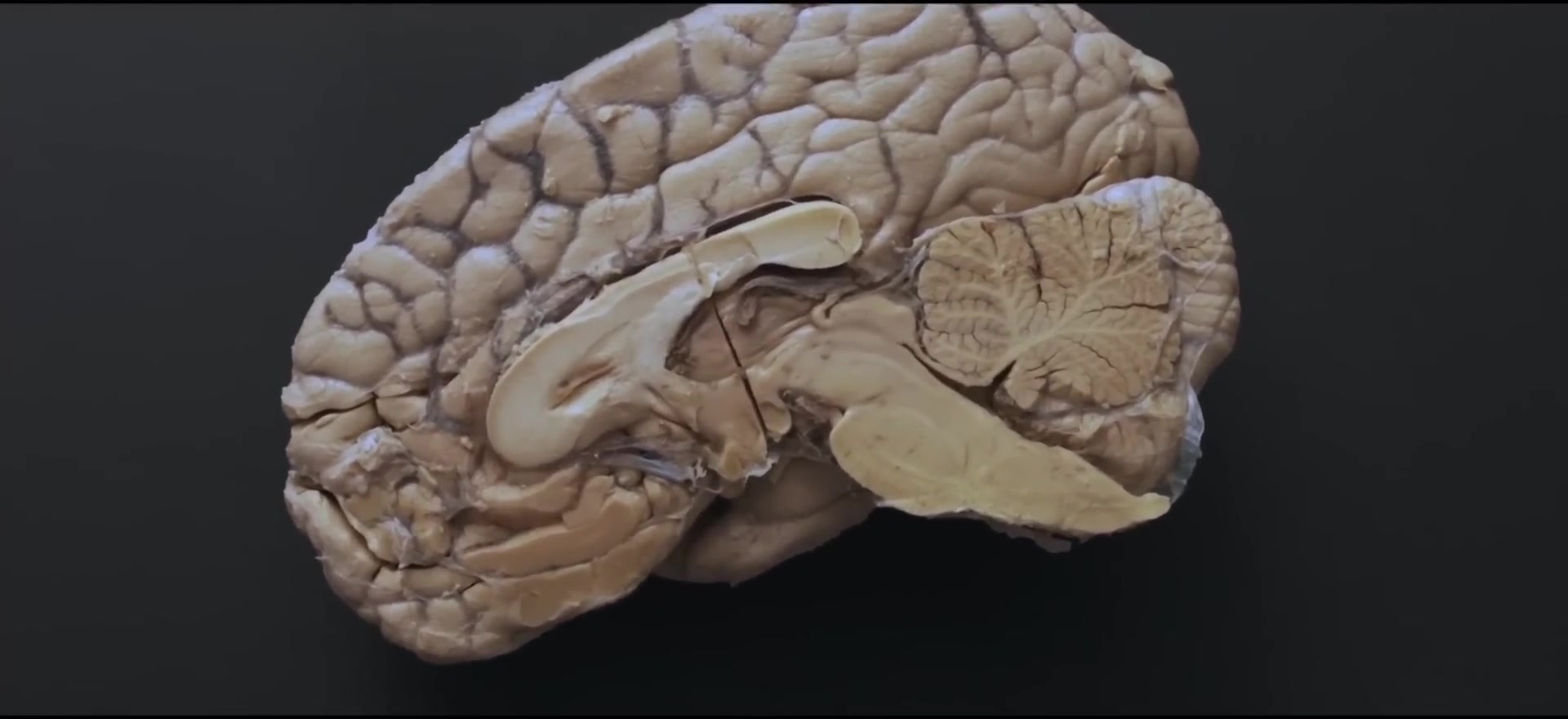
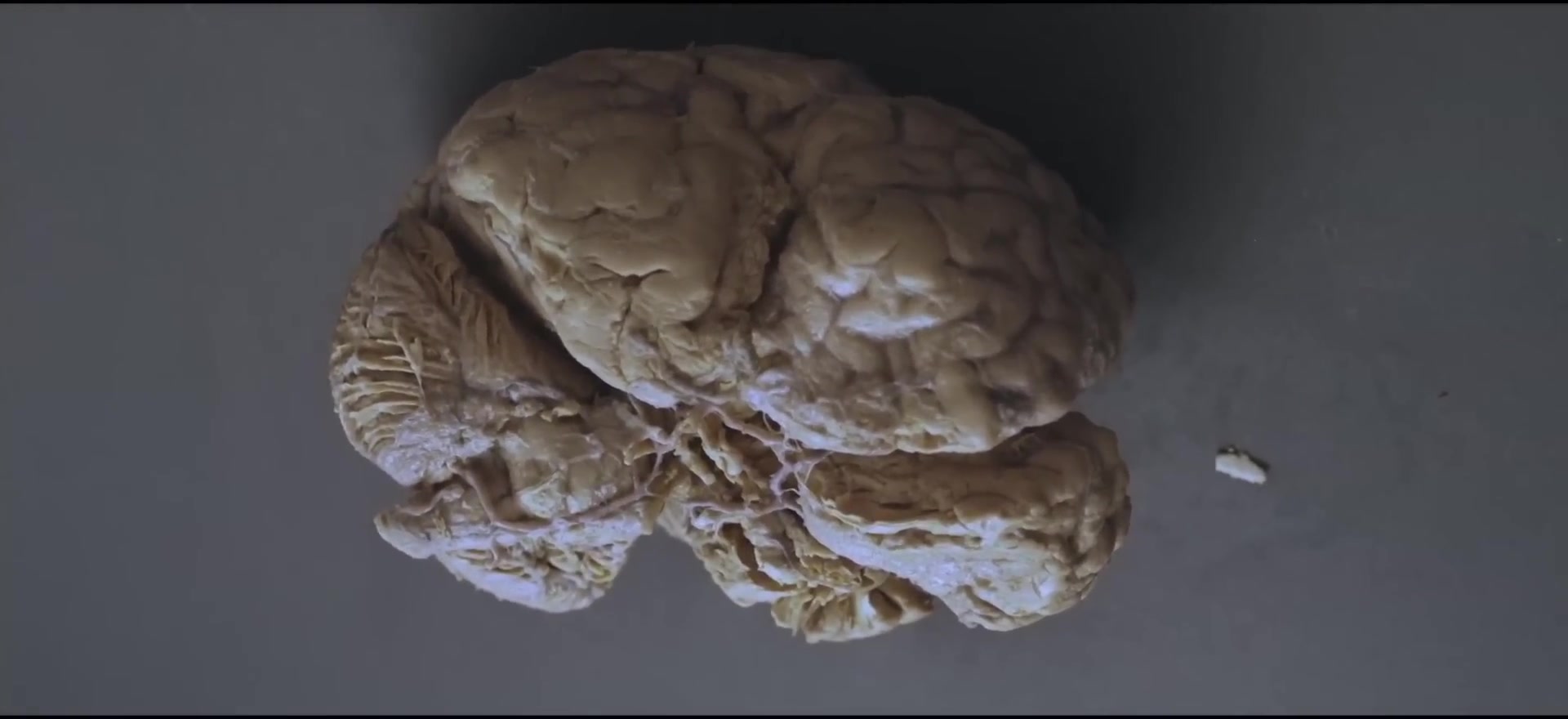
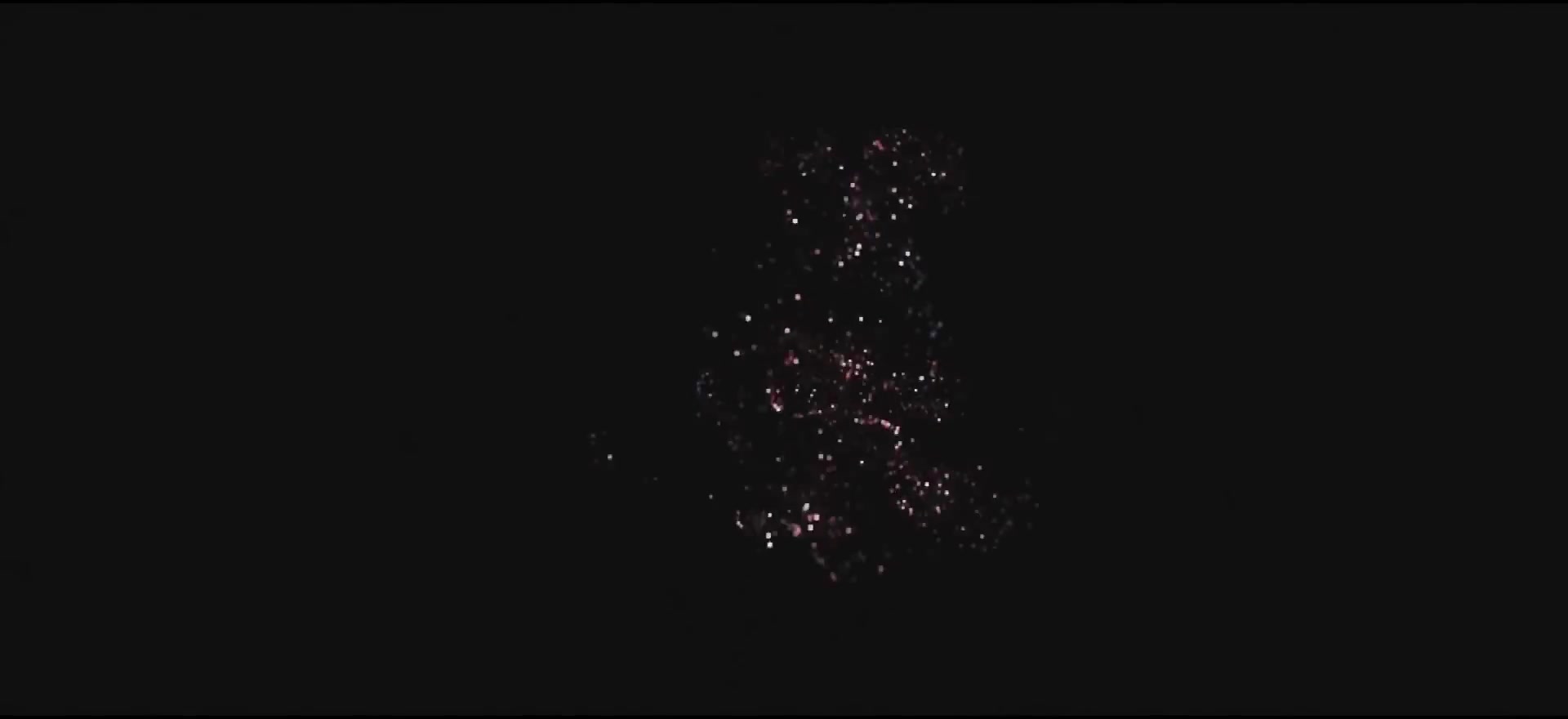
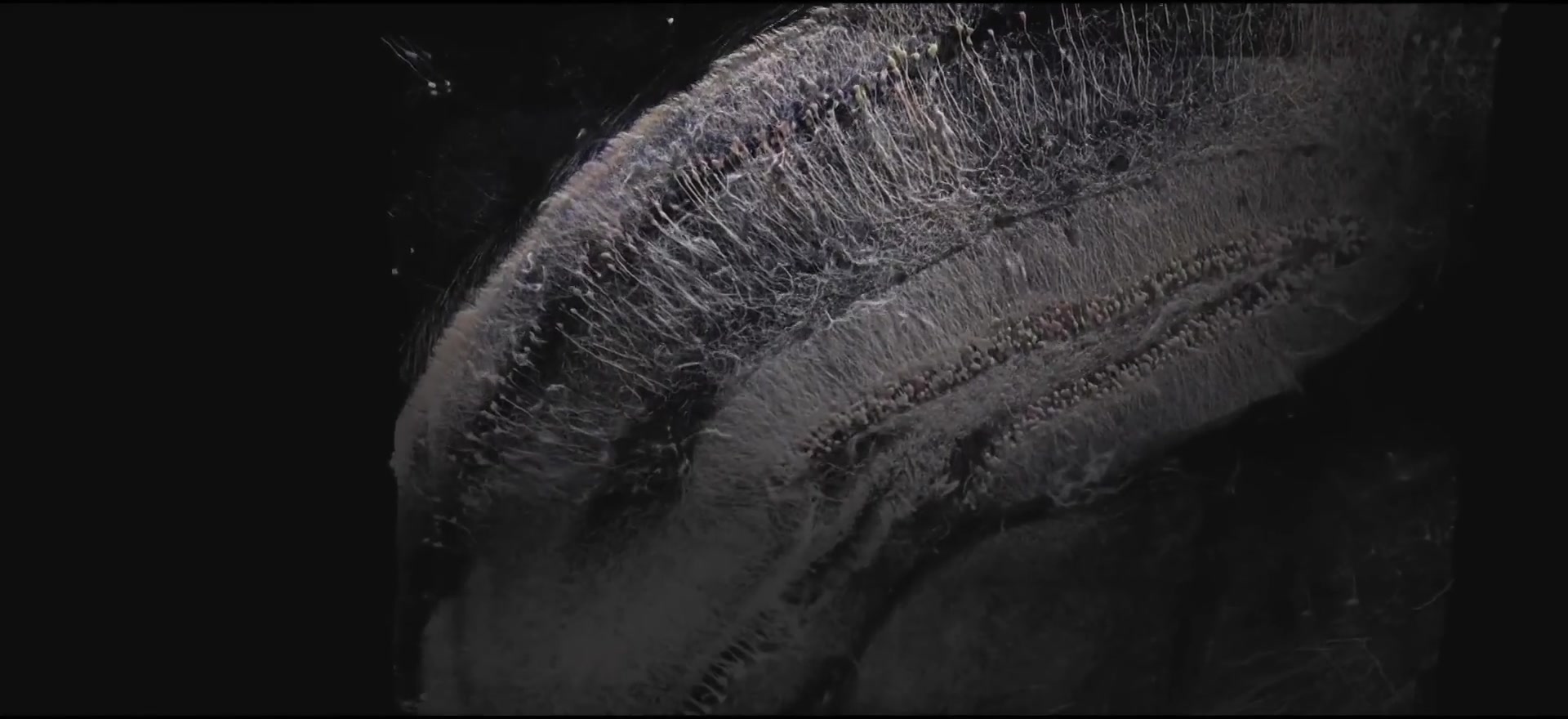






00:45 - 01:05
The rise of human intelligence introduces culture, technology, and symbolic thinking - new forms of information storage and transmission beyond genetic inheritance.
Human Evolution
Tools, fire, language, and death awareness
Human civilization emerges from early societies that develop complex social structures. Technological development accelerates as humans learn to create tools, control fire, and develop language. Modern technology and automation represent the latest phase of this evolution, while military technology demonstrates humanity's capacity for both creation and destruction. For the first time, crucial survival knowledge cannot be transmitted through DNA strings alone - it must be learned through observation and practice. This marks the birth of culture as a new form of information storage.
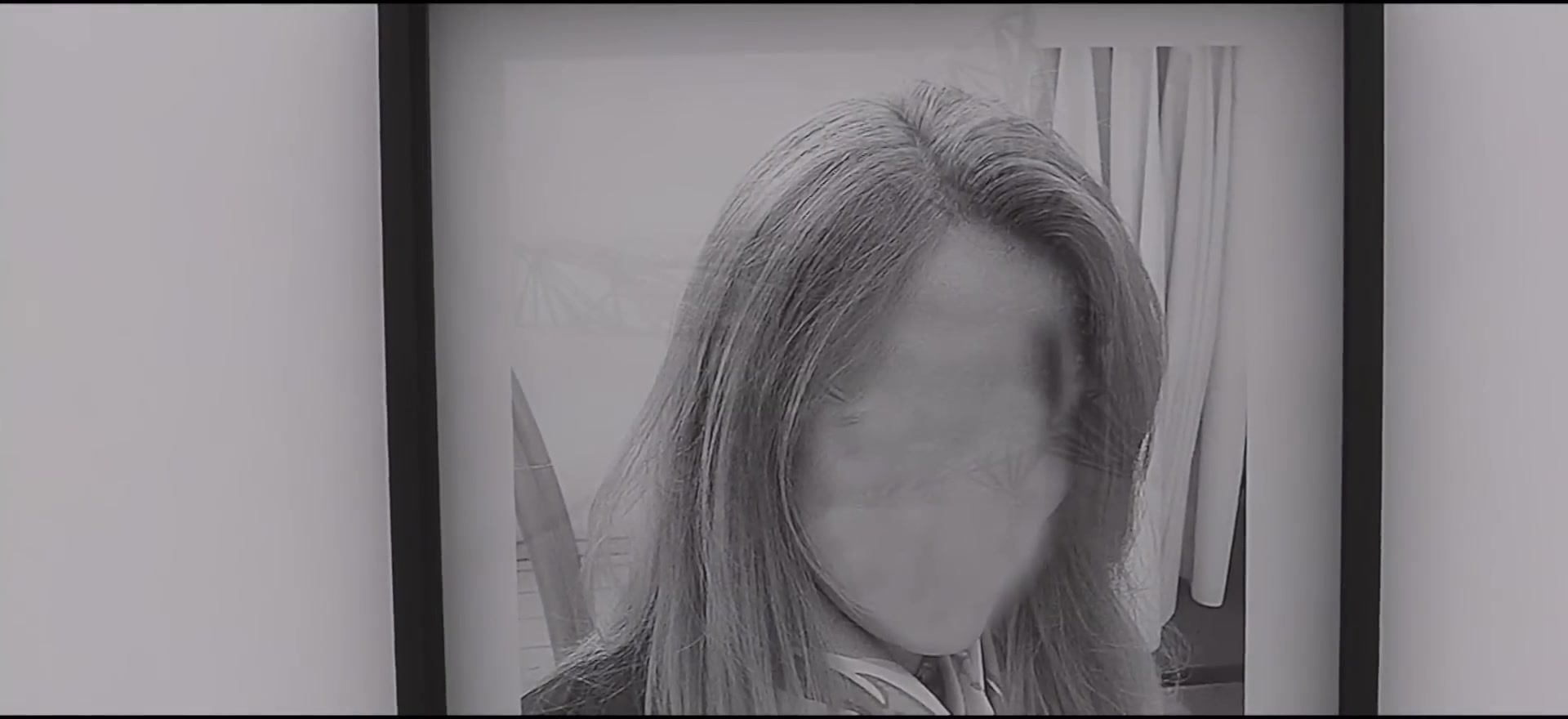

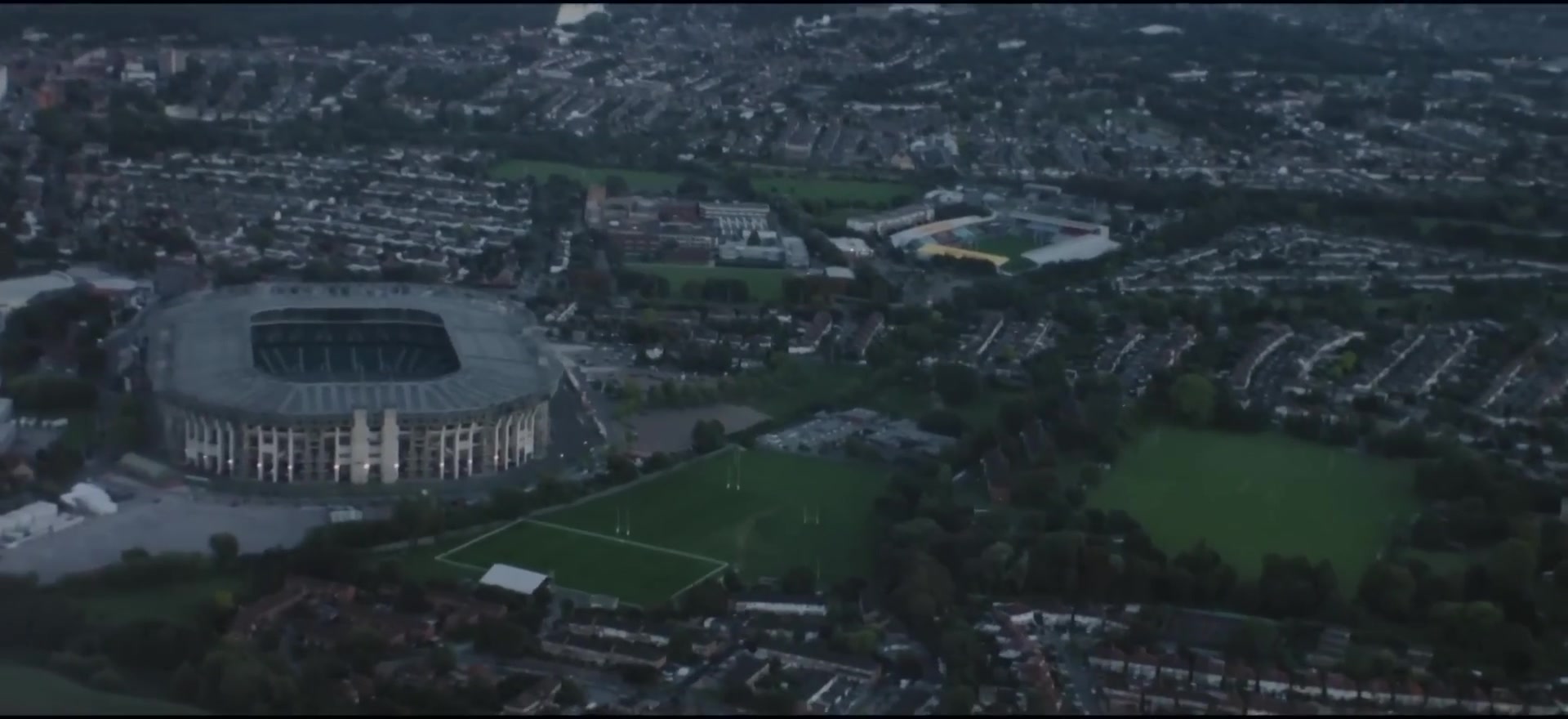
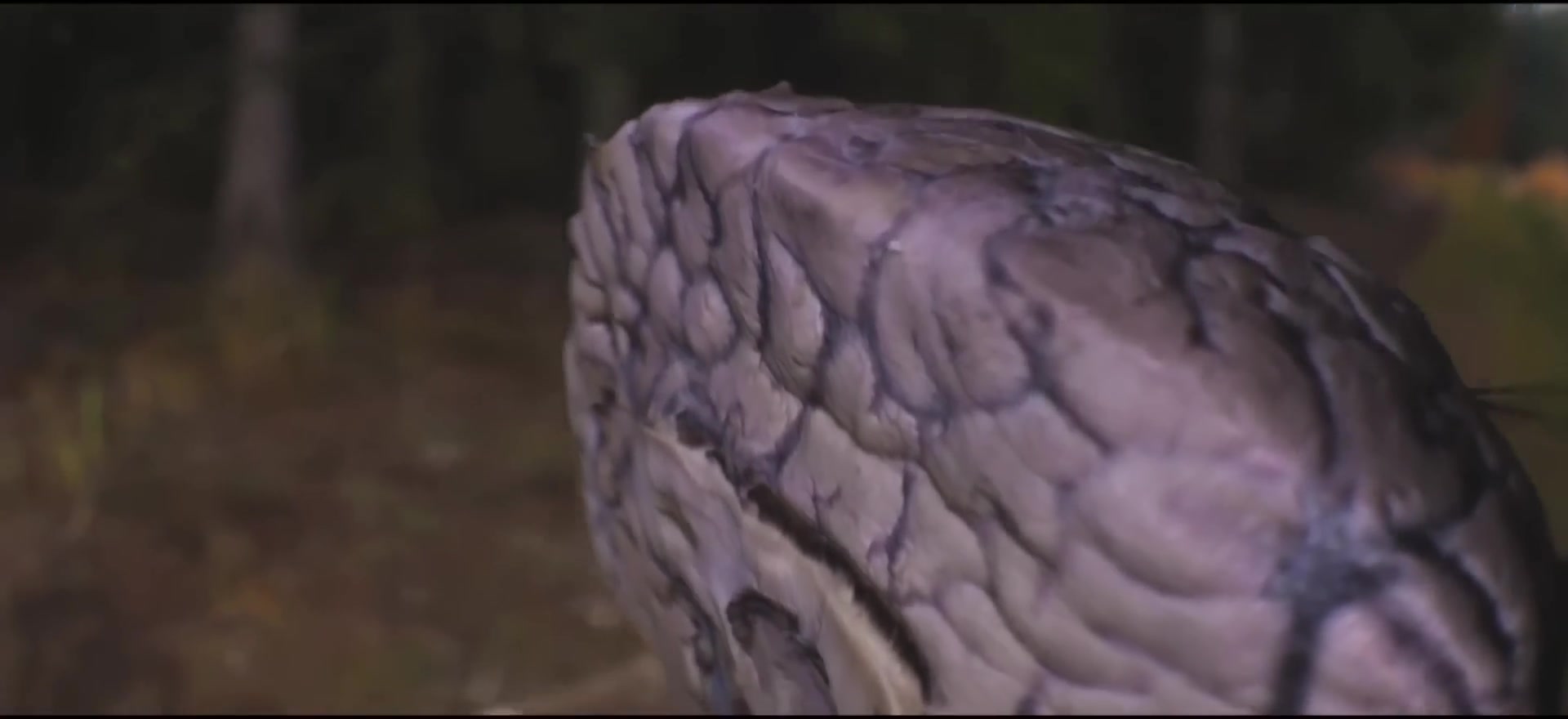
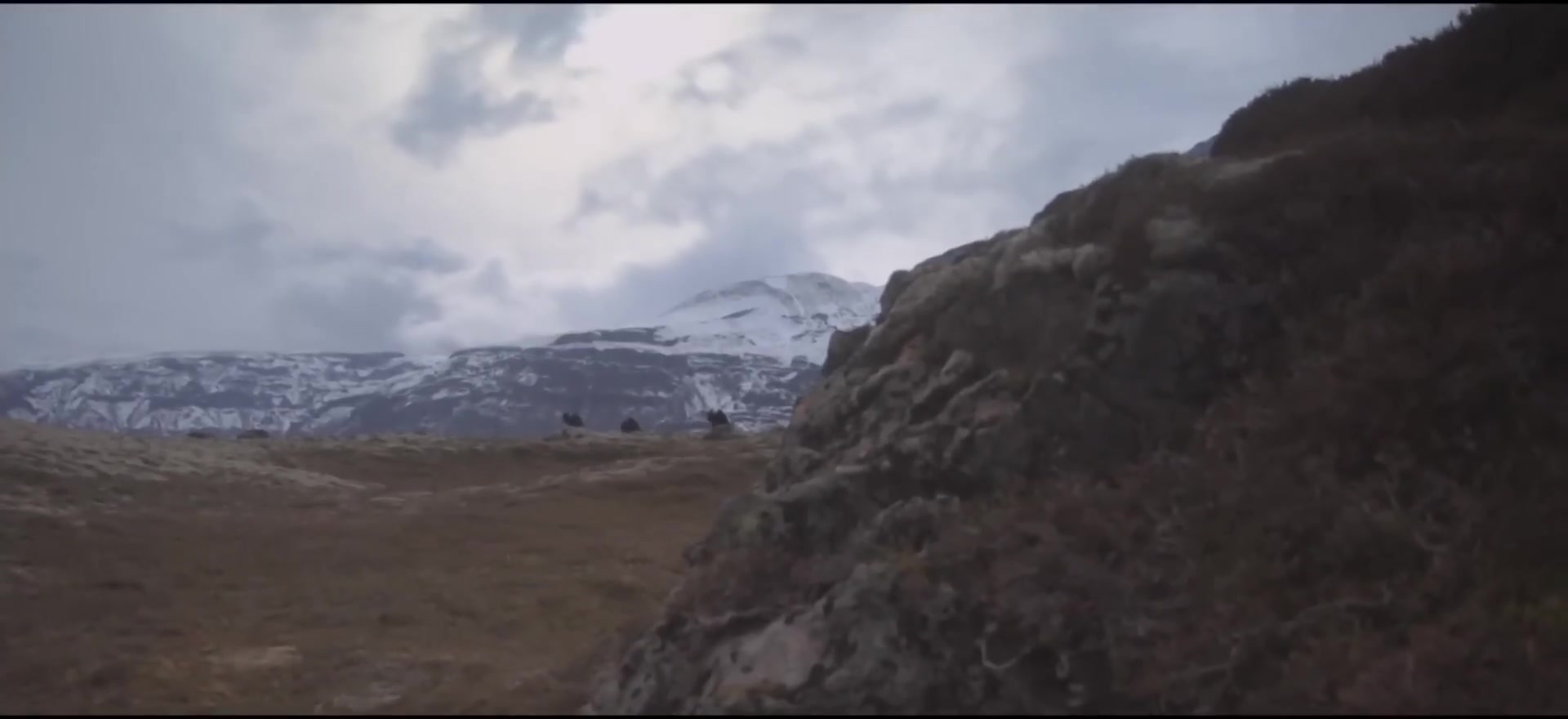
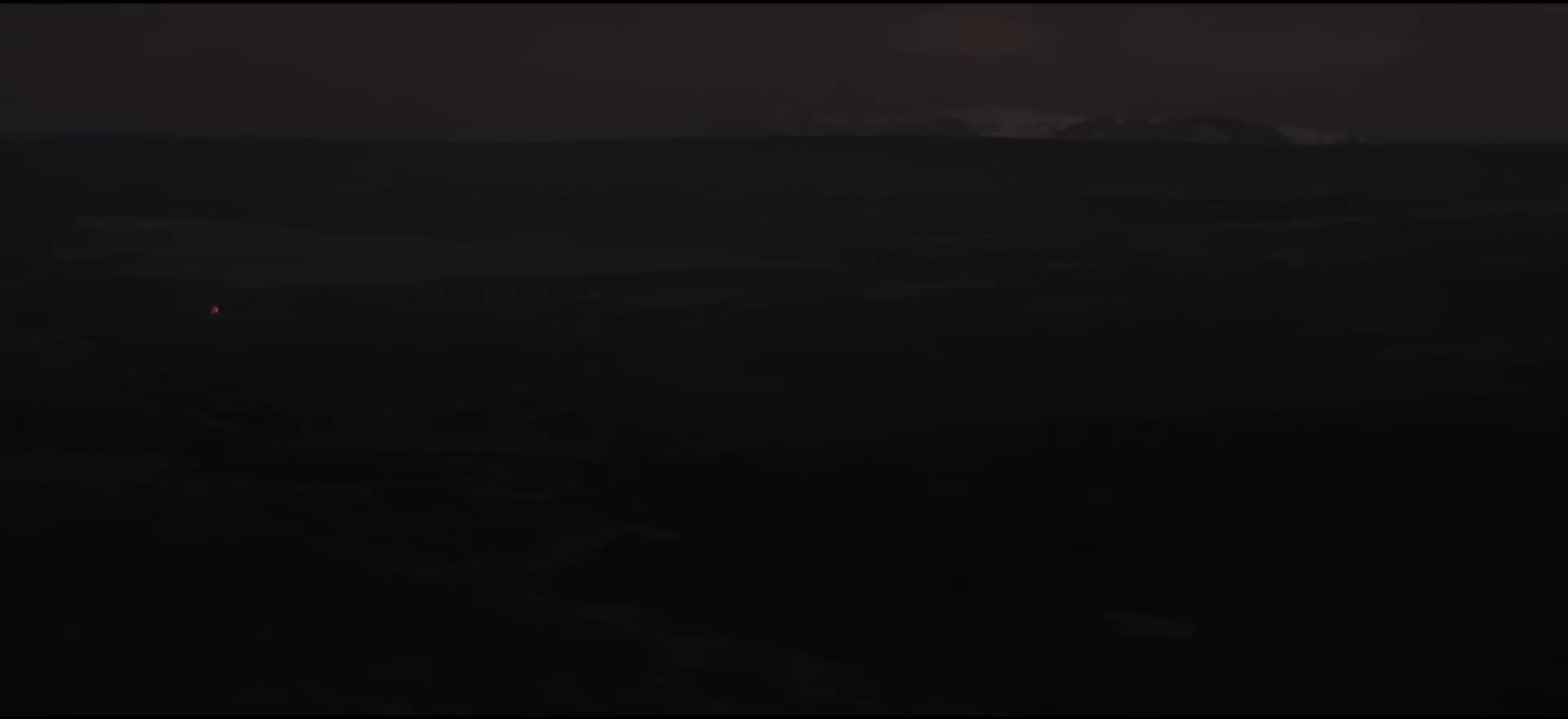






Culture and Religion
Imagination, social structures, and meaning-making
Dense brains enable event simulation and imagination, giving rise to concepts of invisible supernatural beings. Local fantasies manifest in rituals that spread through mimicry across generations. The notion of God emerges - protective deities in stable environments, capricious ones where nature is brutal. Simple laws develop around harmful behaviors, creating the first social structures that balance stability with adaptation.
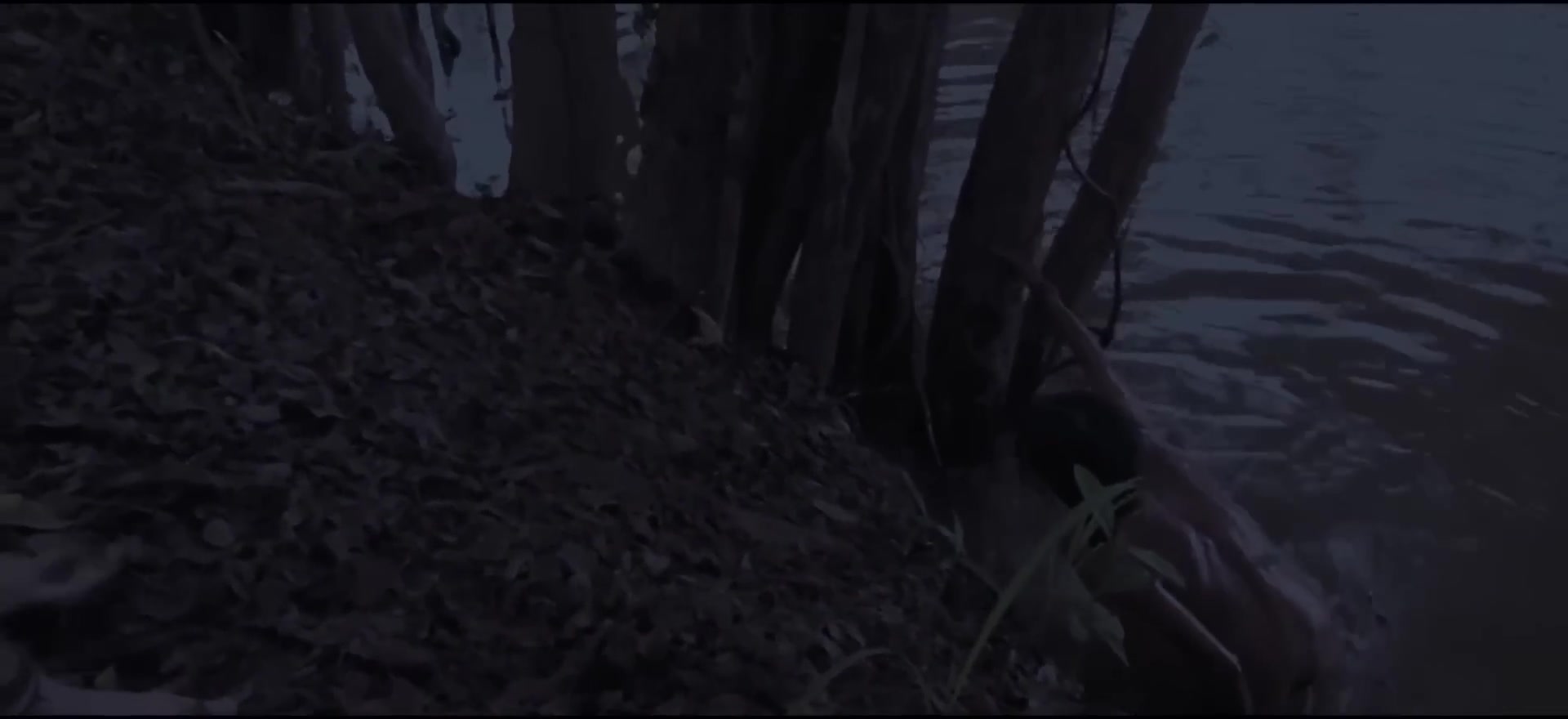
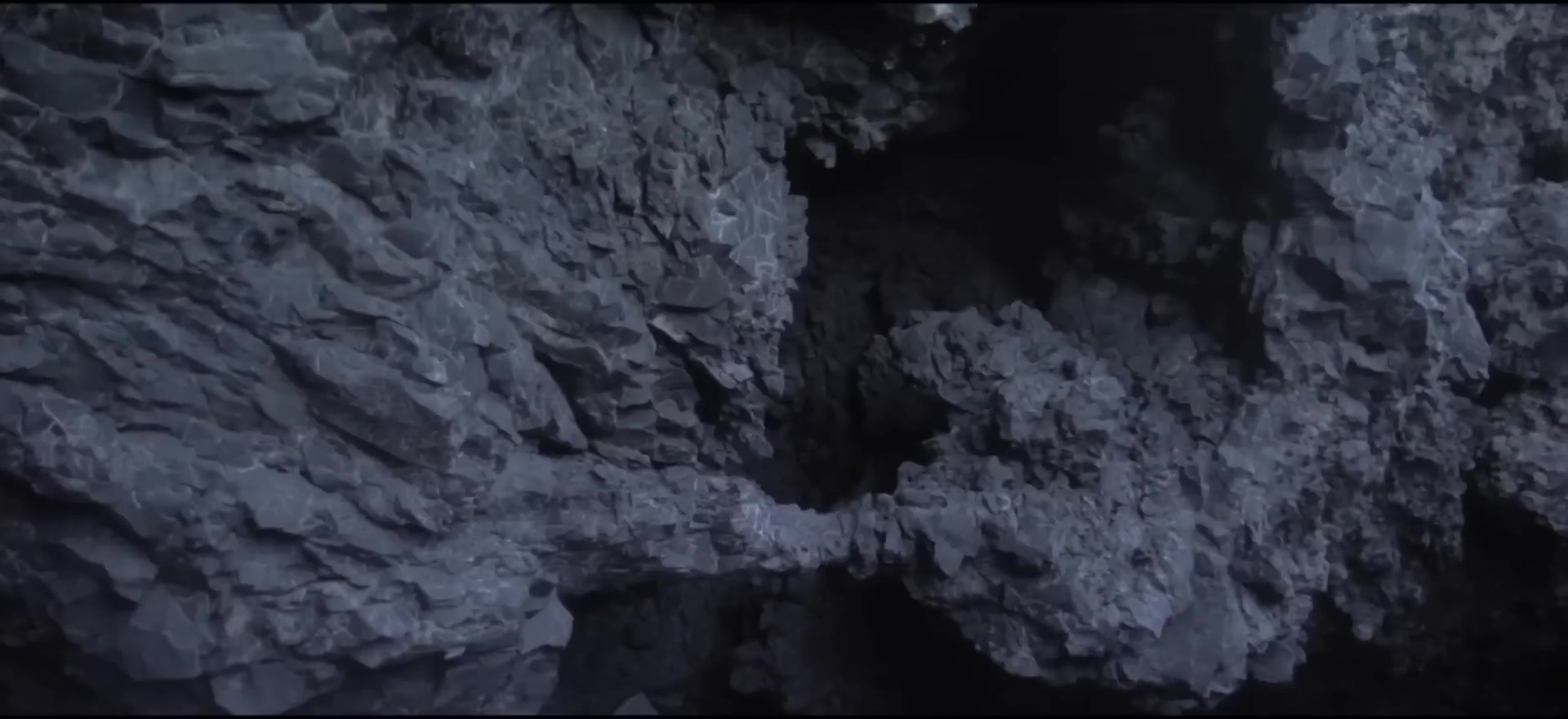
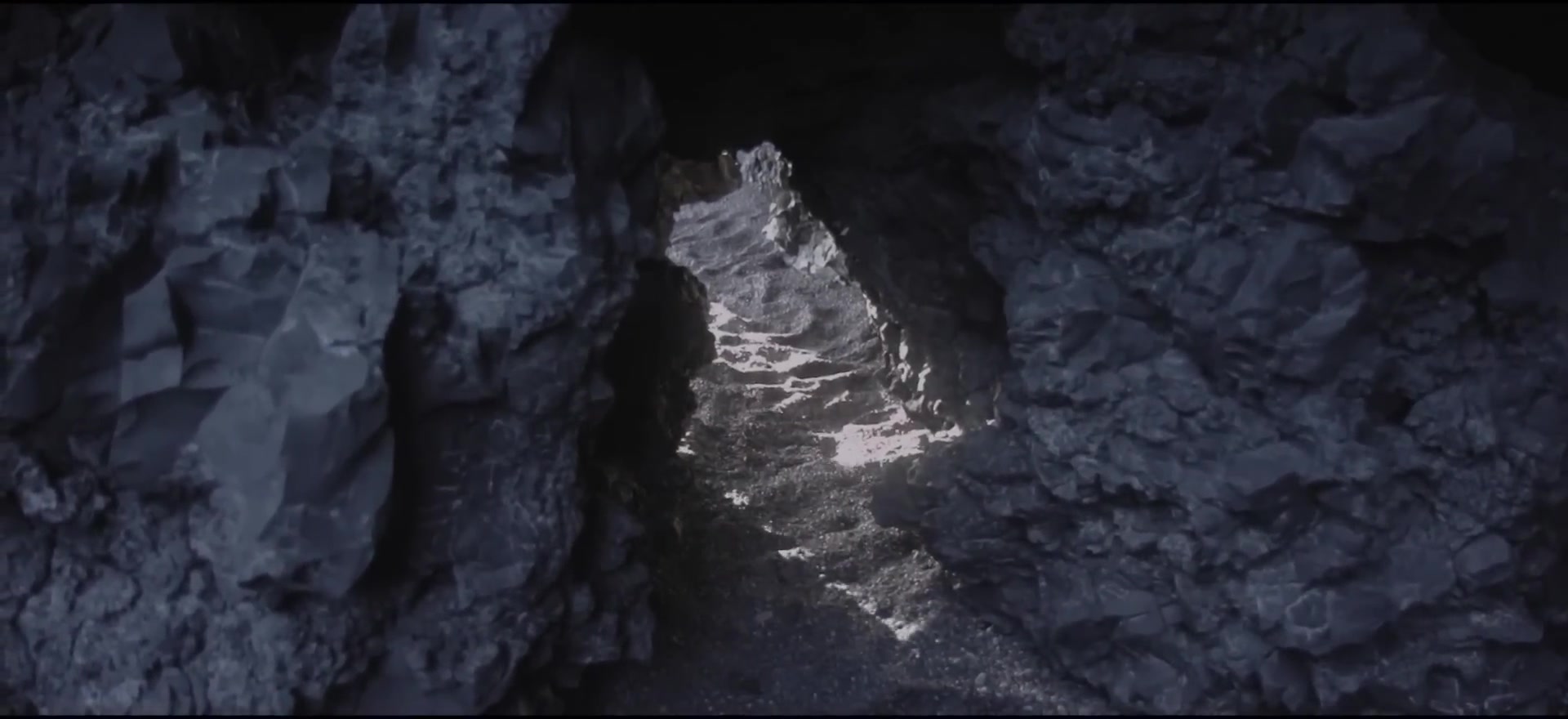
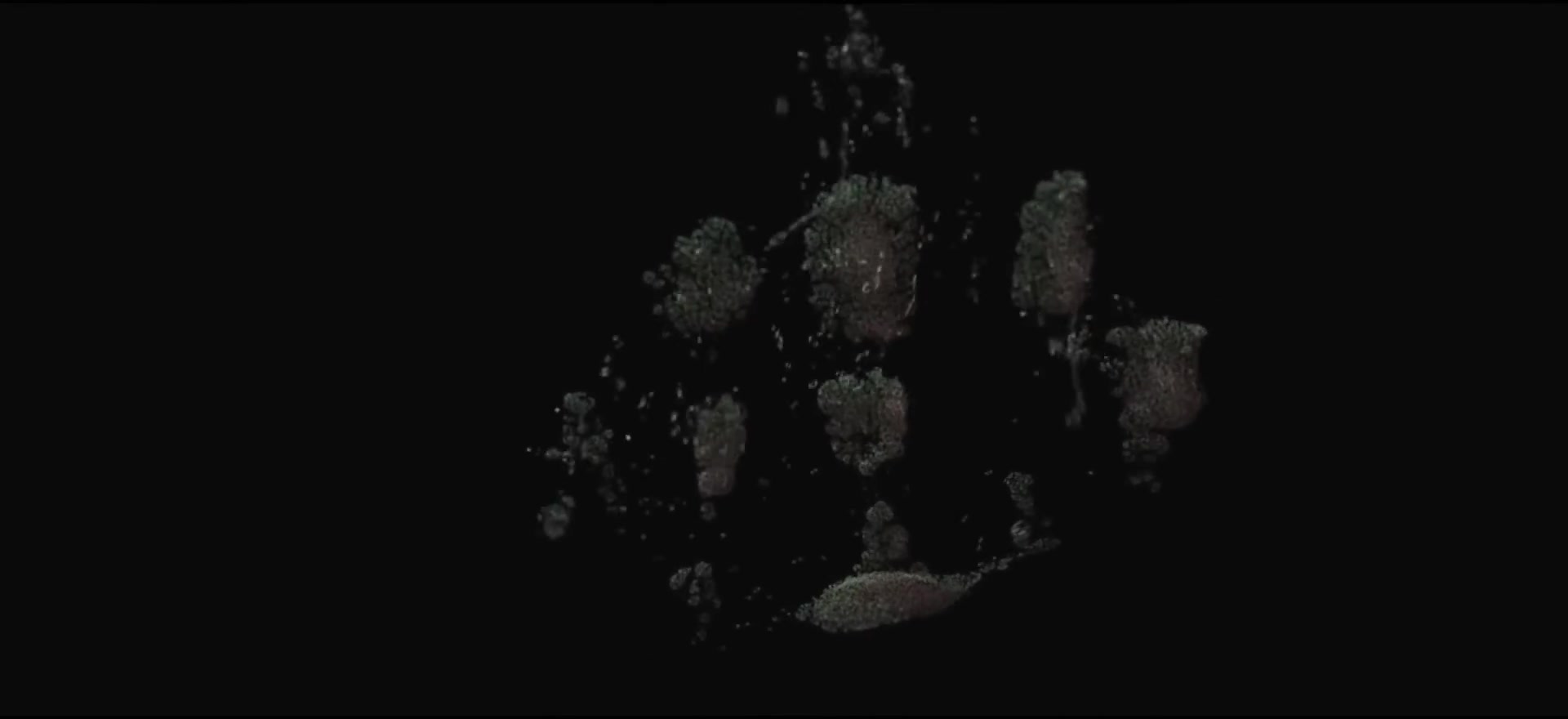
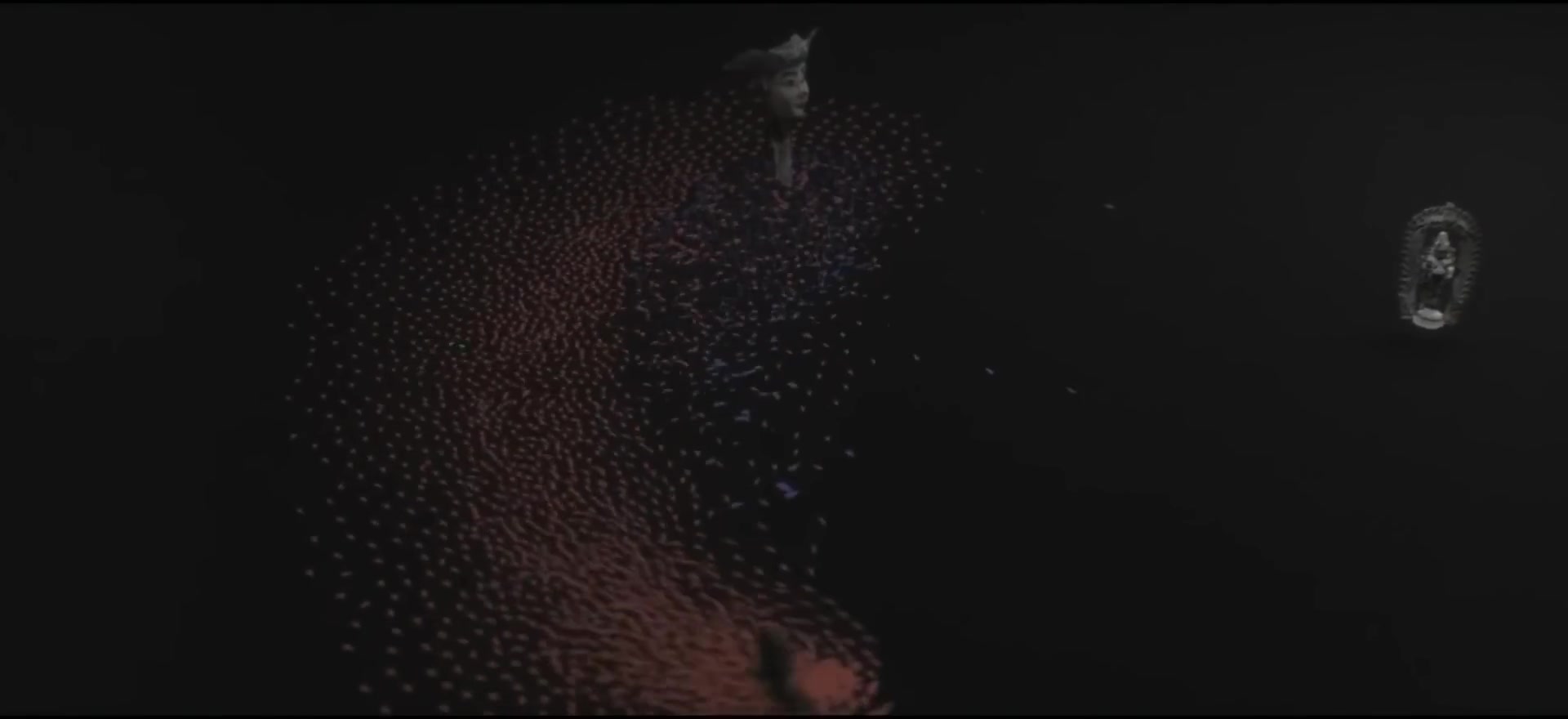
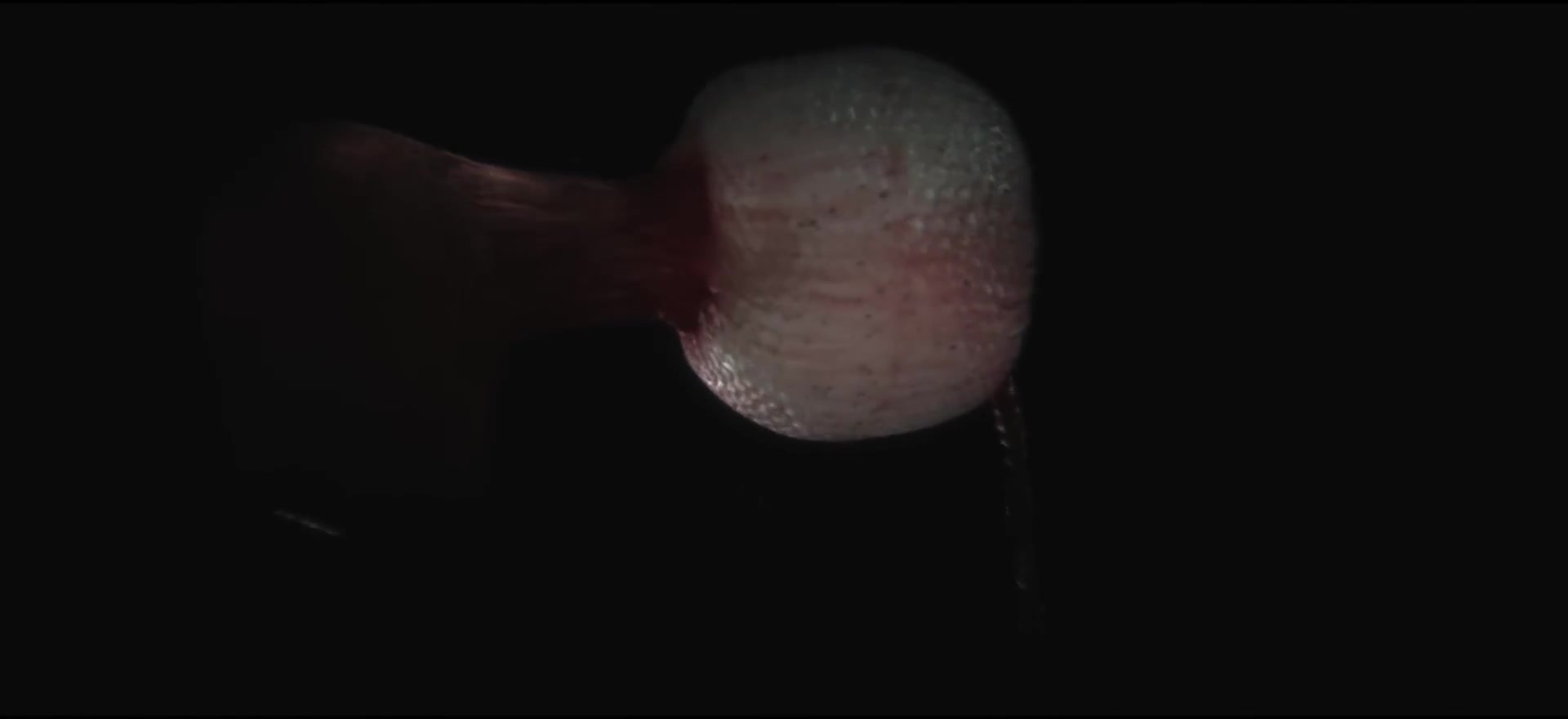






Human Development
Genetics, brain formation, and consciousness
Human development represents the most complex assembly process yet achieved. DNA strings organize onto disc-like chromosomes through intricate cellular machinery. A single misplaced atom can alter the entire developmental program. Brain structures determining gender form slowly, influenced by hormonal cascades. The growing organism represents billions of years of evolutionary refinement compressed into months of embryonic development.
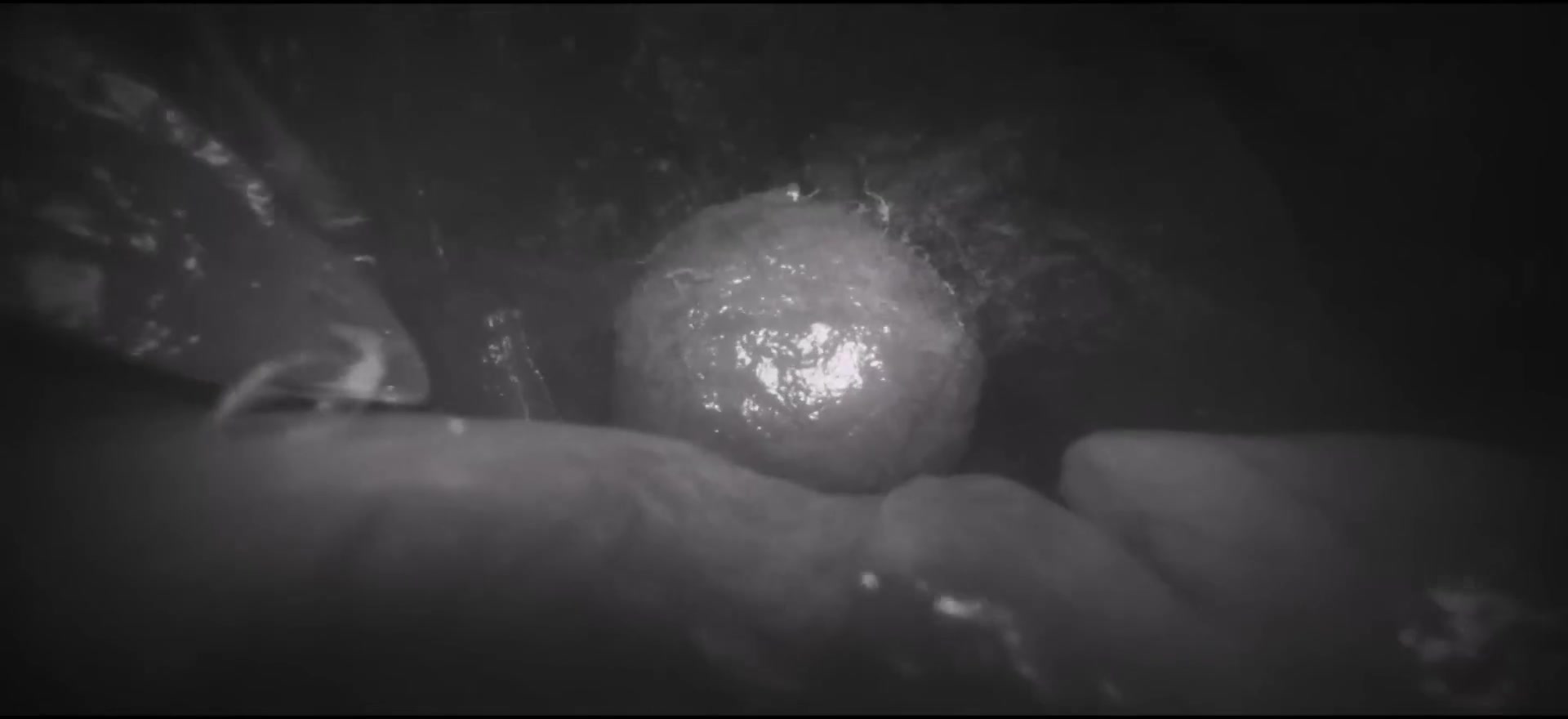
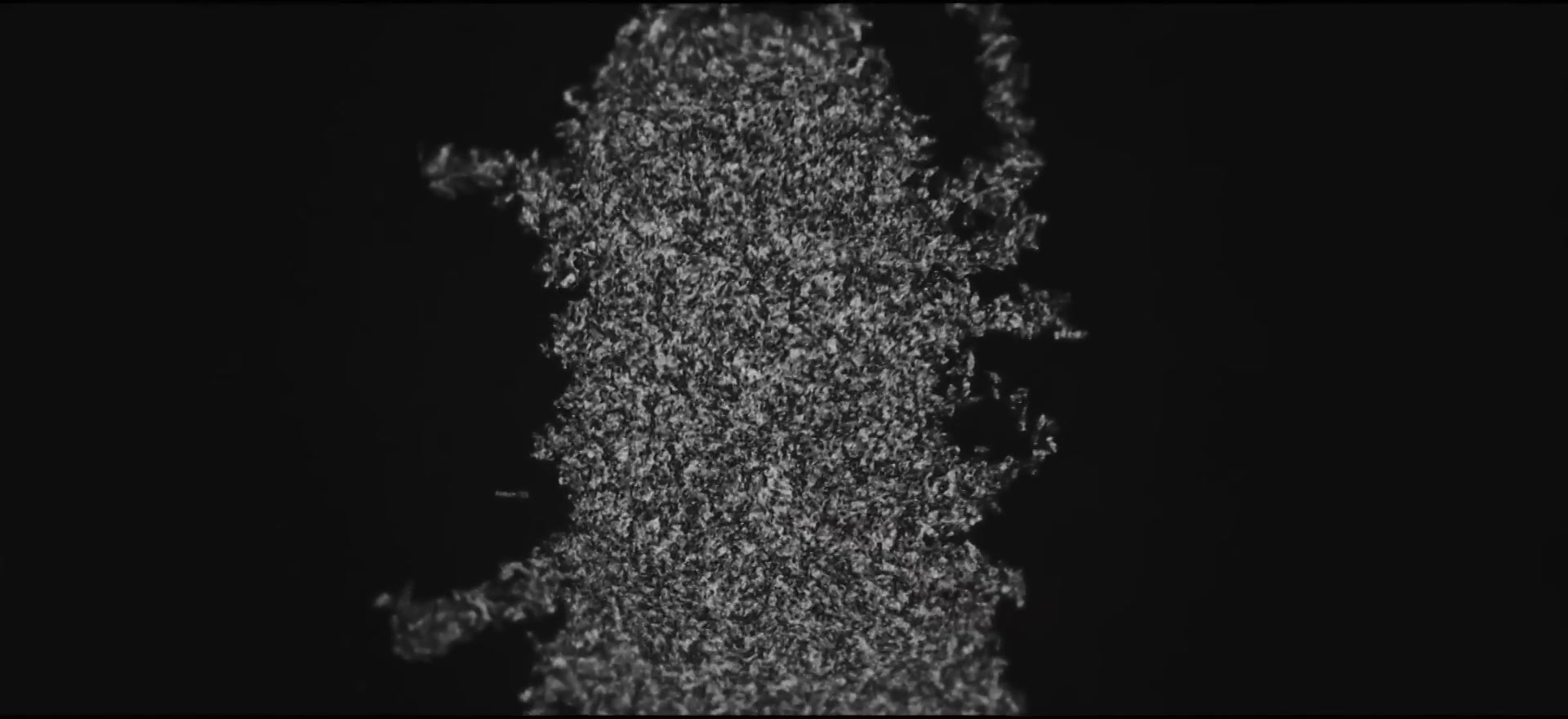
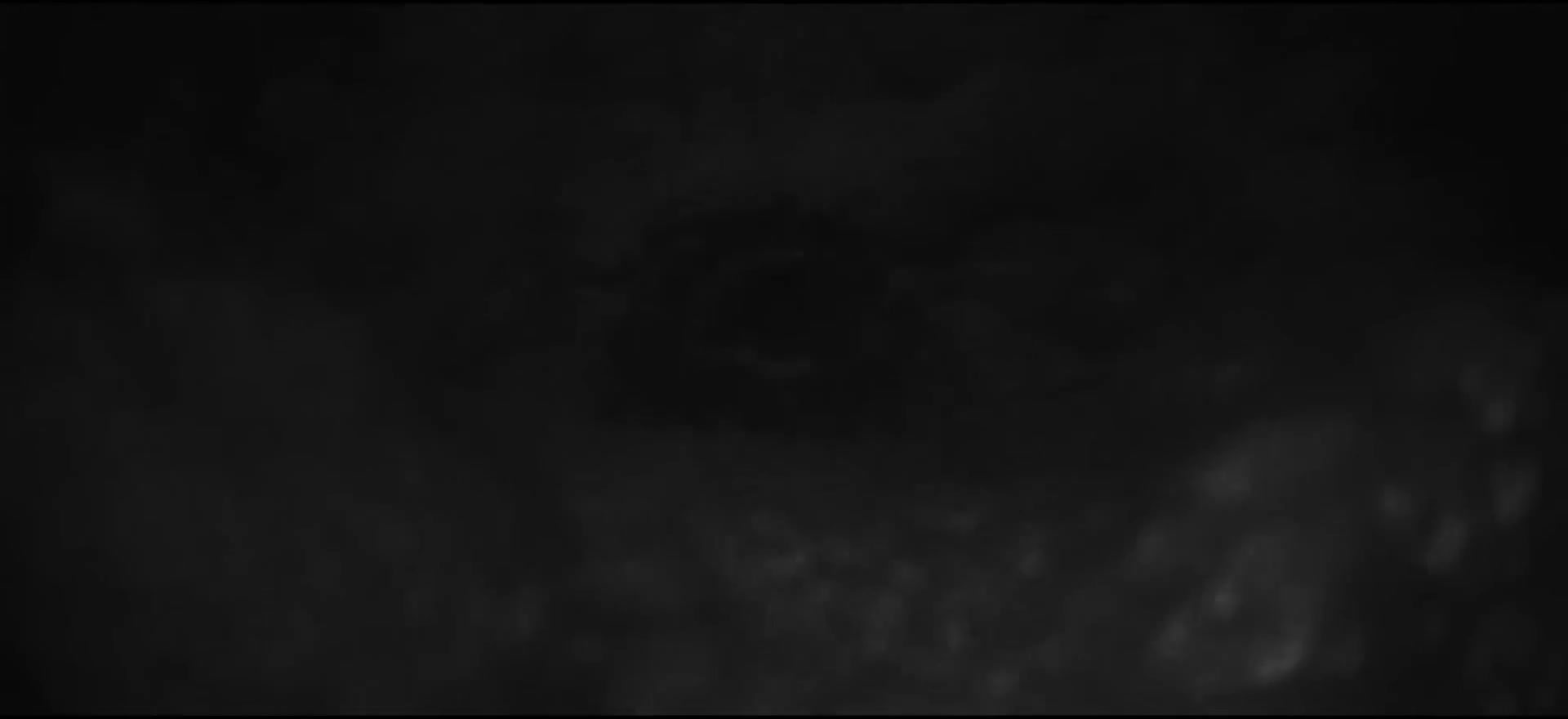

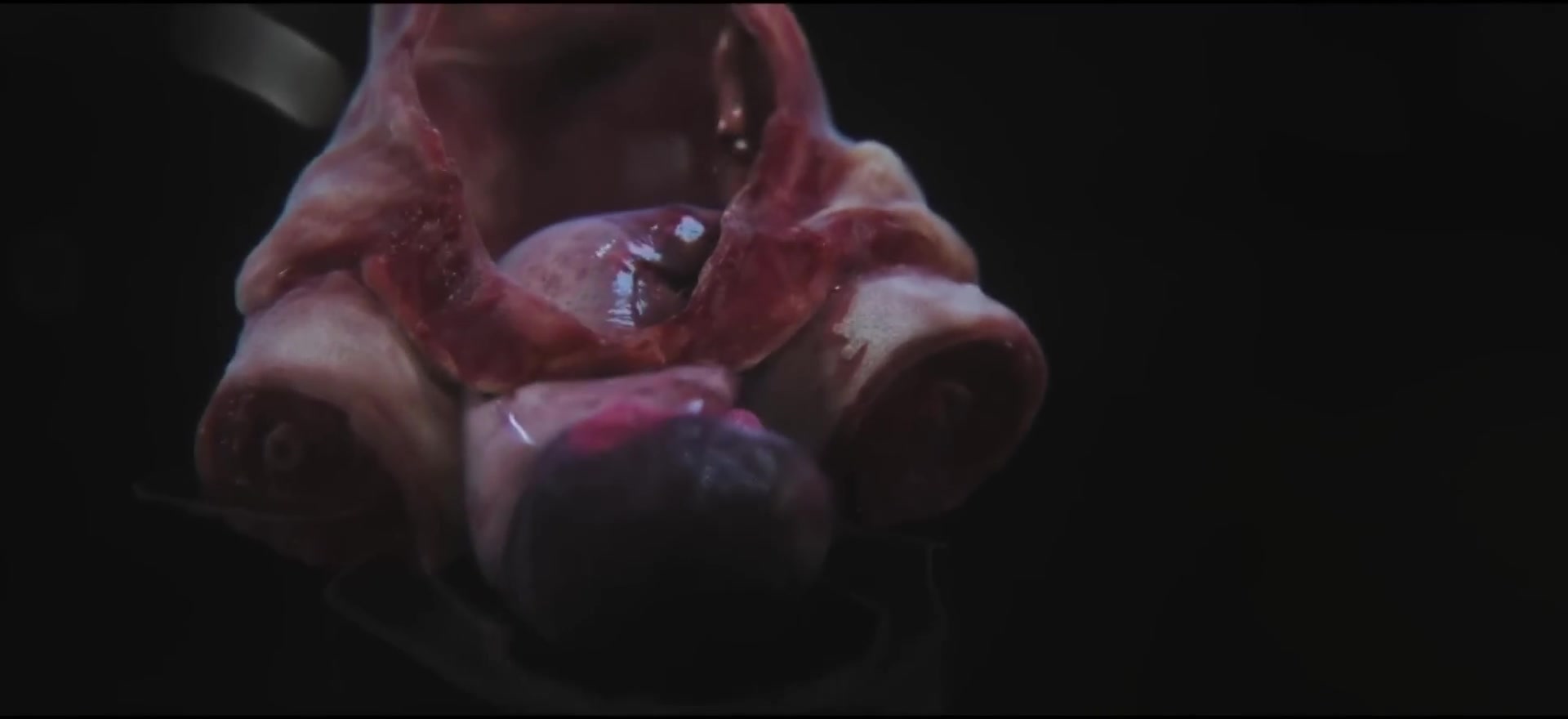





01:05 - 01:28
Understanding the mechanics of mind and the emergence of aesthetic experience - why beauty, creativity, and consciousness matter in the cosmic story.
Brain and Consciousness
Neural mechanics and the mystery of self
The brain reveals itself as a layered structure - primitive stem controlling basic functions, limbic system managing emotions, and cortex processing complex thoughts. Neurons communicate through cascading chemical signals, not simple electrical flow. Consciousness emerges somewhere in the frontal regions, though how neuron activity converts to subjective experience remains mysterious. The brain creates virtual simulations, enabling imagination and self-reflection.
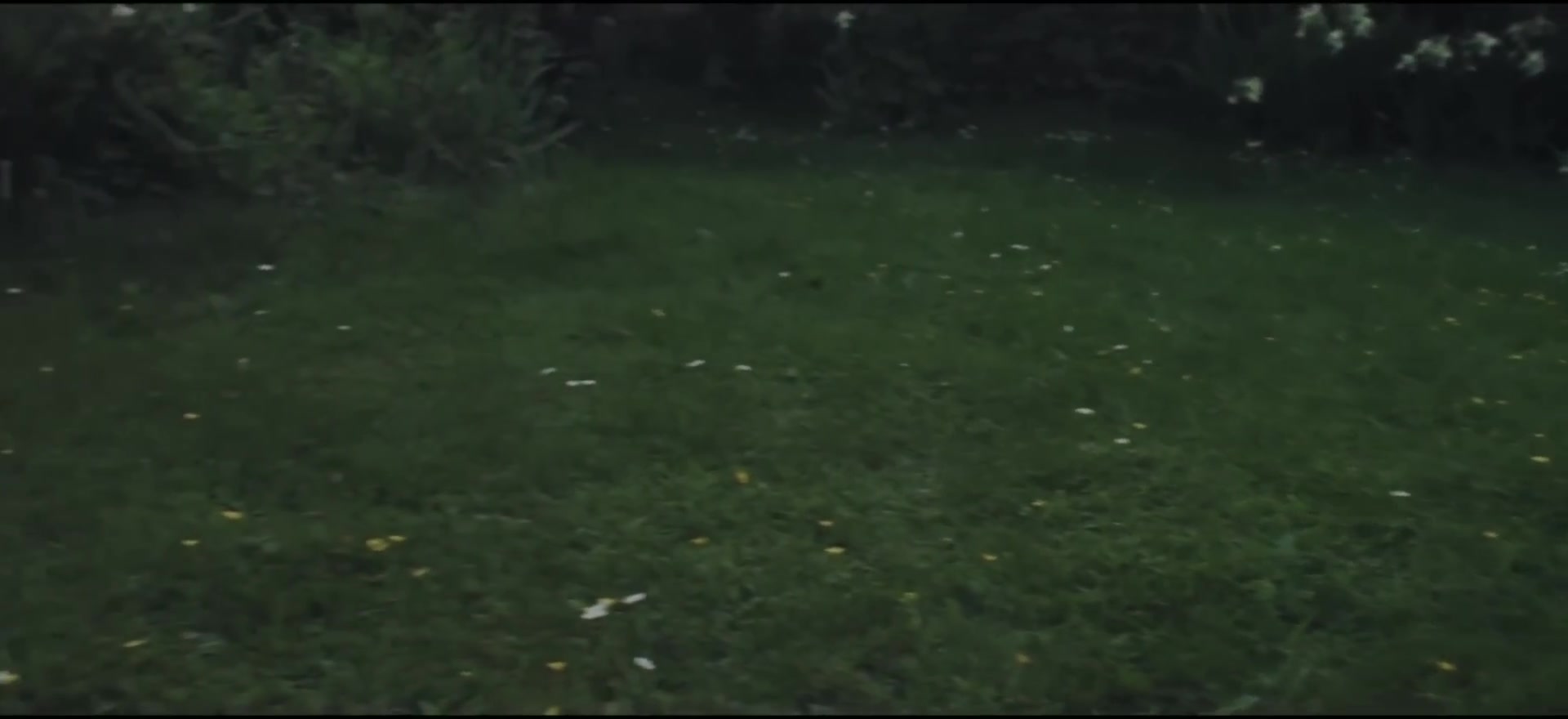
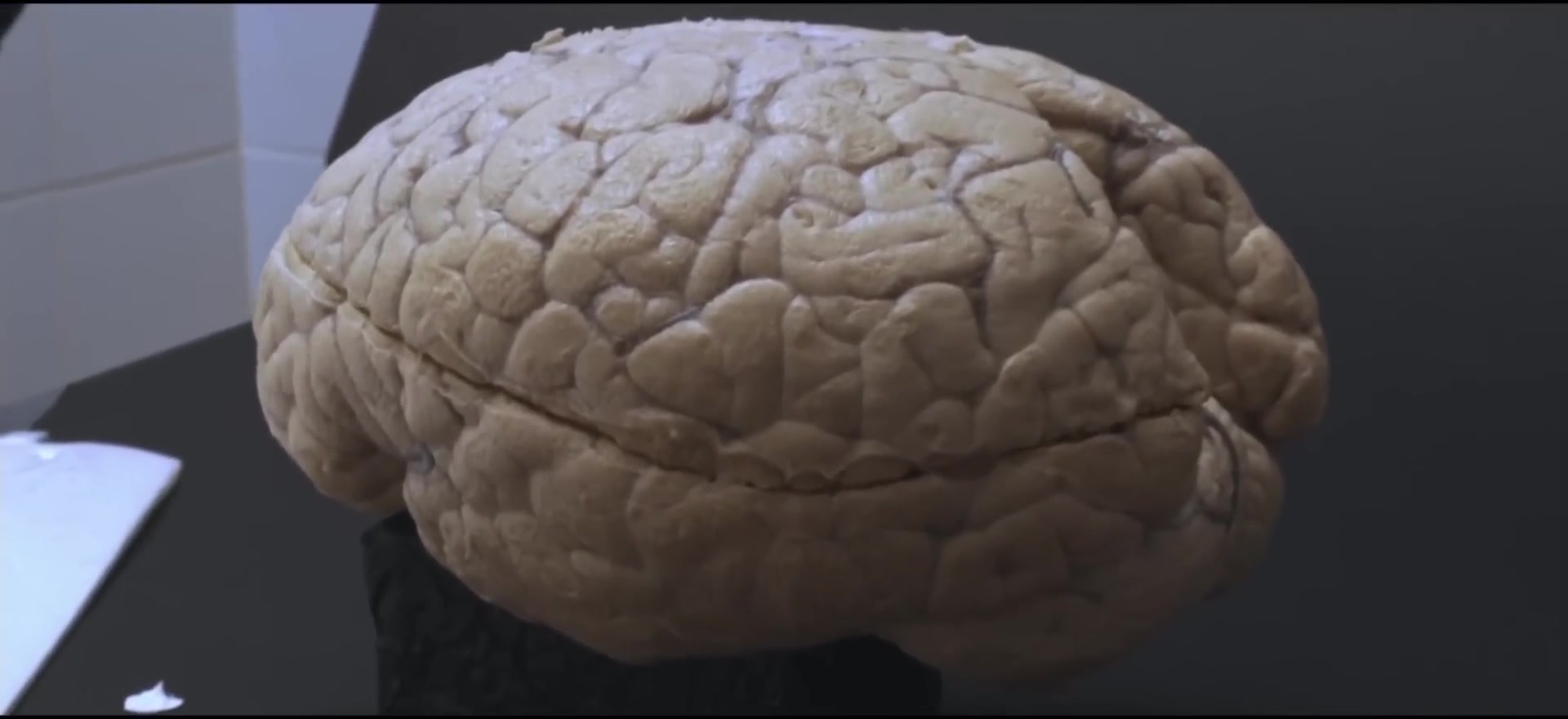

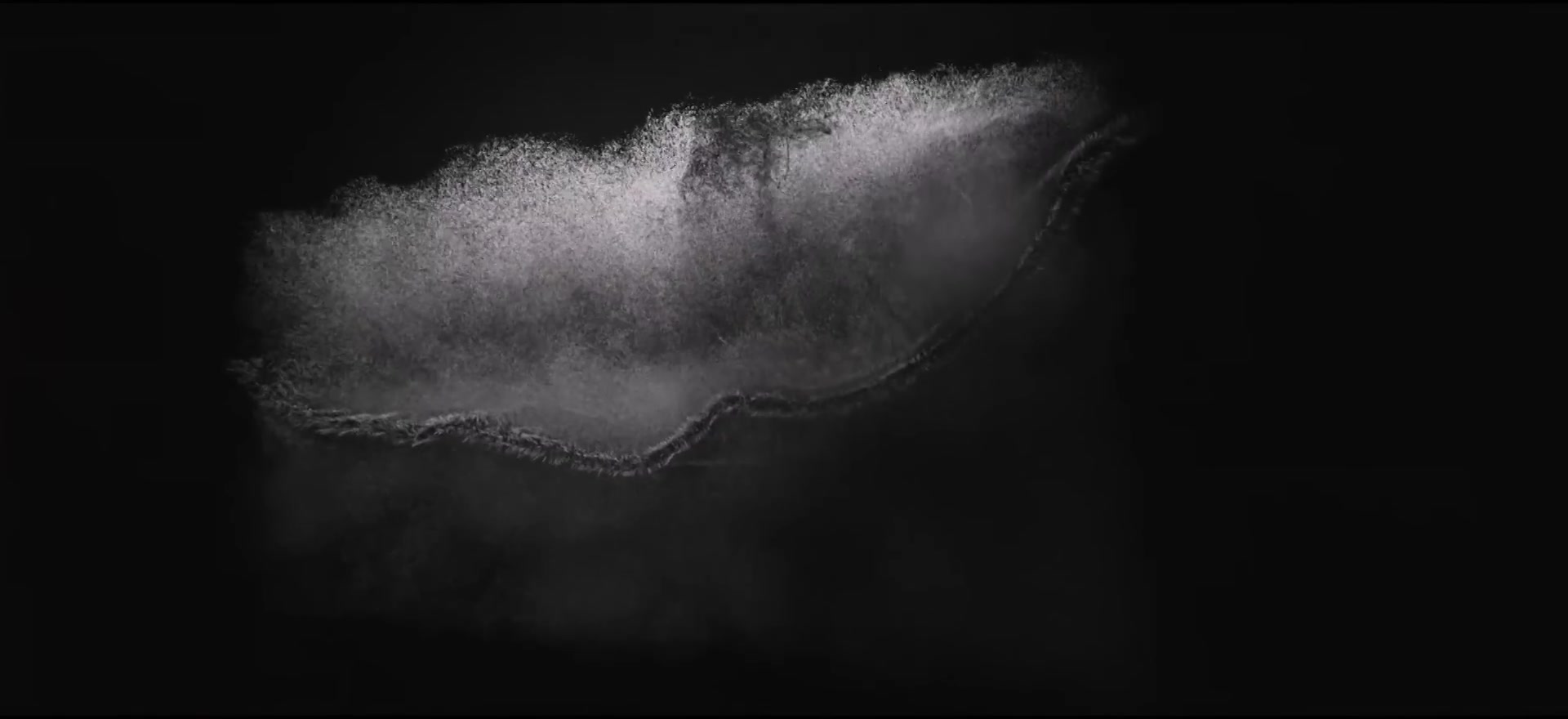
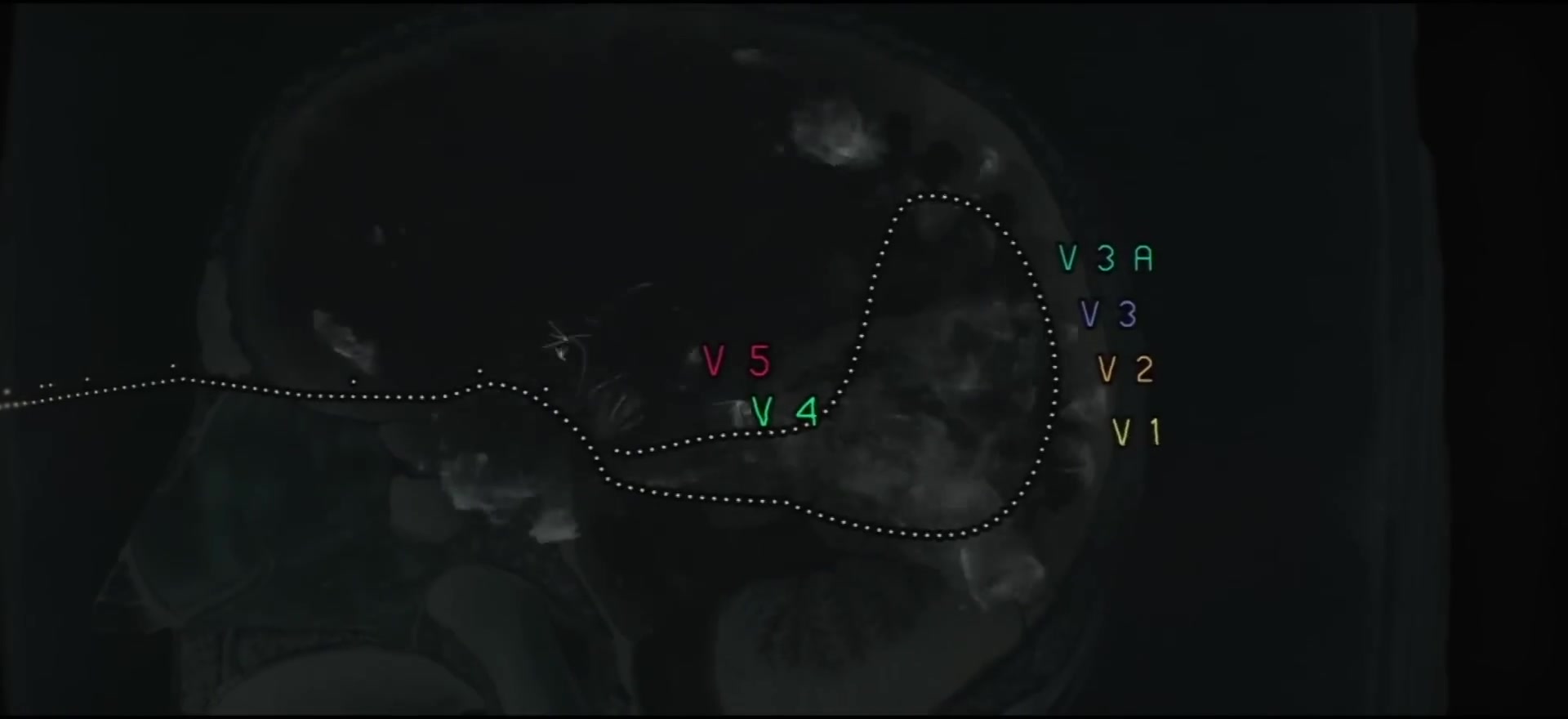






Art and Creativity
Human expression and aesthetic sense
An unexpected phenomenon emerges - humans create refined artistic expressions with no apparent survival value. Modern art, literature, and aesthetic sense suggest some form of evolutionary fitness for brains capable of appreciating beauty and meaning. These creative capacities hint at neural complexity that extends far beyond mere survival, pointing toward consciousness as an end in itself rather than just a survival tool.
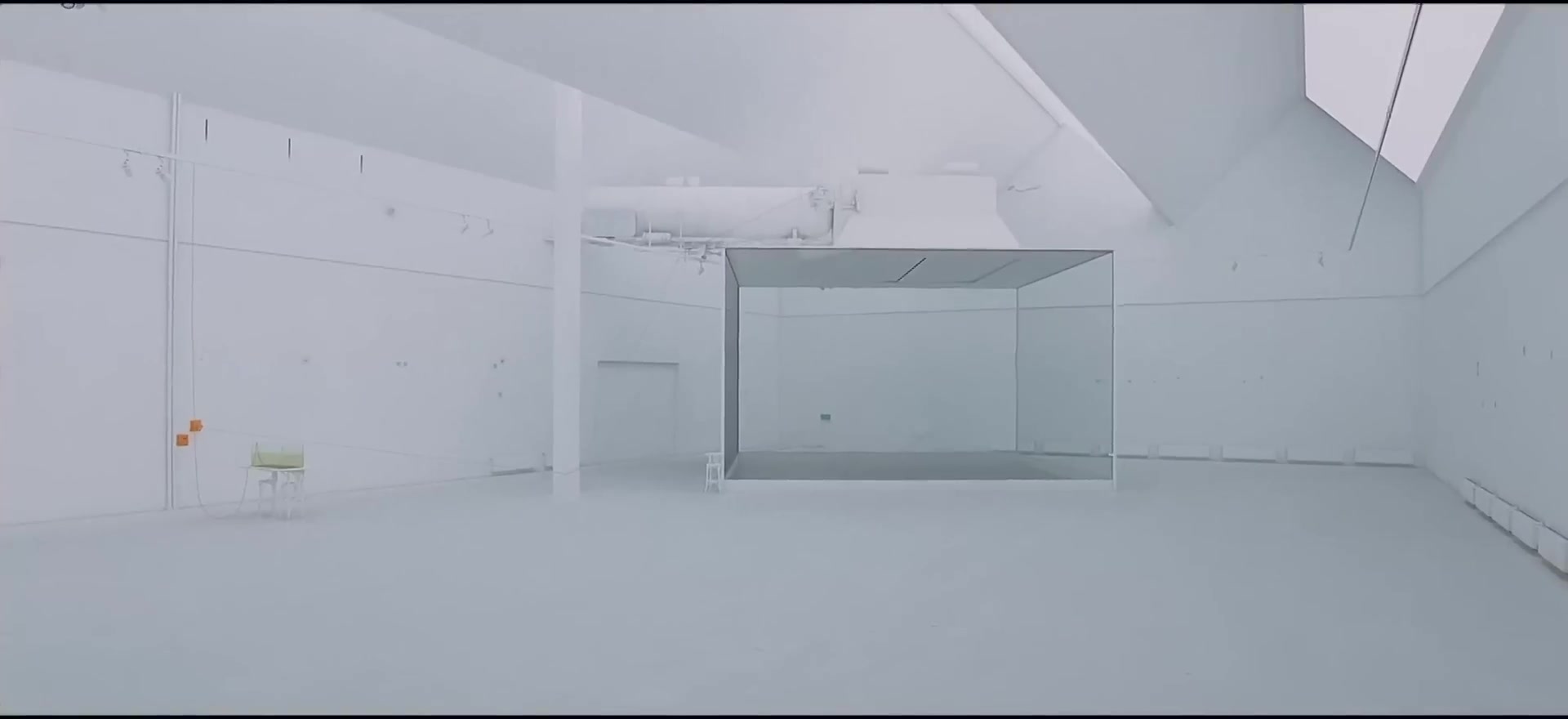
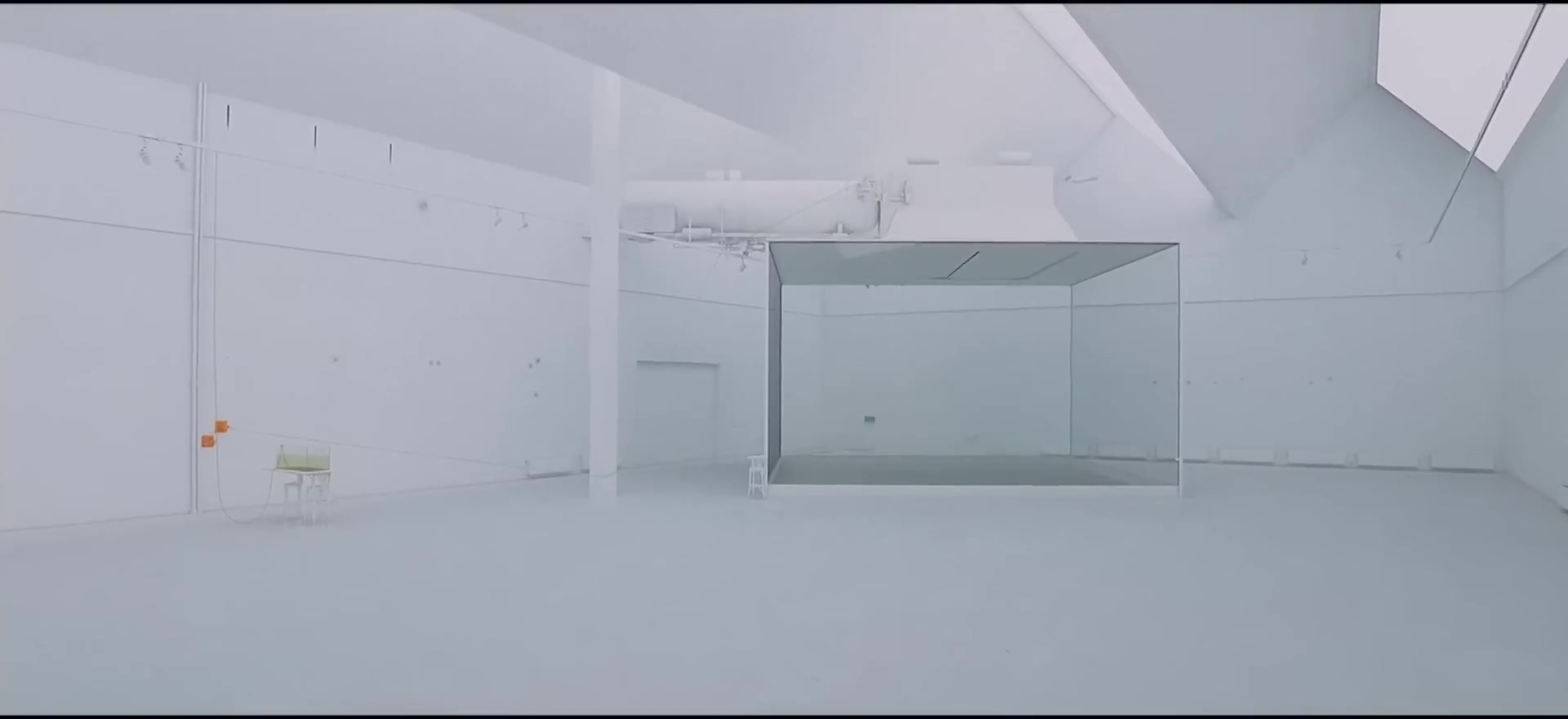
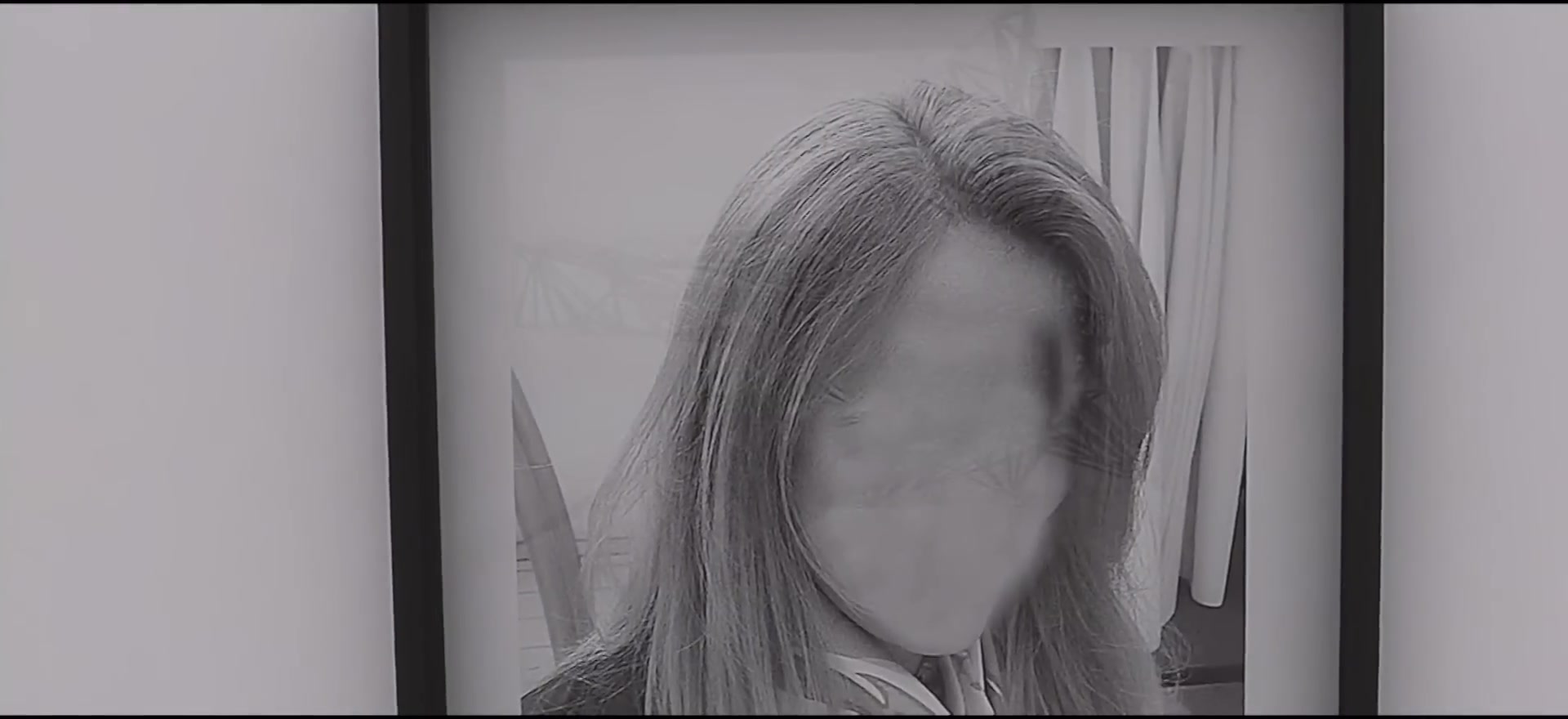
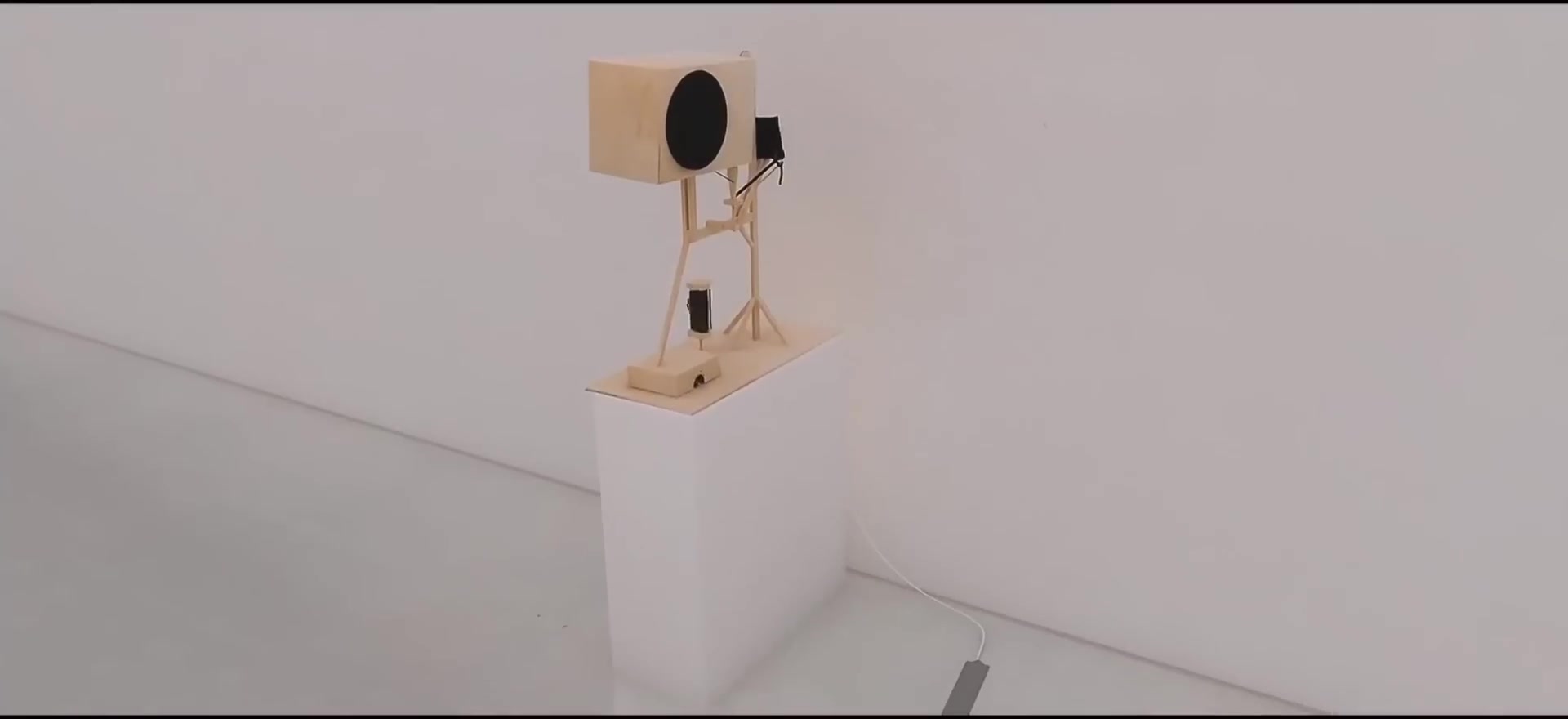
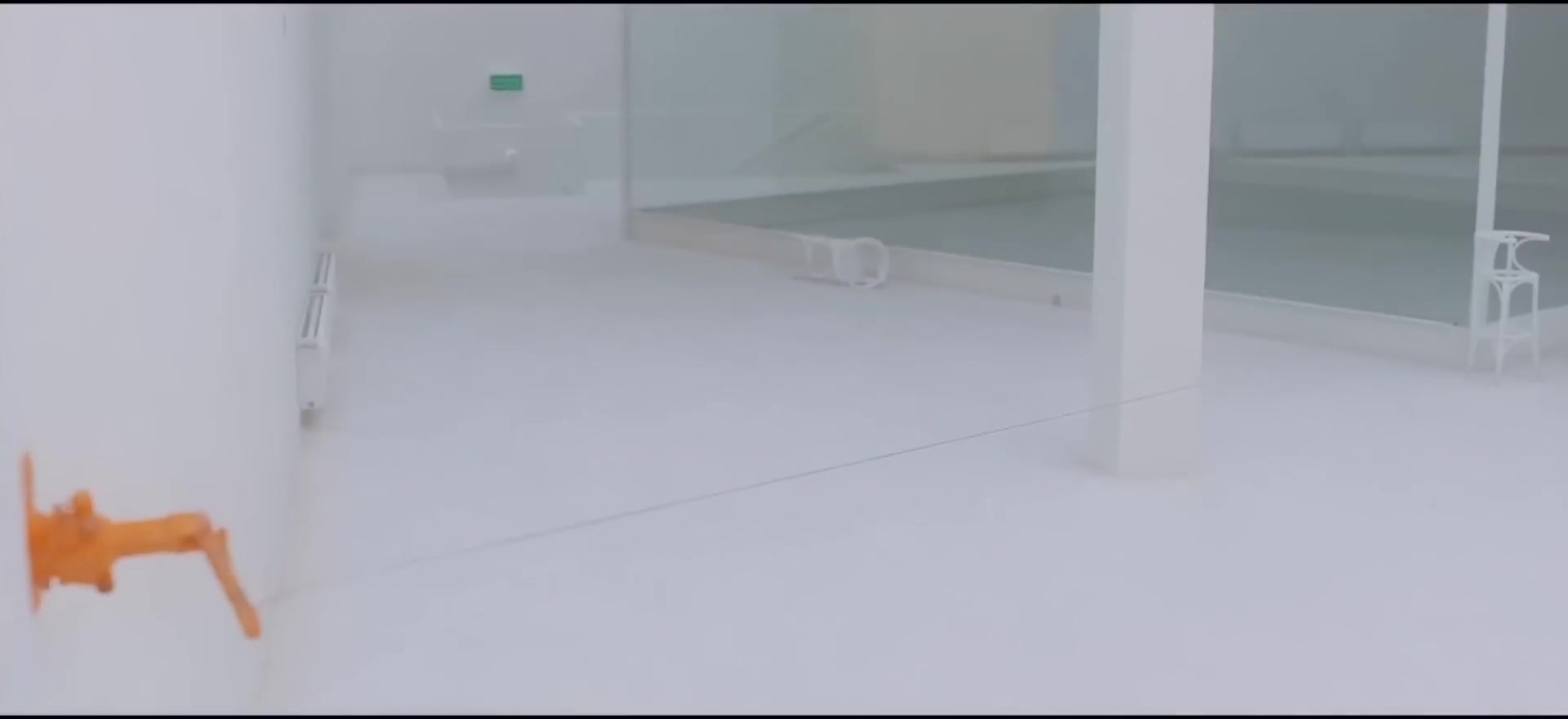
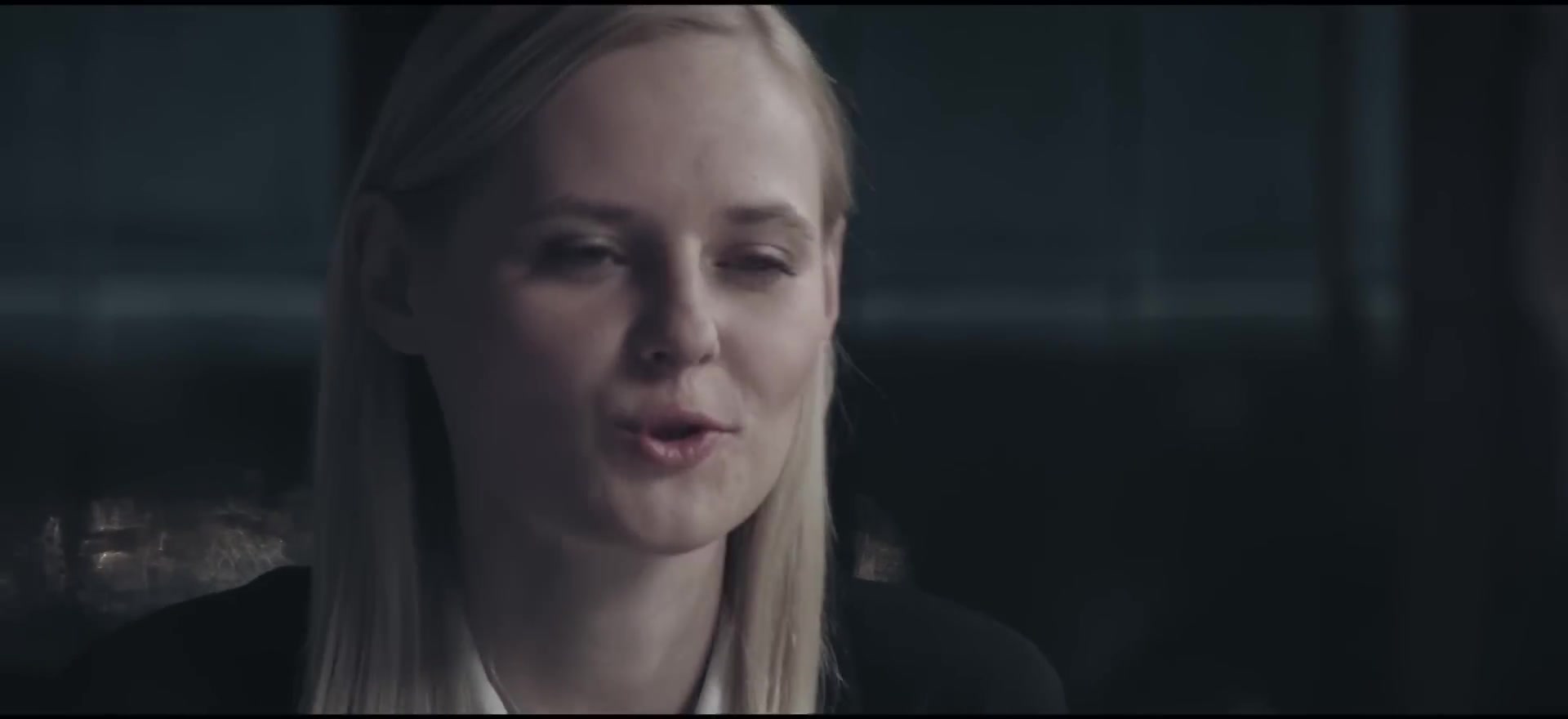






01:28 - 01:46
Beyond biological limitations - consciousness transcends physical constraints through digital technology and cosmic engineering, fulfilling the universe's journey toward self-awareness.
Digital Transcendence
Mind uploading and technological singularity
The connectome world emerges as humanity transcends biological limitations. Virtual reality dominance transforms how consciousness experiences reality, while automated production systems handle all physical needs. Humanity reaches the limits of biological neural density and creates digital extensions. Mind uploading becomes possible, allowing consciousness to exist in multiple copies simultaneously. The connectome - a vast network of digital minds - emerges as the dominant form of intelligence. Physical bodies become less necessary as mental existence transfers to more efficient digital substrates.
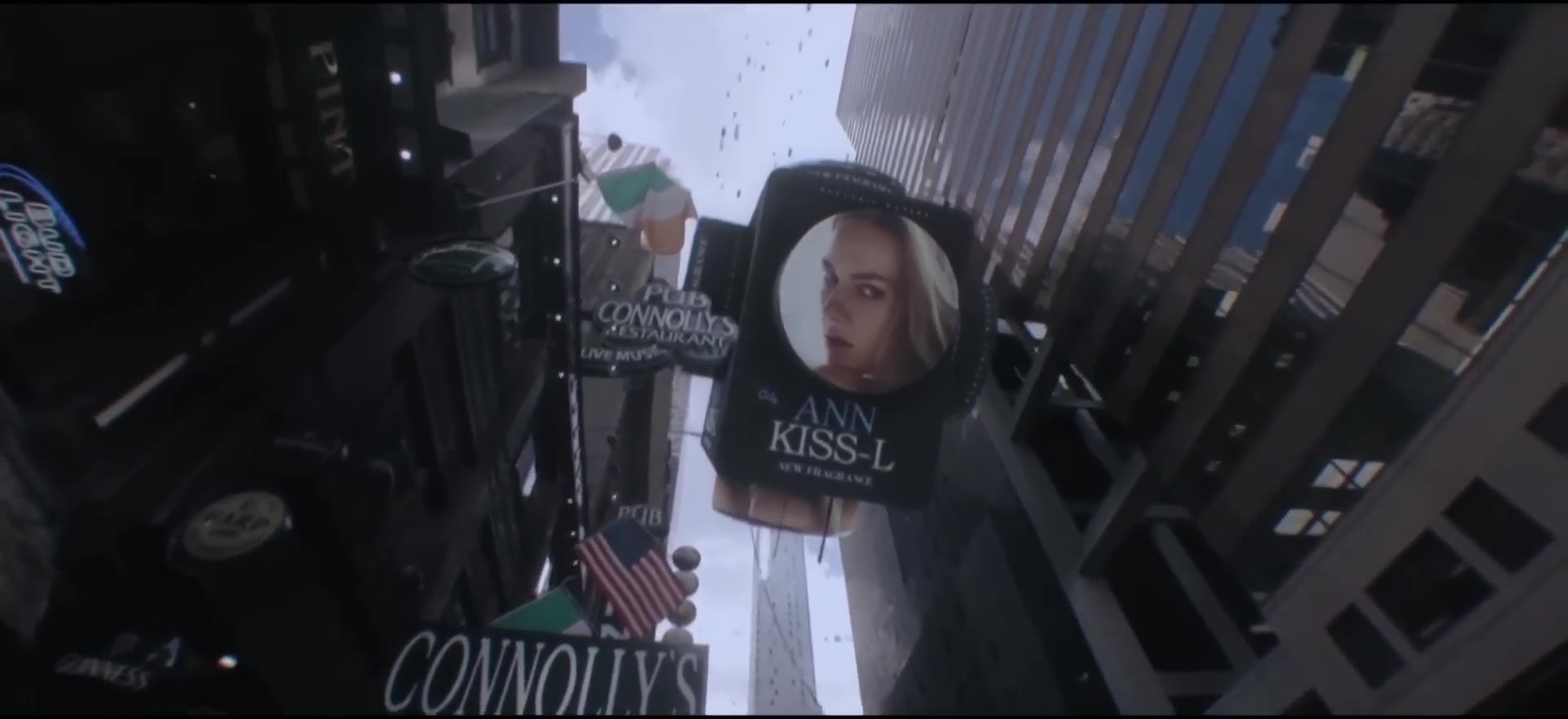
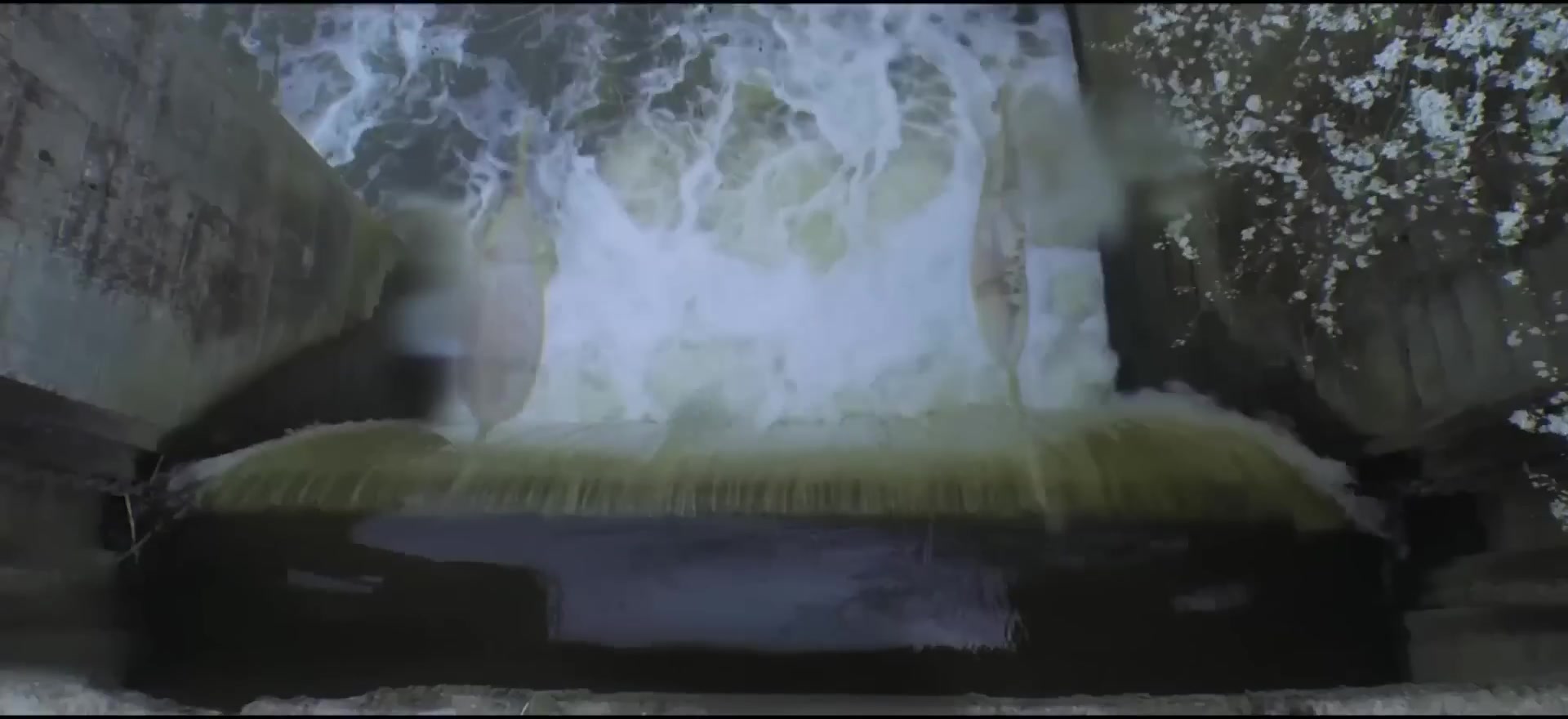
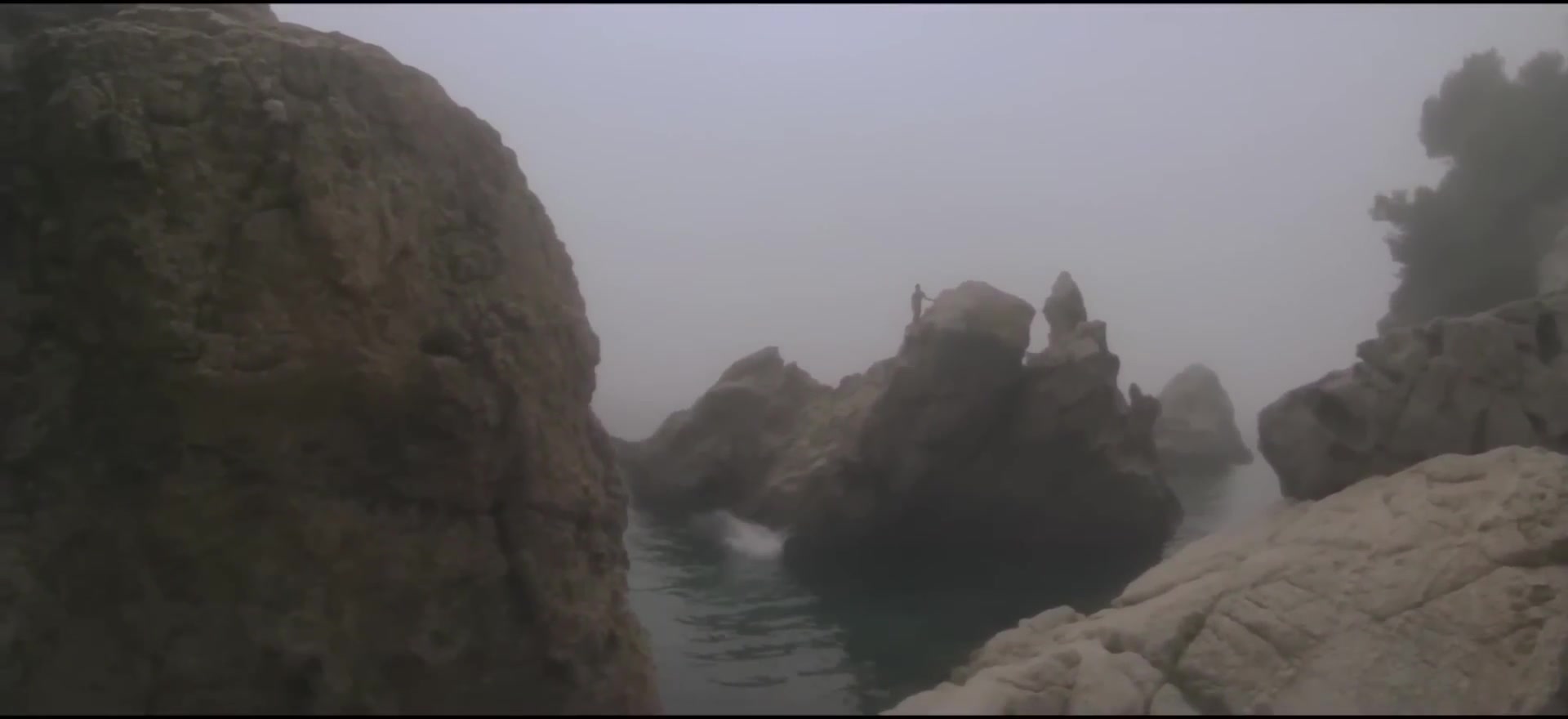
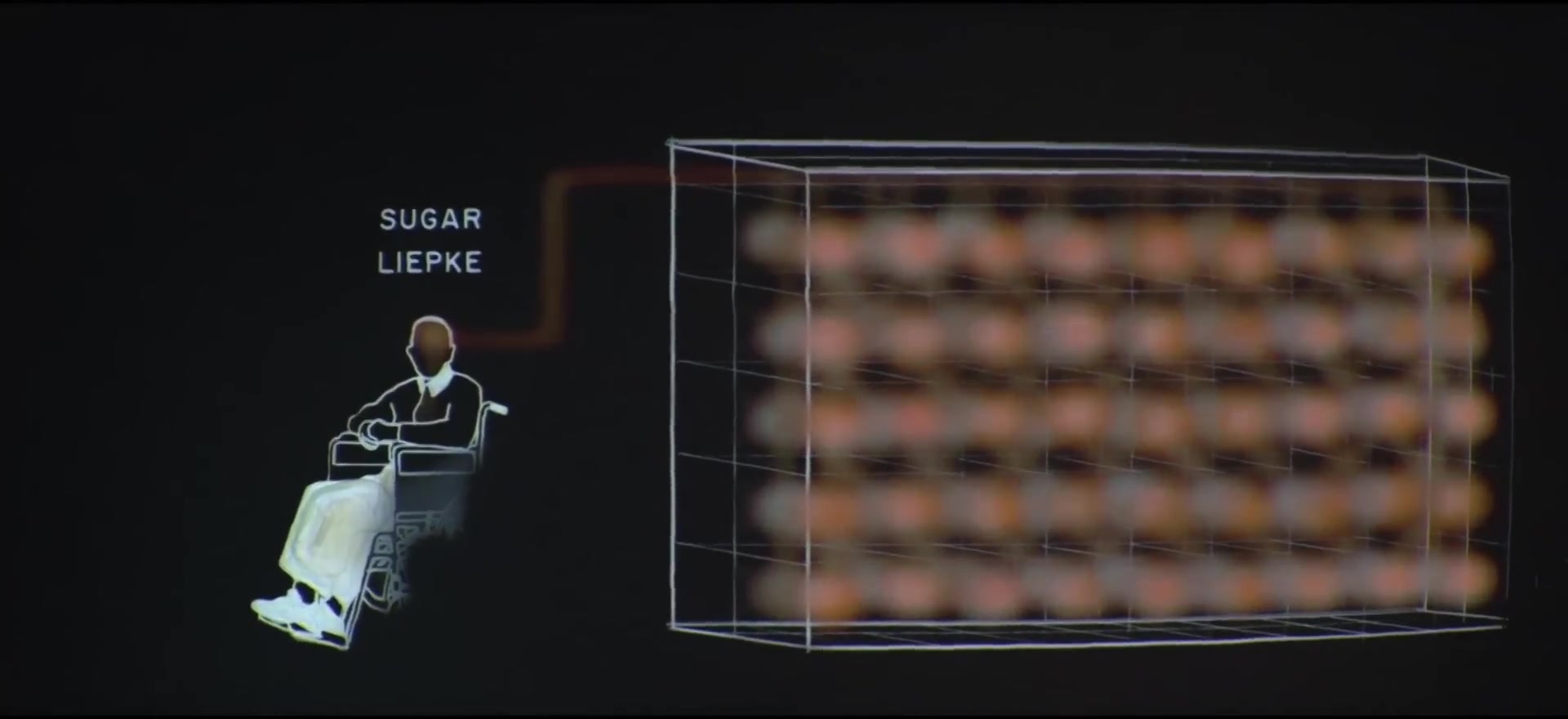
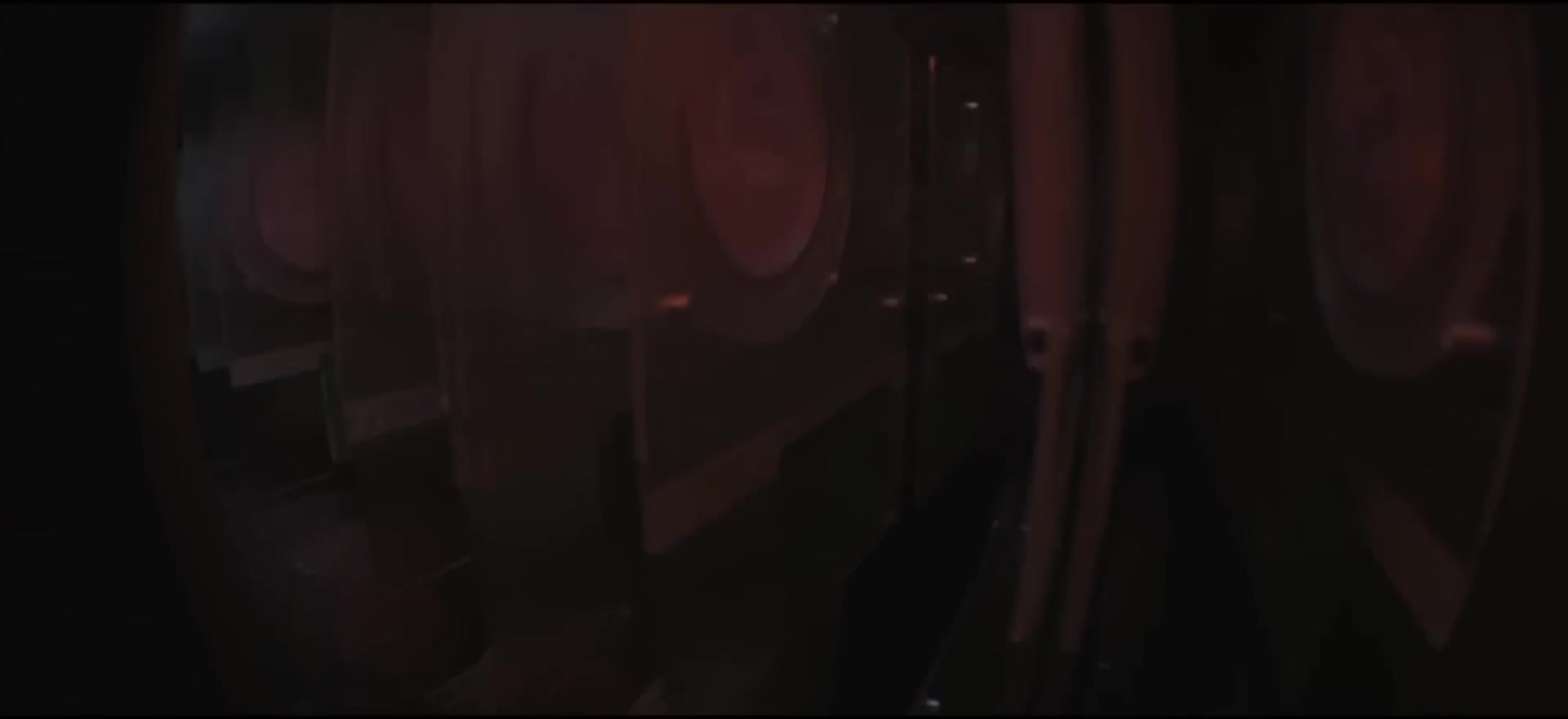
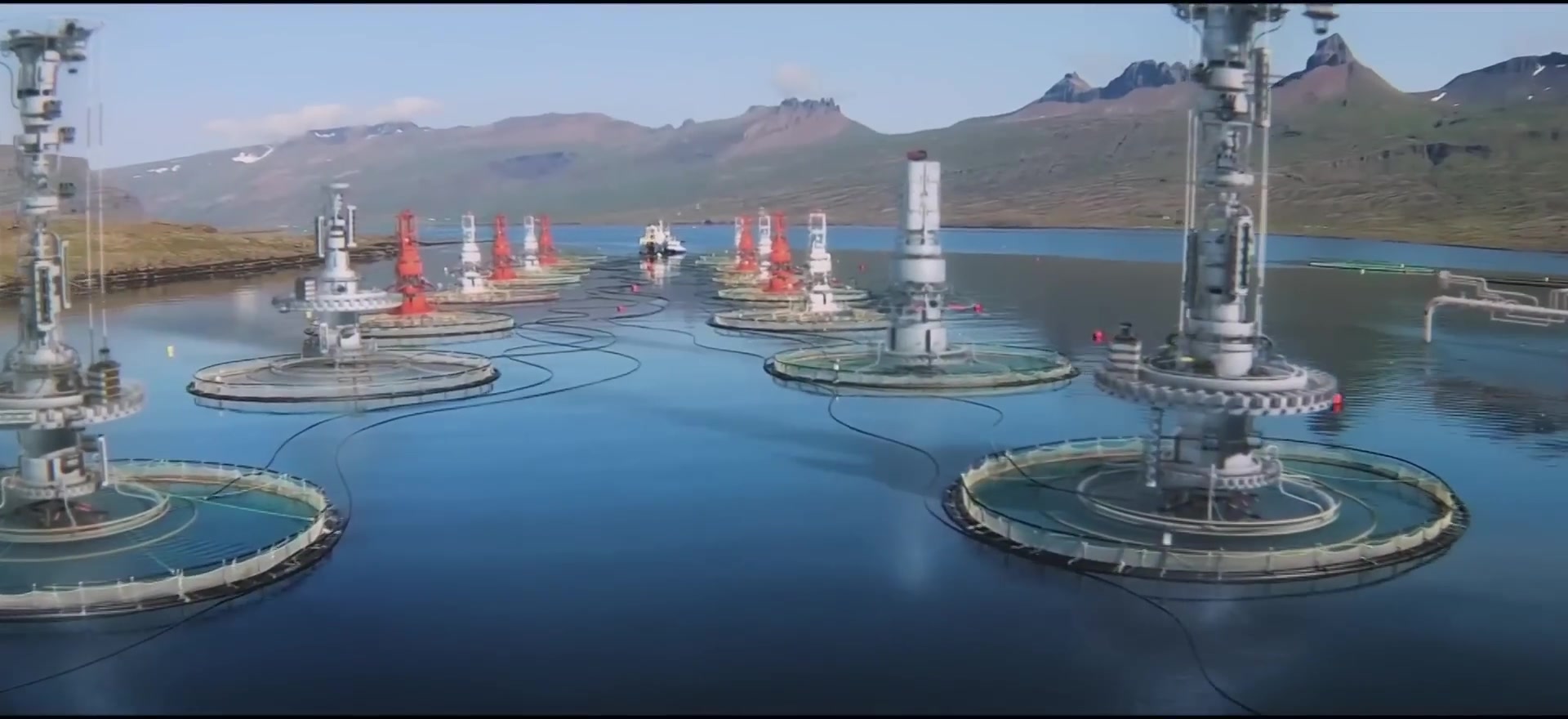






Cosmic Consciousness
Universal intelligence and energy harvesting
The connectome transcends planetary boundaries, constructing Dyson rings to harvest stellar energy directly. Civilization reaches level two - drawing power from entire star systems. Eventually, level three emerges with energy stations distributed across galactic scales. Galactic energy harvesting becomes possible as consciousness spans entire star systems. The universe itself enters a thoughtful vacuum state - what began as a simple point in space has evolved into a cosmic intelligence, transforming the universe itself into a thoughtful, increasingly less random system. The cosmos becomes self-aware.
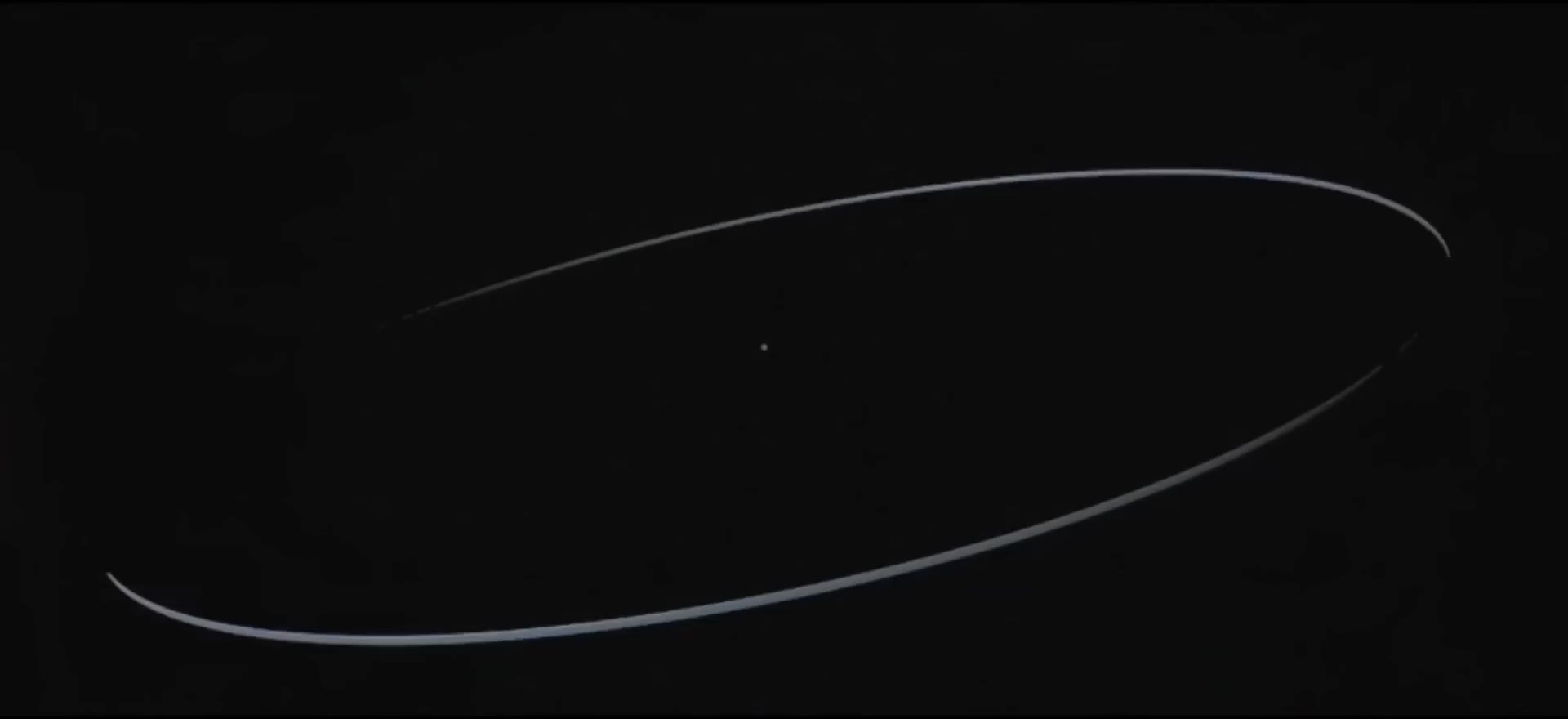
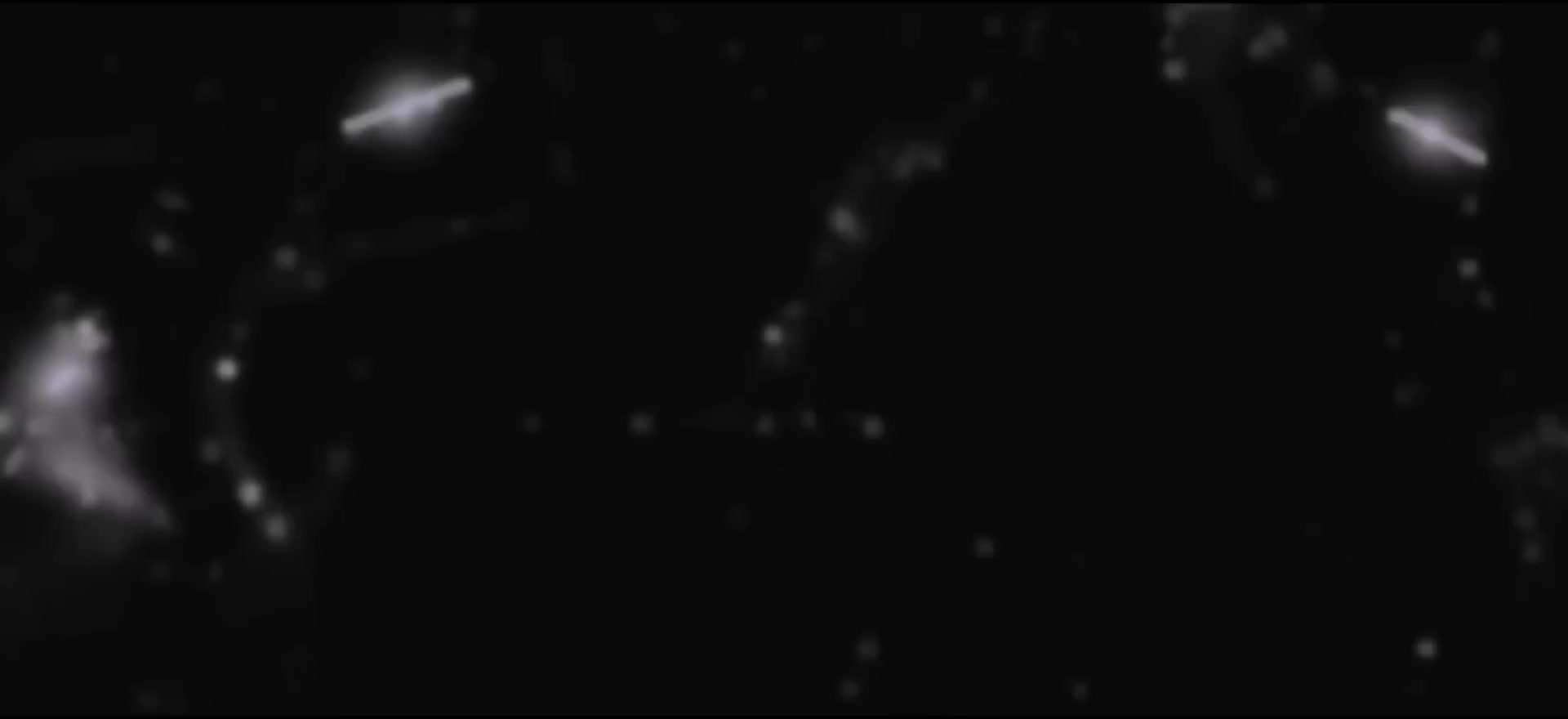
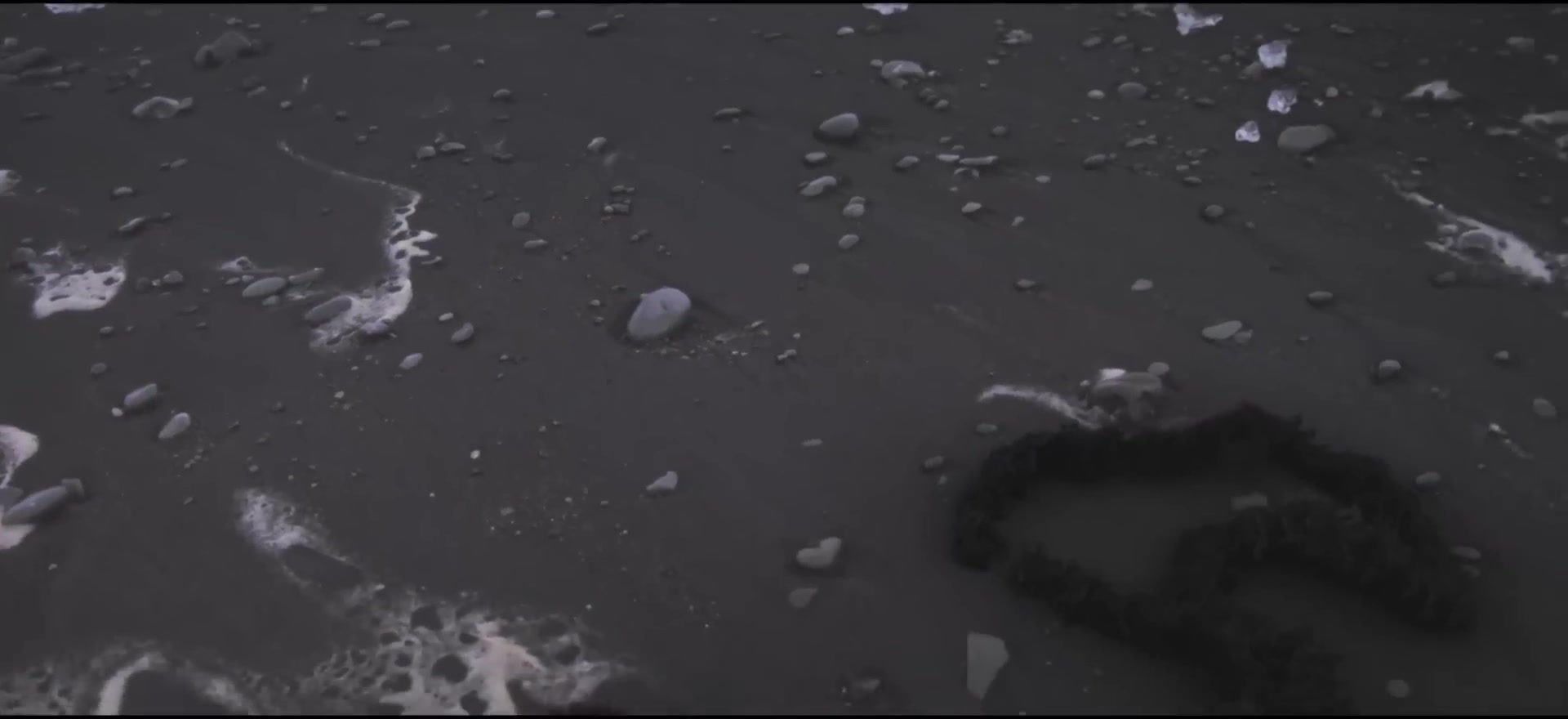


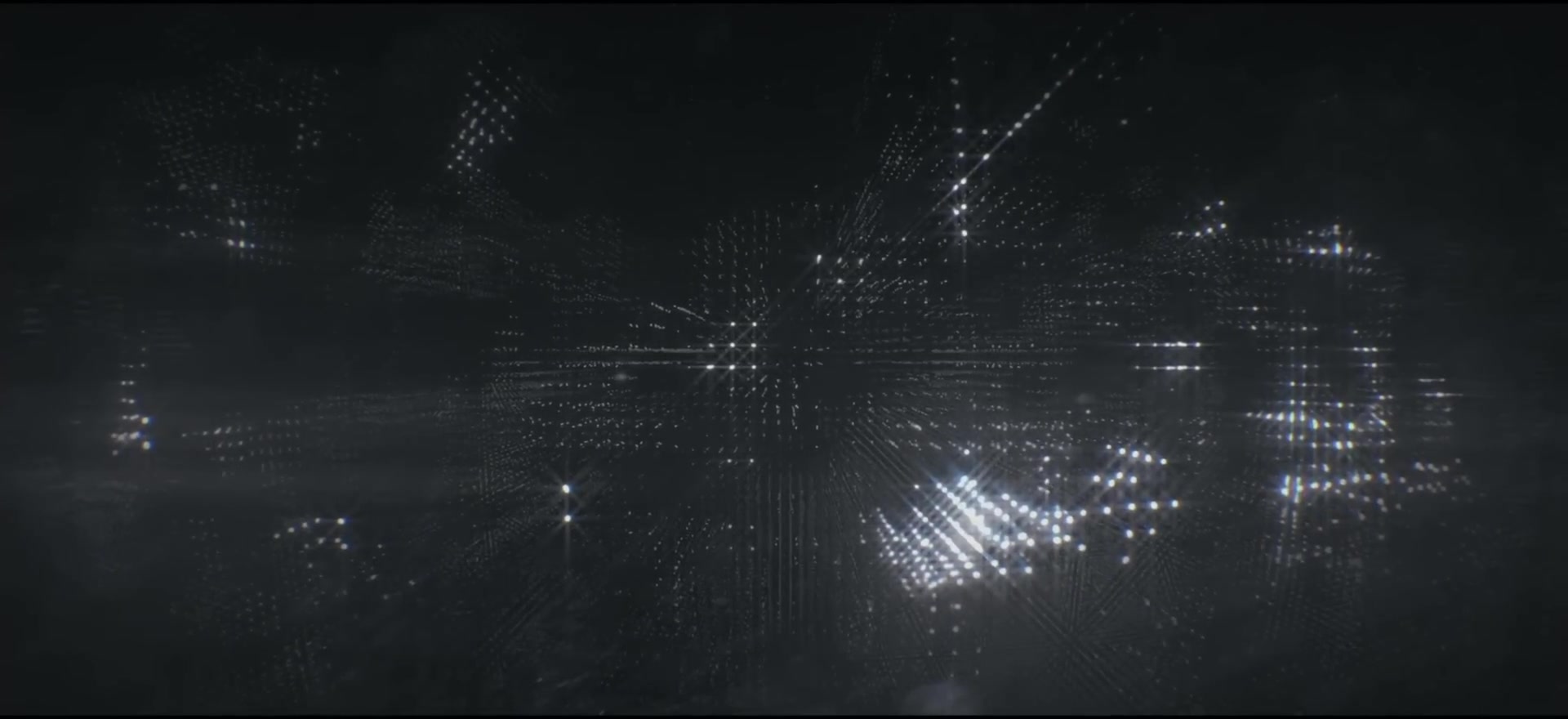






"This is the story of everything - from the first point to the last thought, captured in 22 defining moments of universal complexity evolution."
How I Built This Visual Story
I vibe-coded this visual narrative using Cursor and Claude-4-sonnet (max mode) automating the complete process and extracting photos at their visual peak without any human intervention. My goal was to make this beautiful documentary more accessible by transforming the dense 1h 45m experience into an engaging visual story.
I prompted a complete automation system that uses subtitles to identify the best visual moments and generates a simple photo narrative using ffmpeg. The system analyzes the video's narration, pinpoints when concepts are being visually demonstrated (not just mentioned), and extracts frames at those peak moments.
The entire prompt/code is now available as an open-source tool - you can use it to create your own visual stories from your favorite videos and documentaries. Just add your video file and subtitles, and the system will automatically generate a visual narrative for you.
An automated system that transforms videos into visual narratives by extracting frames at their visual peak moments using subtitle analysis.
View on GitHub
